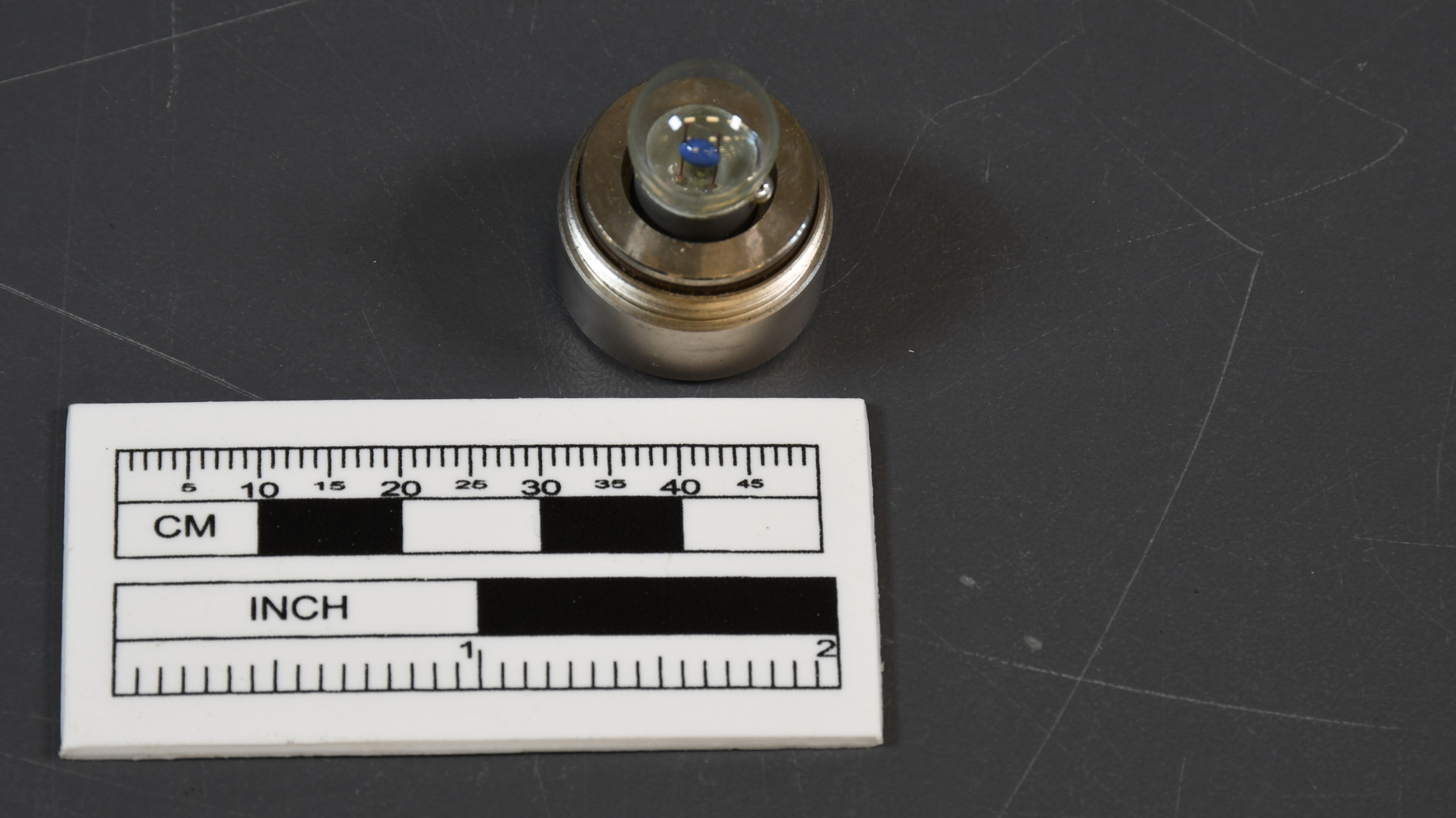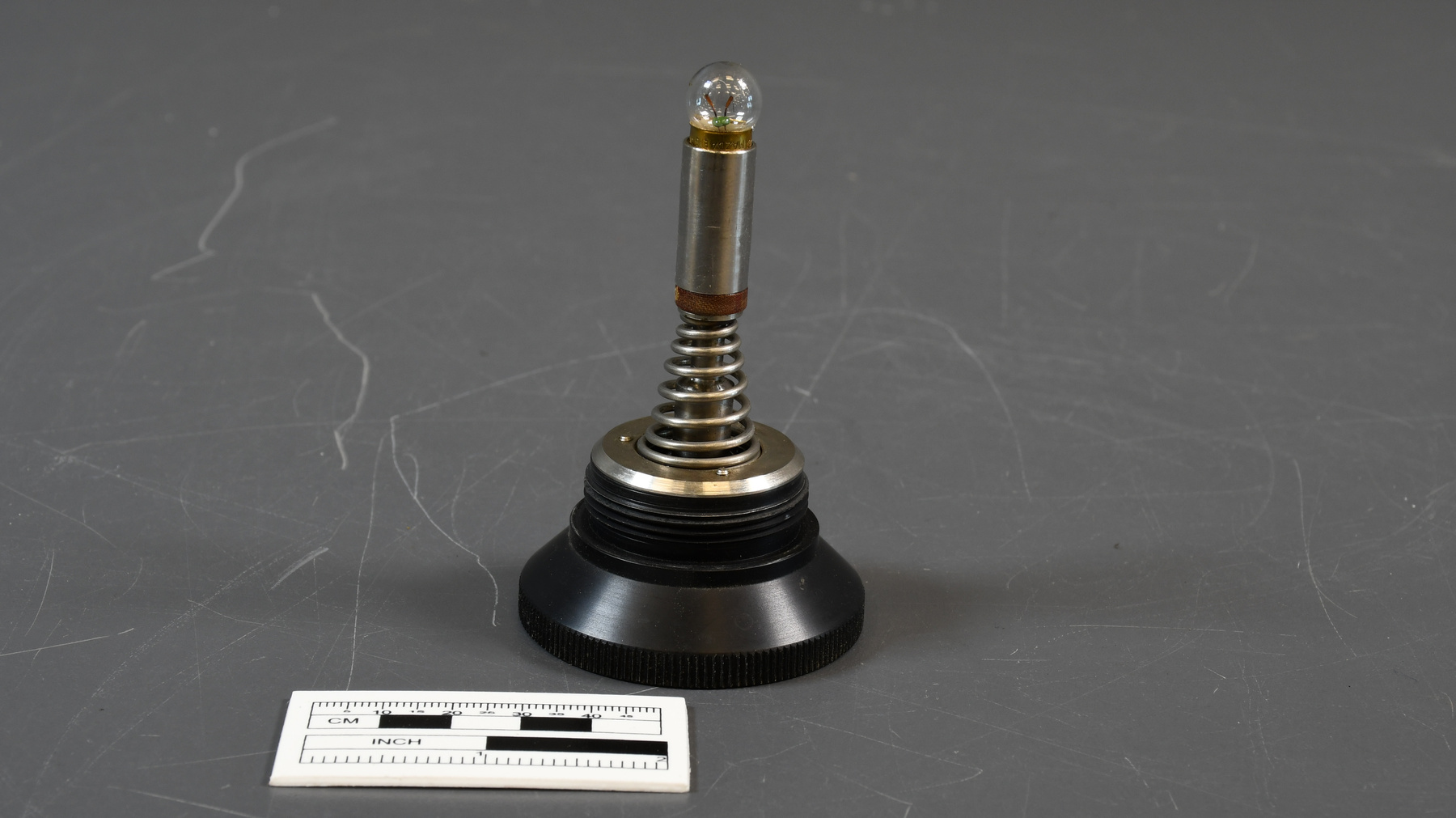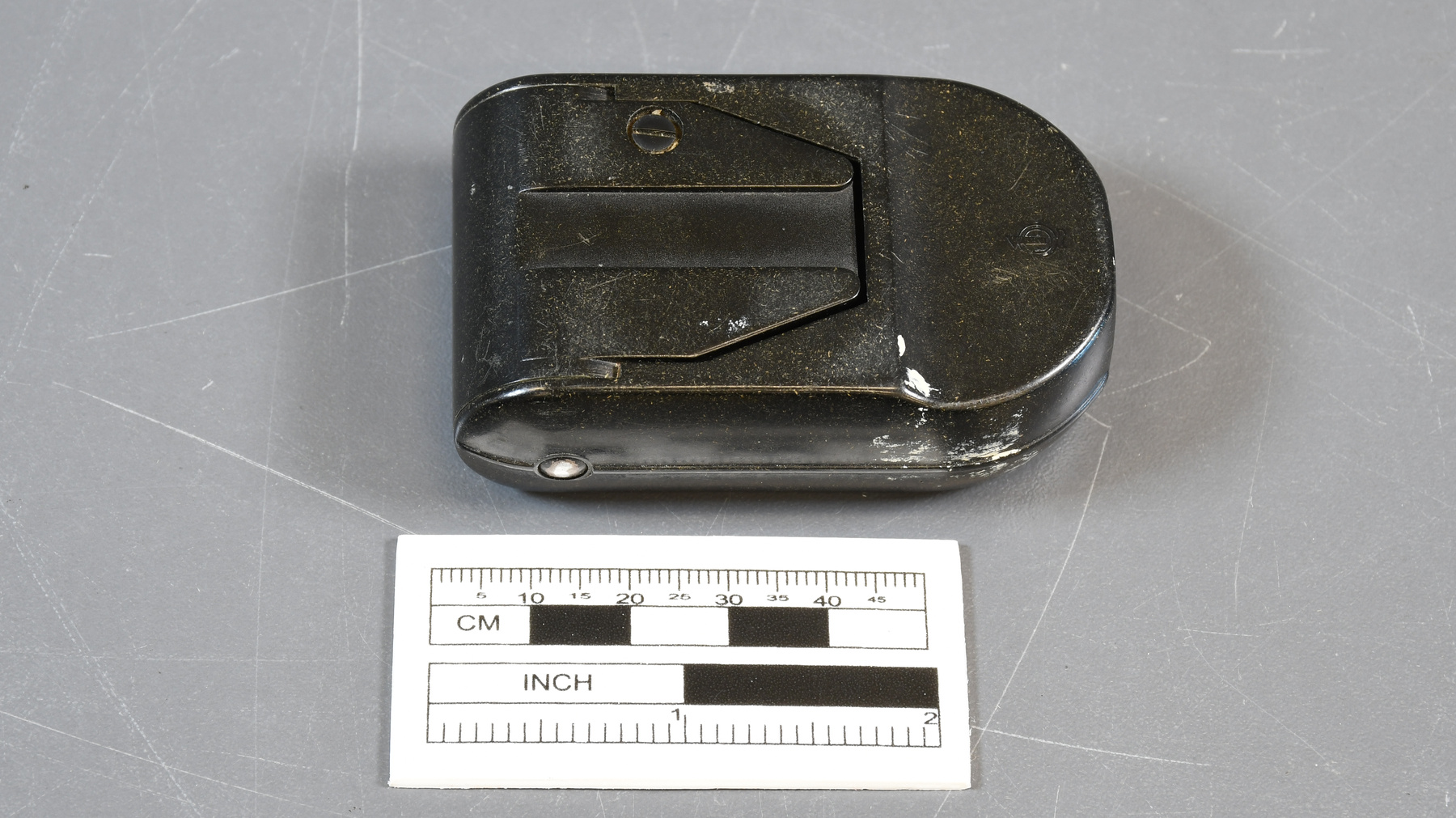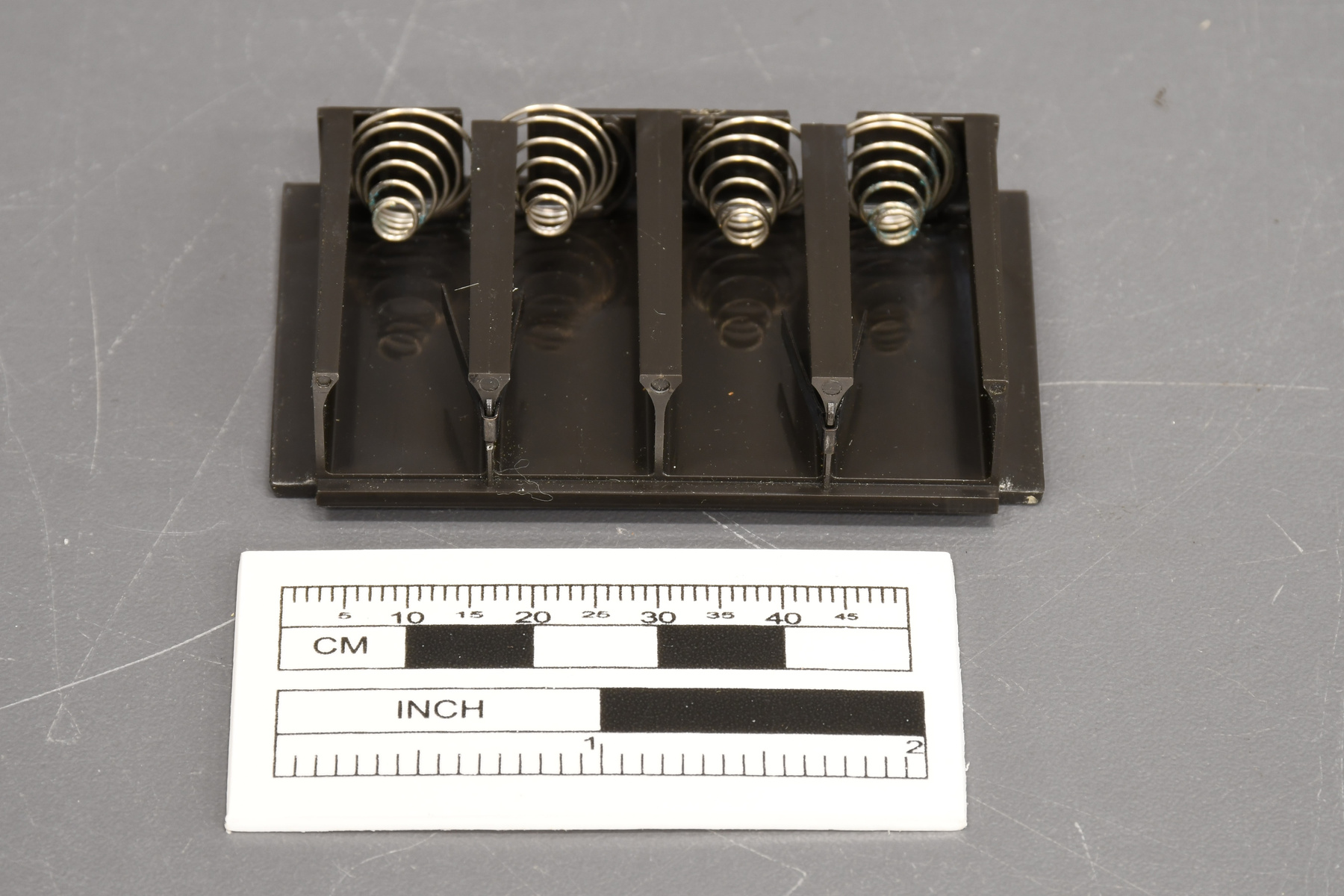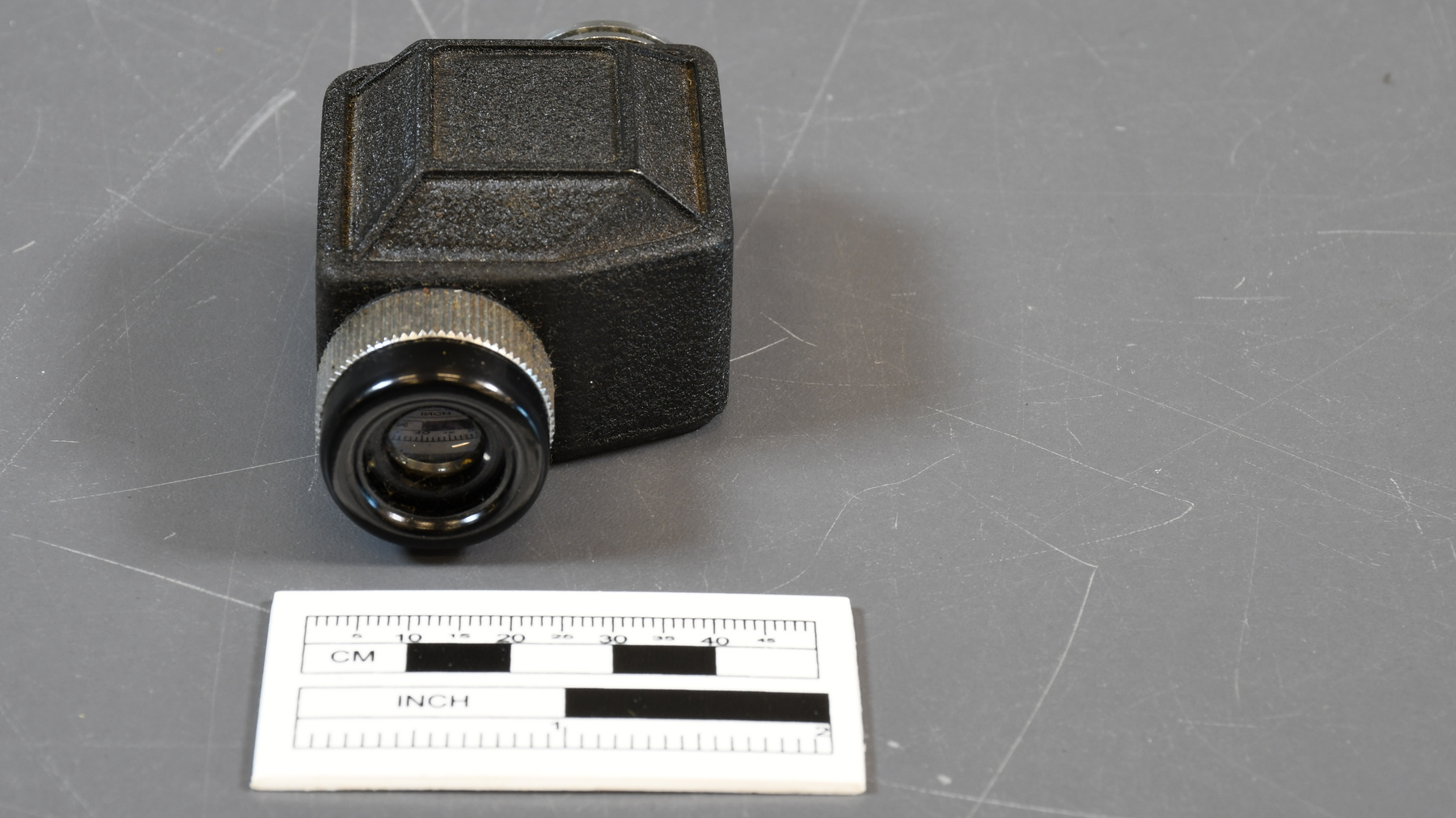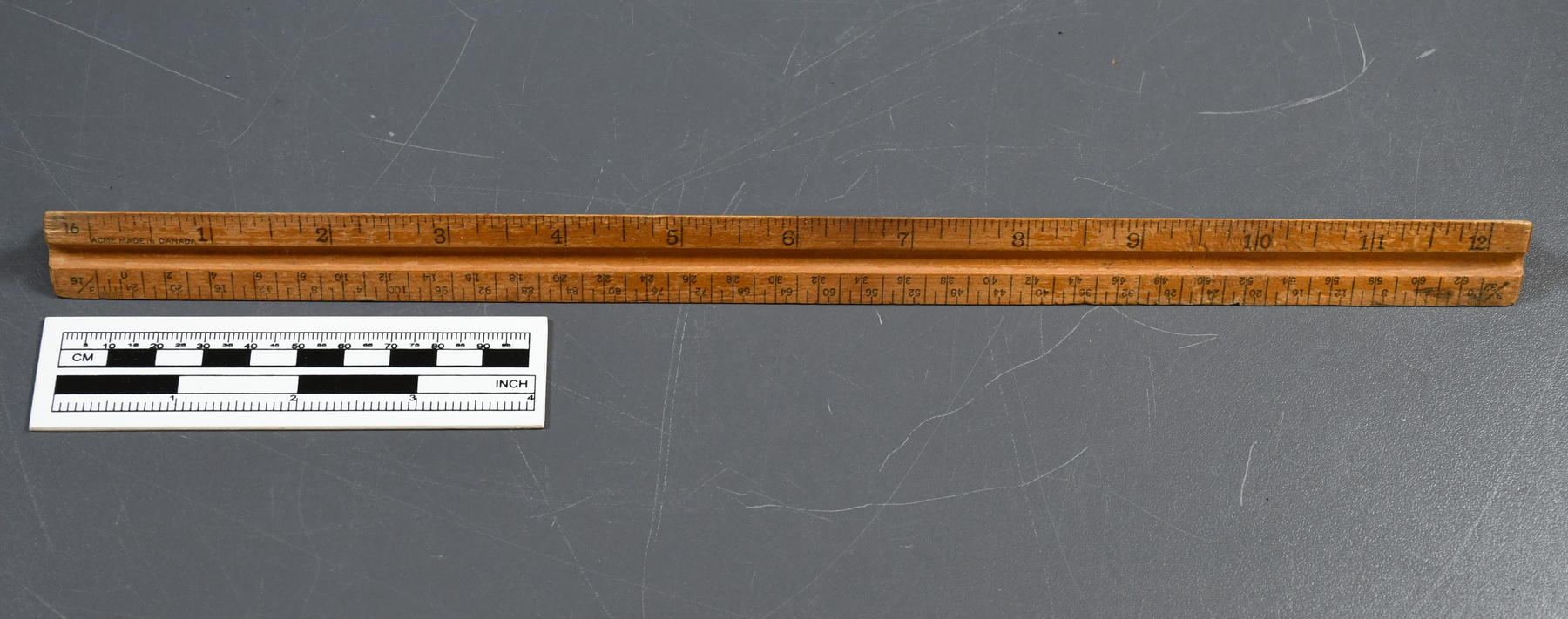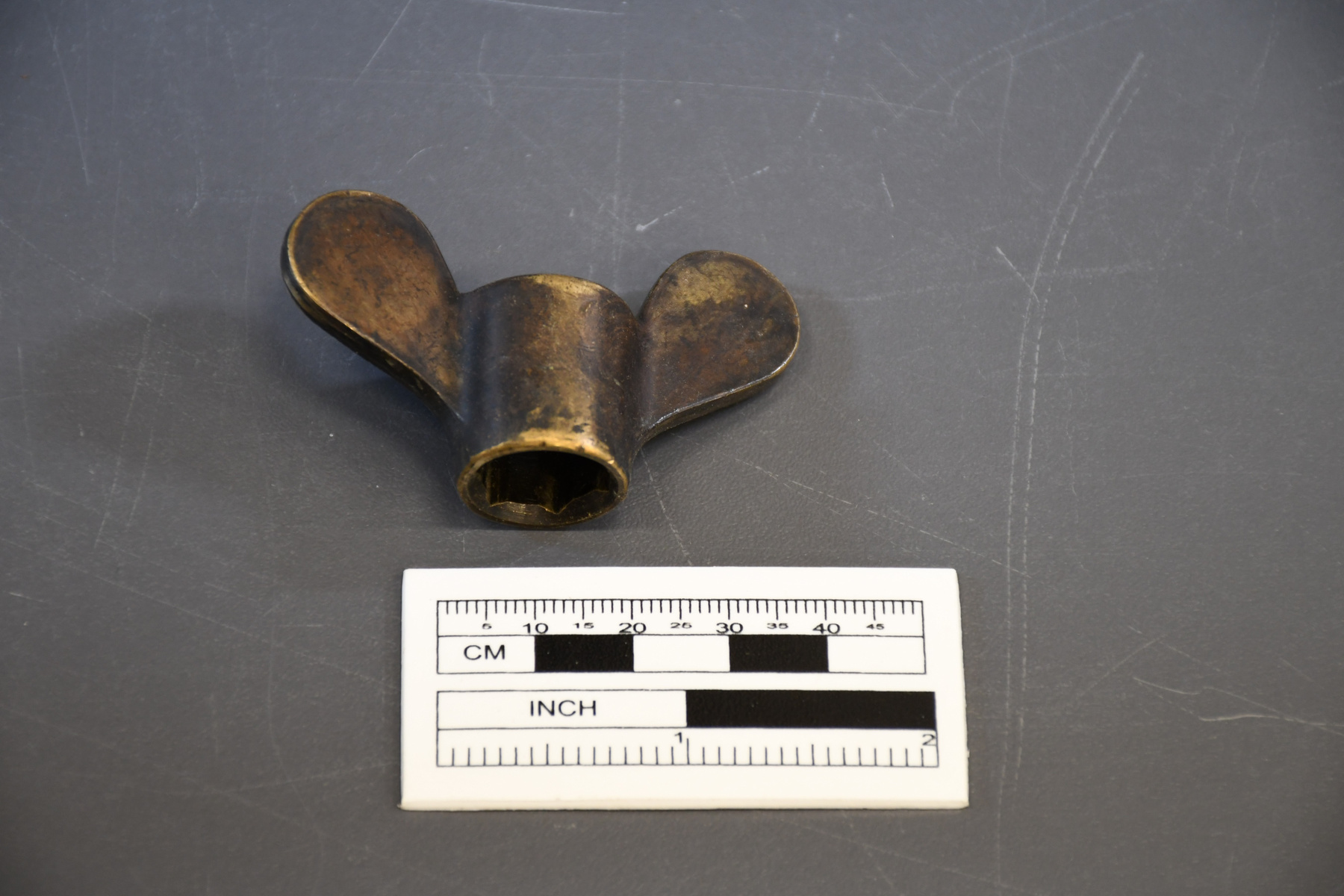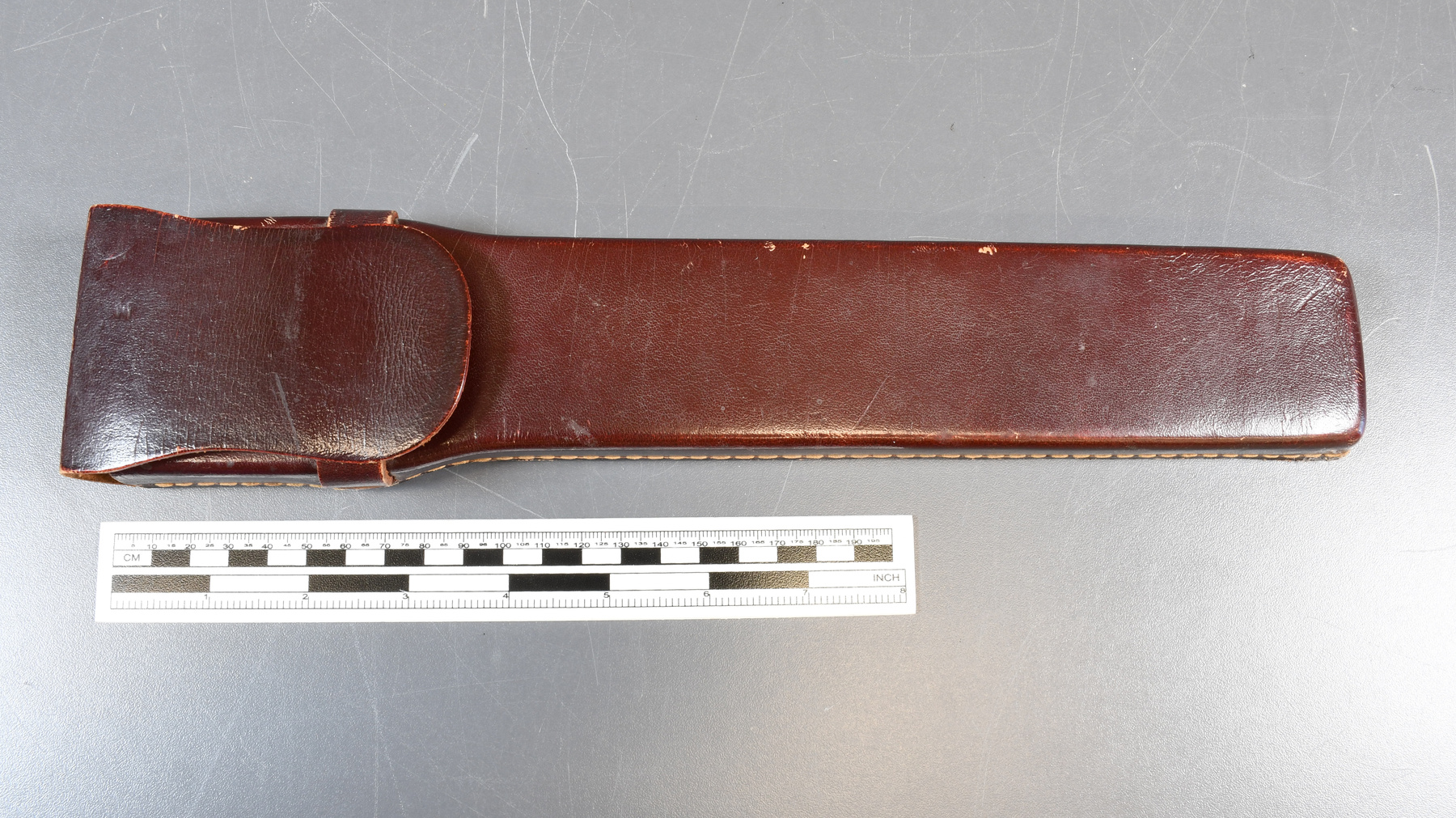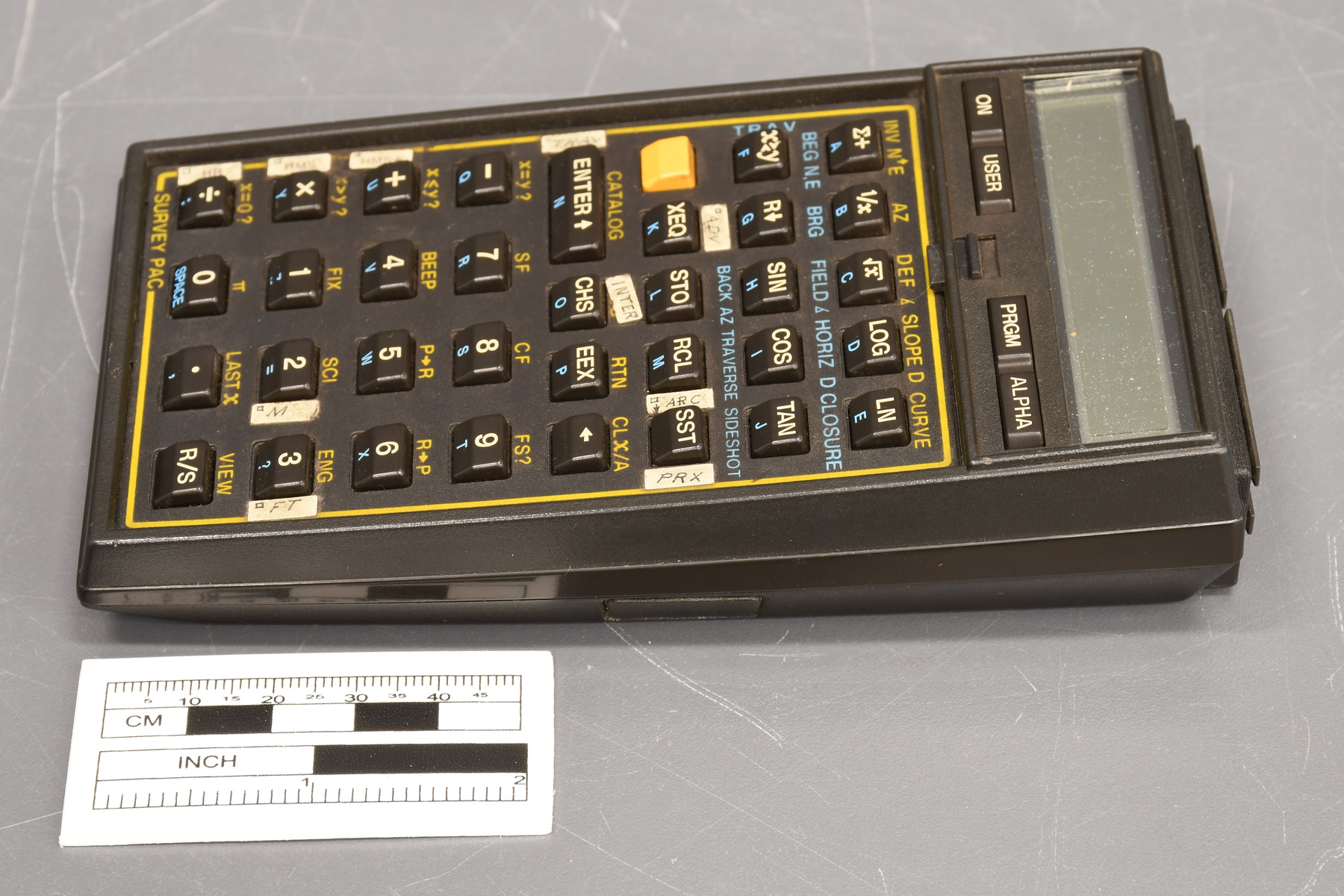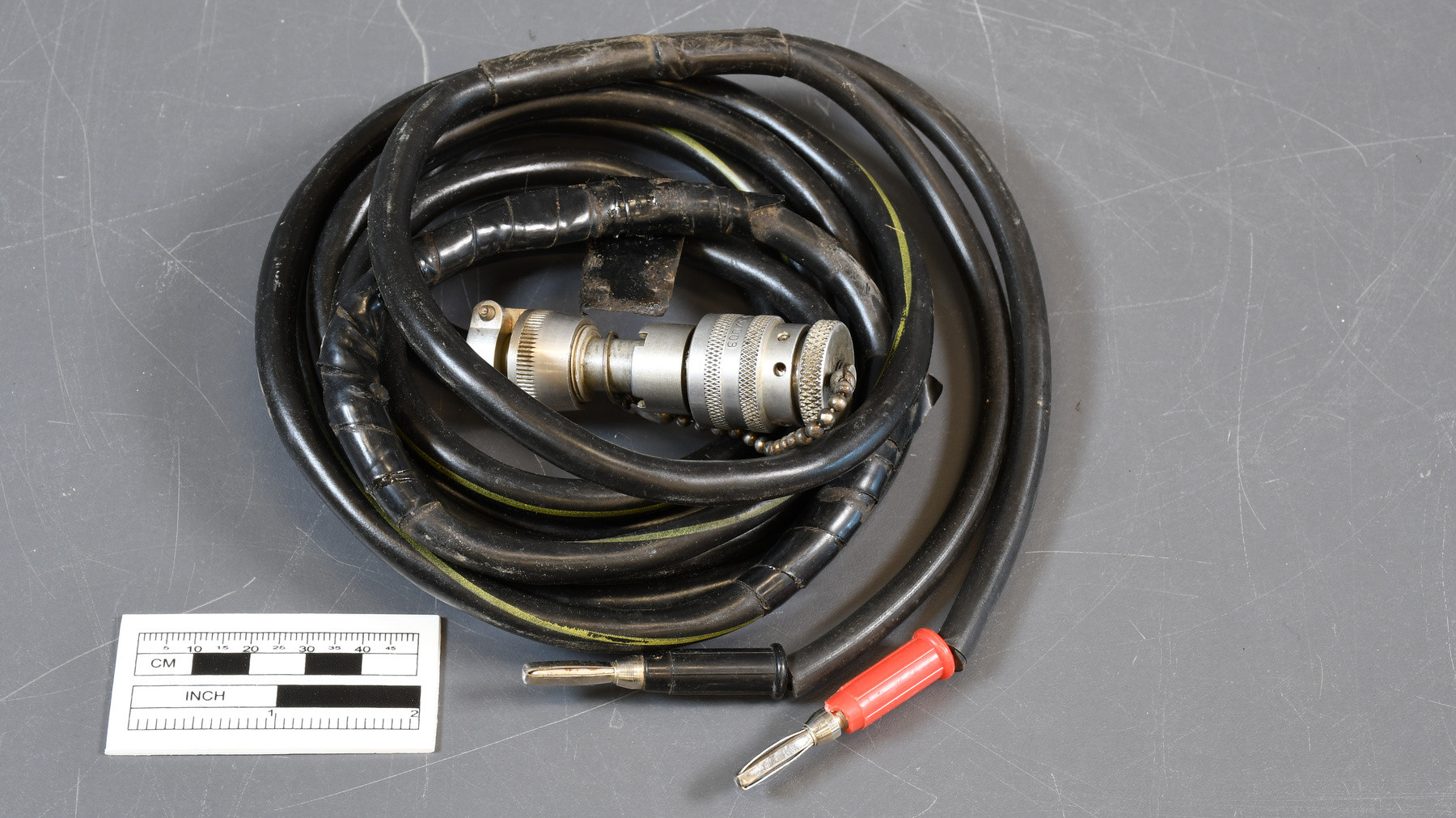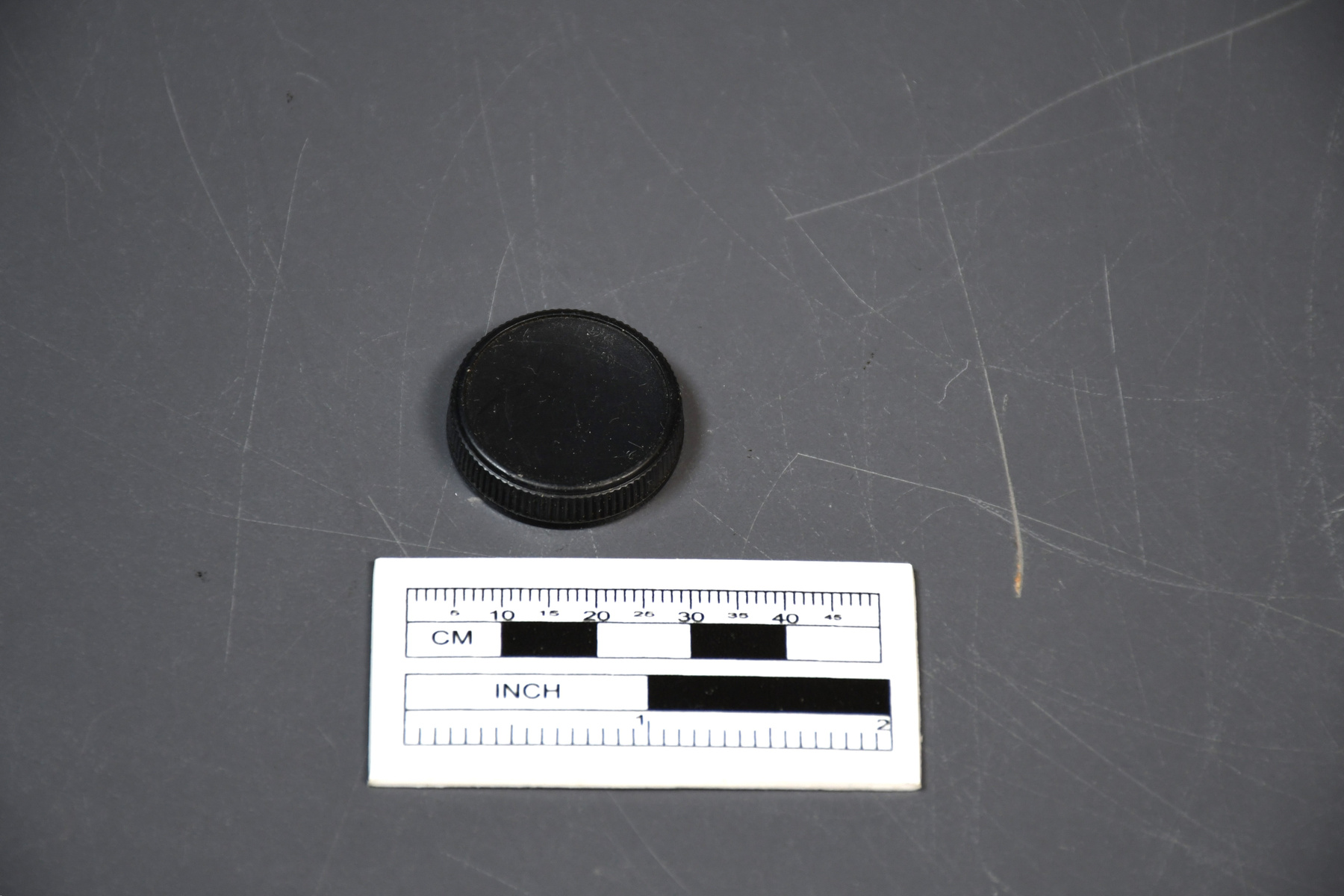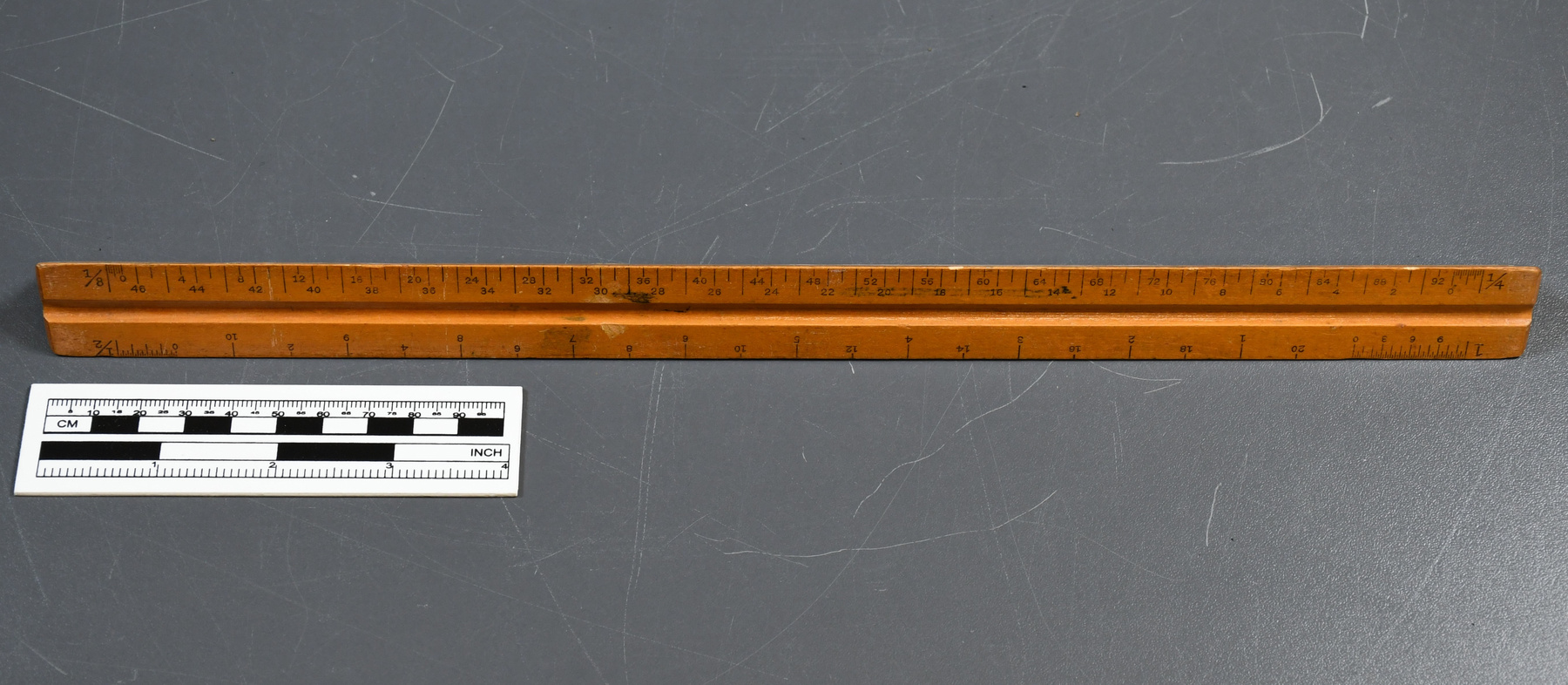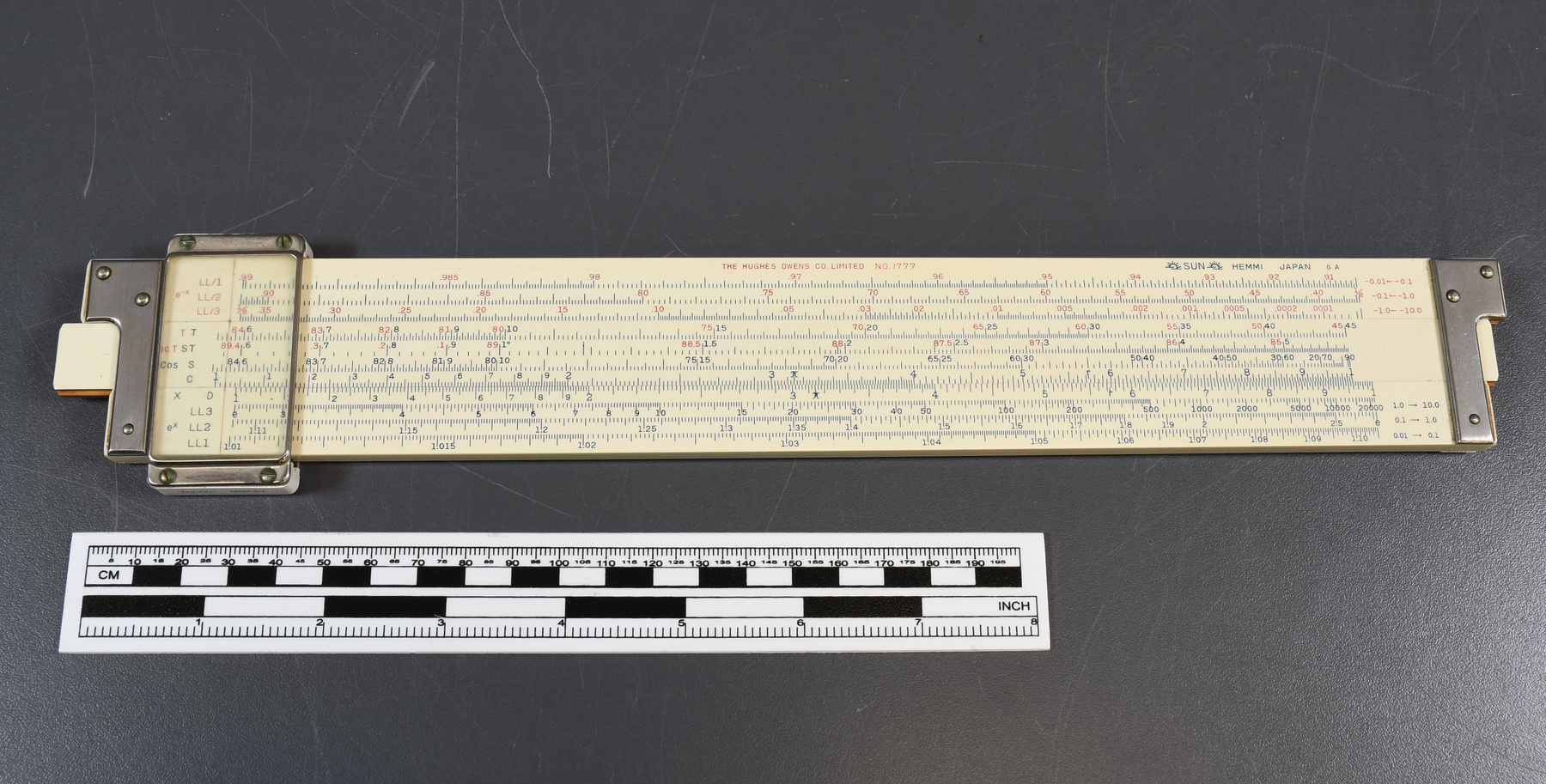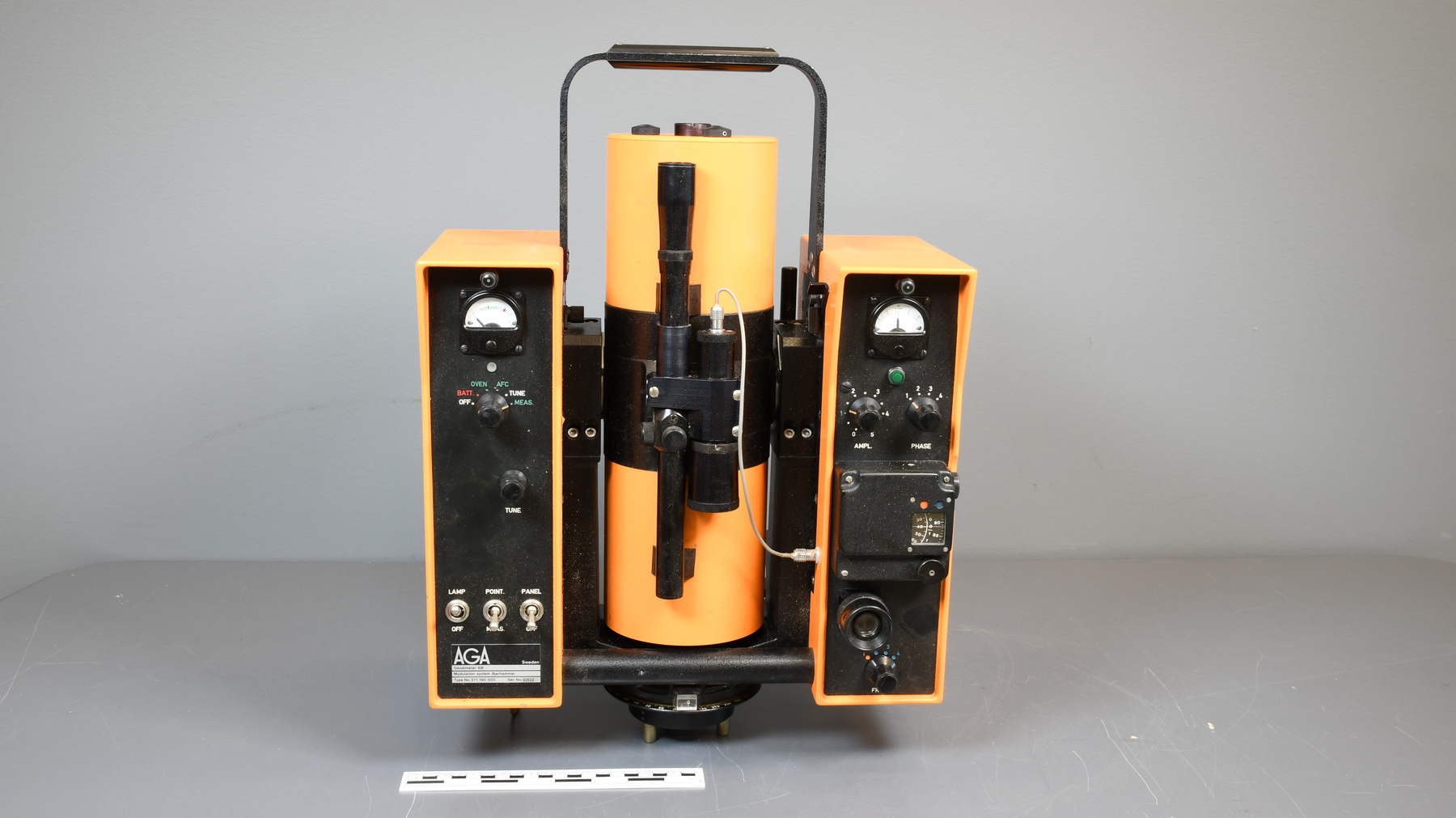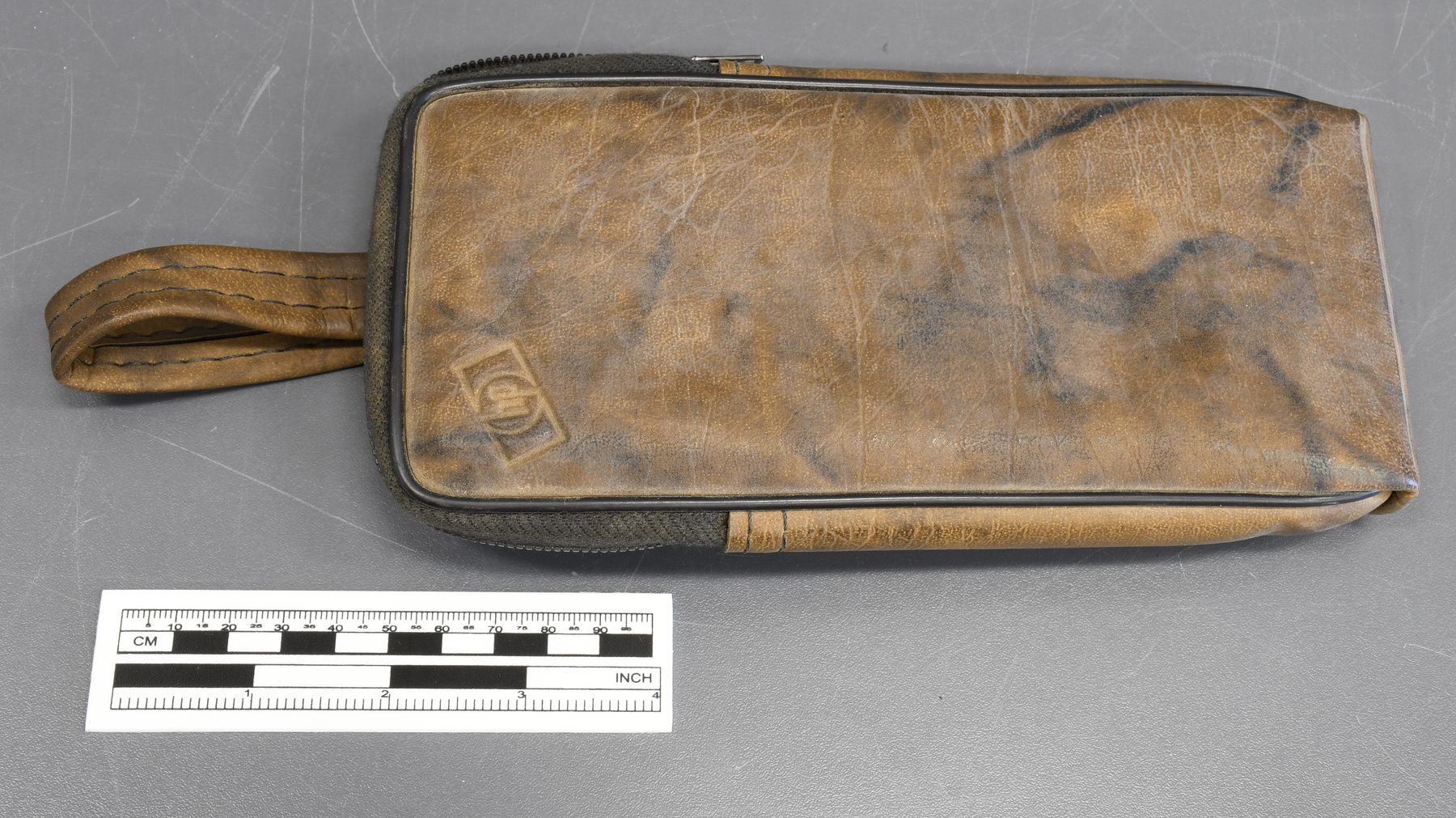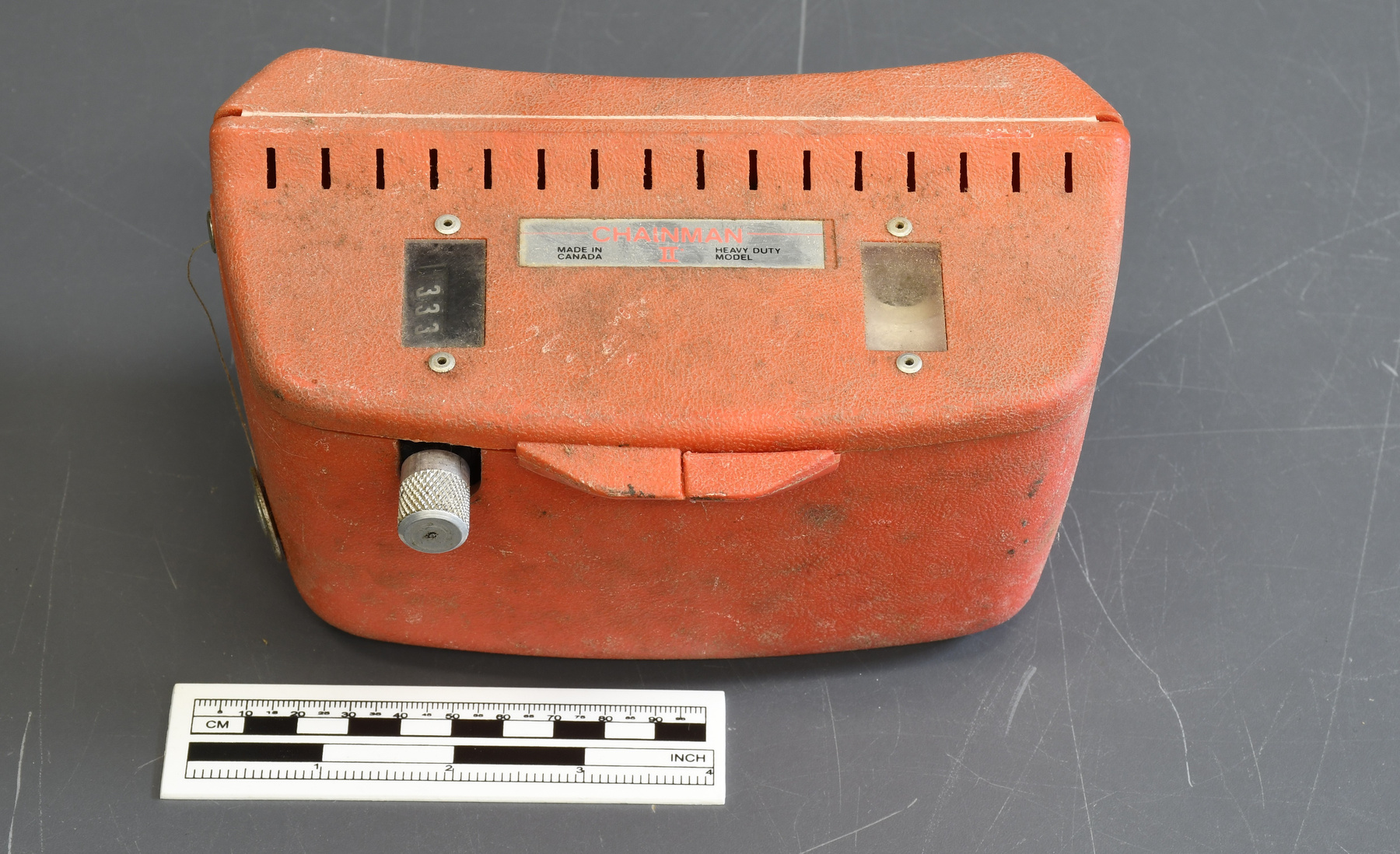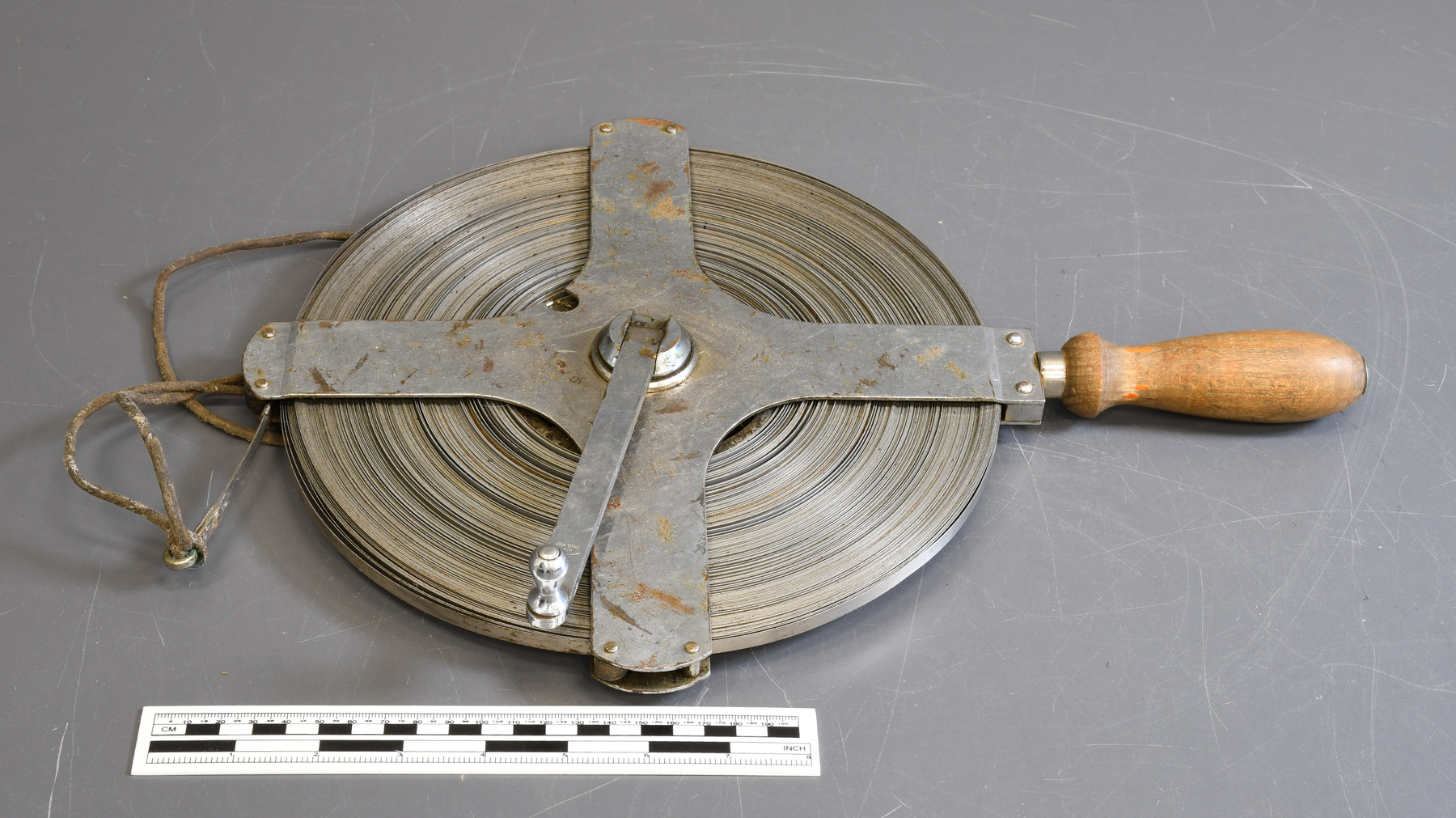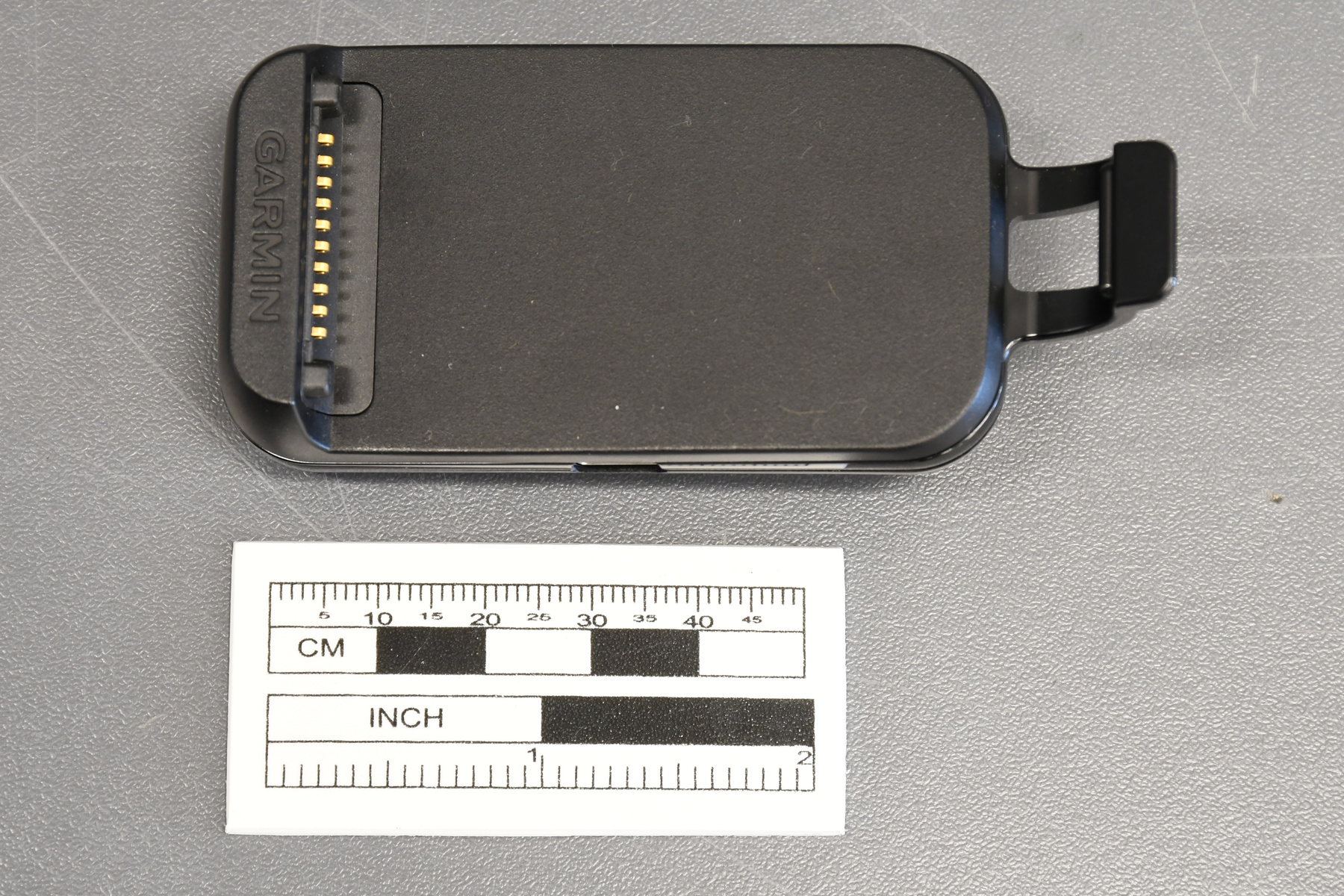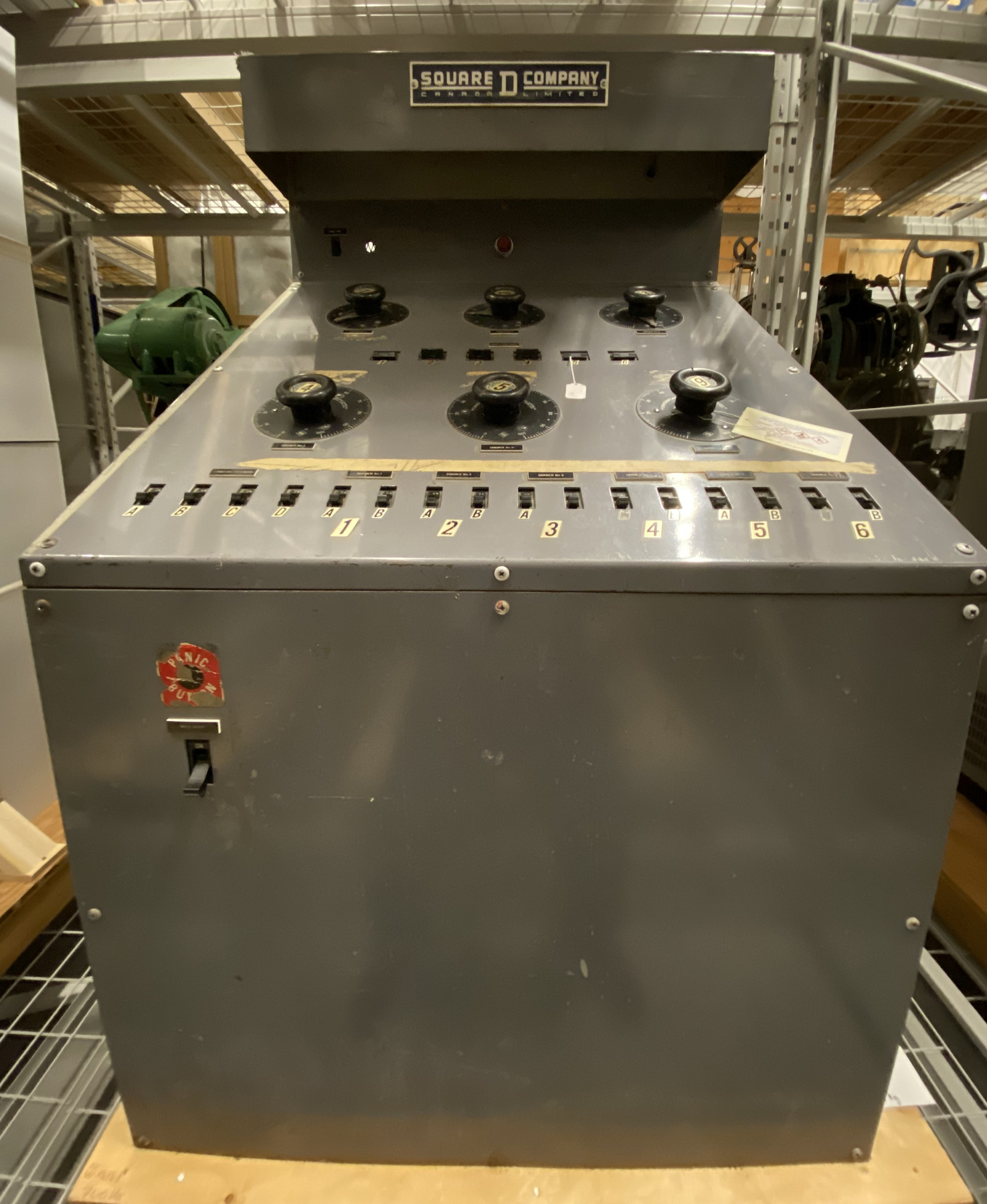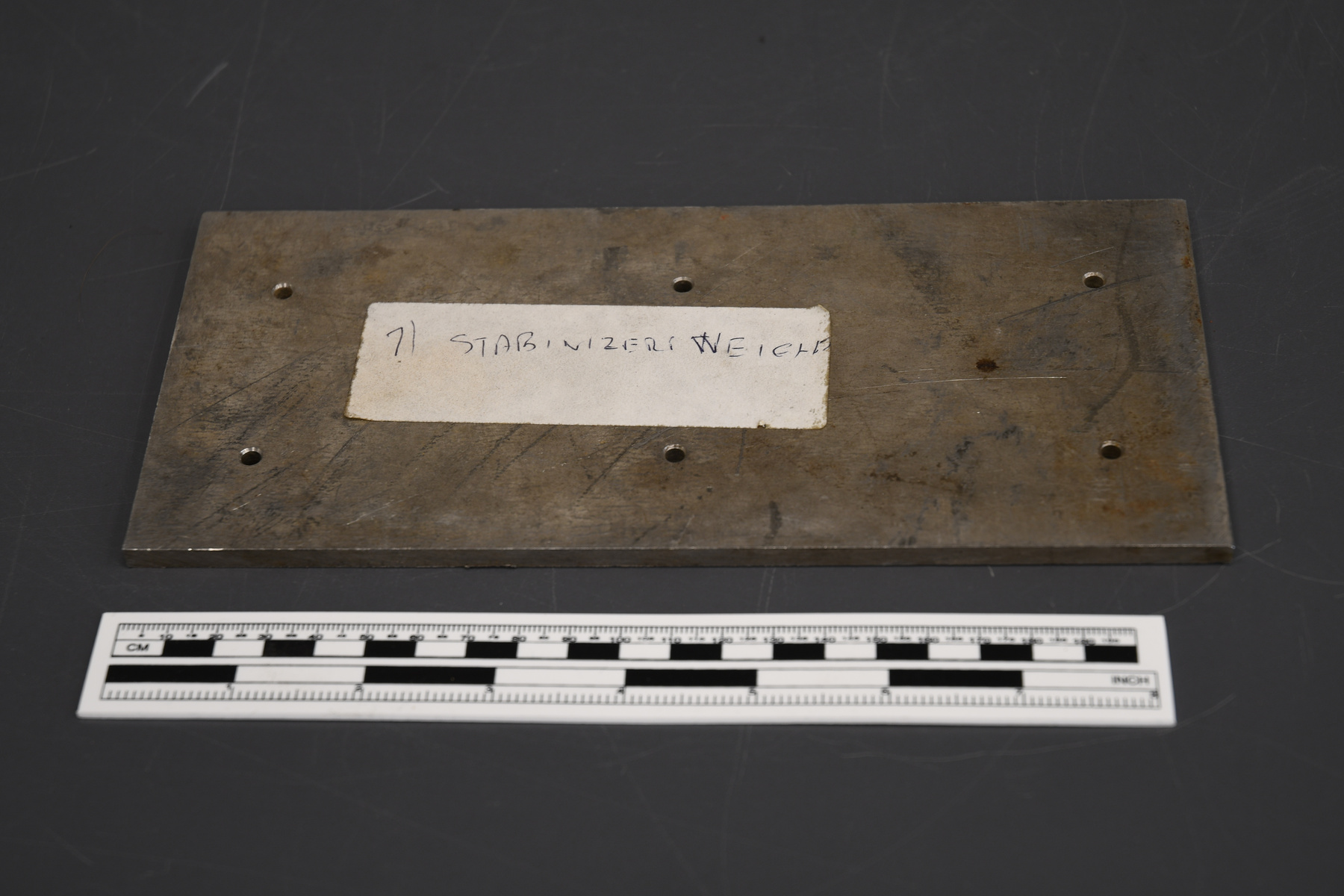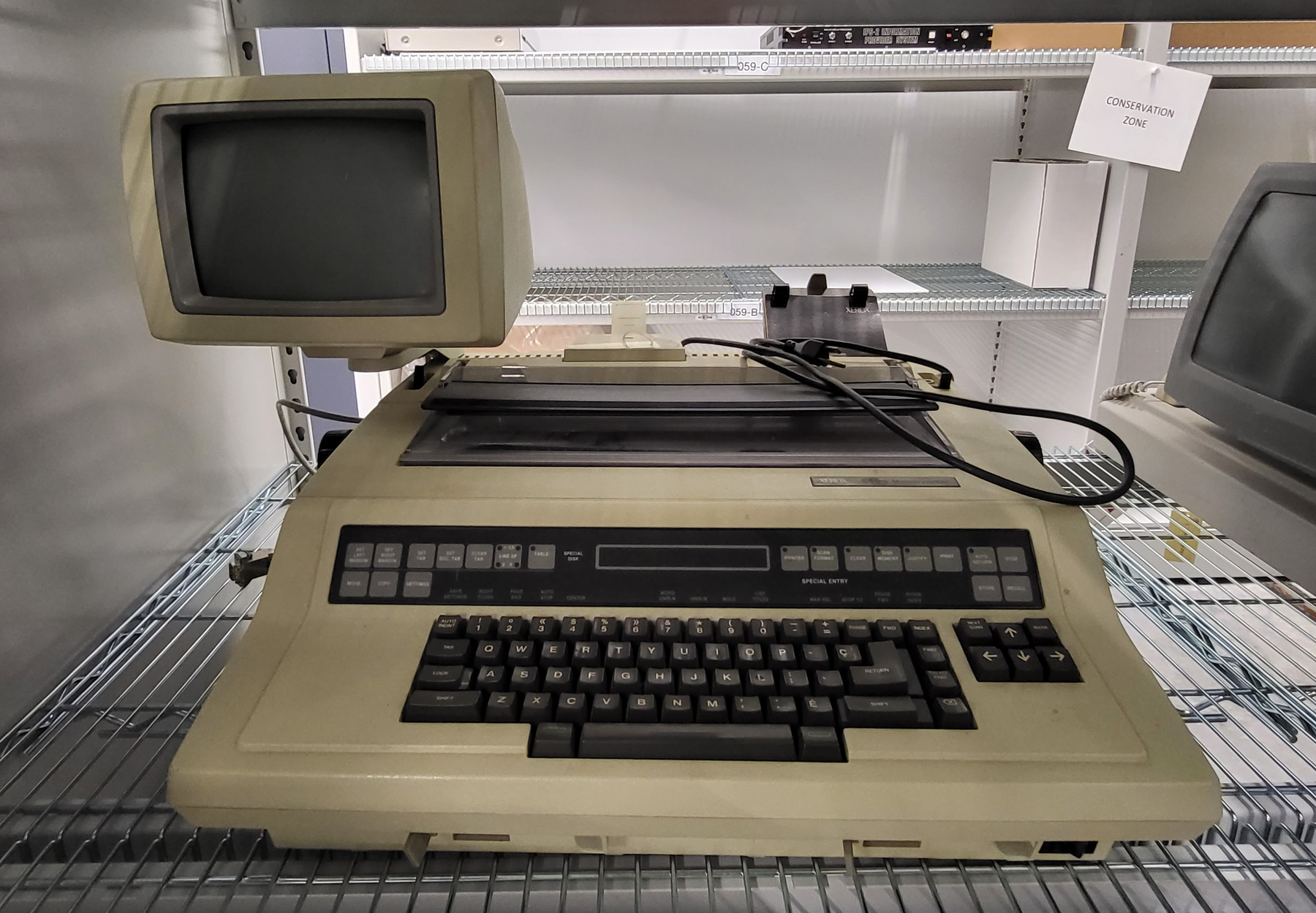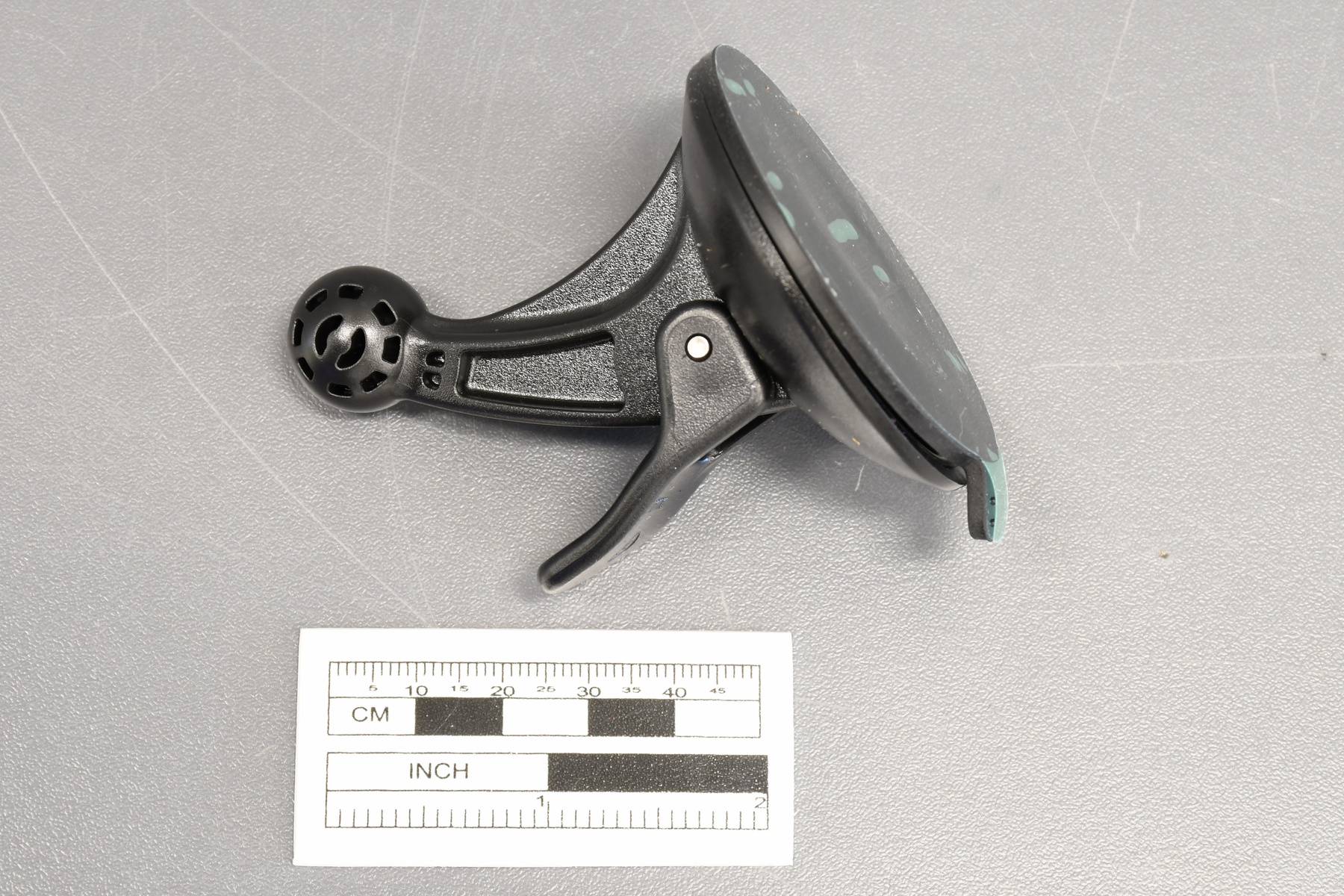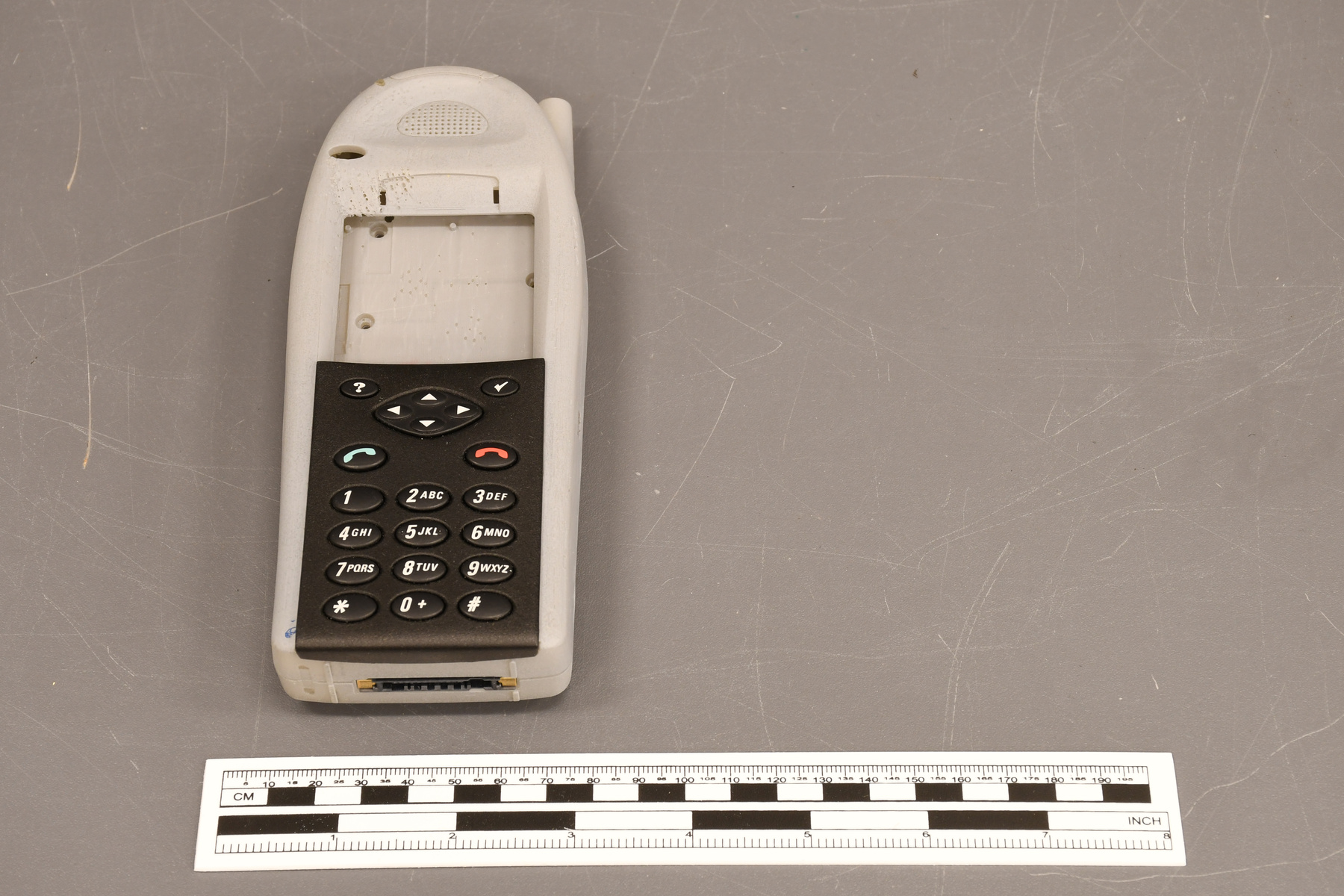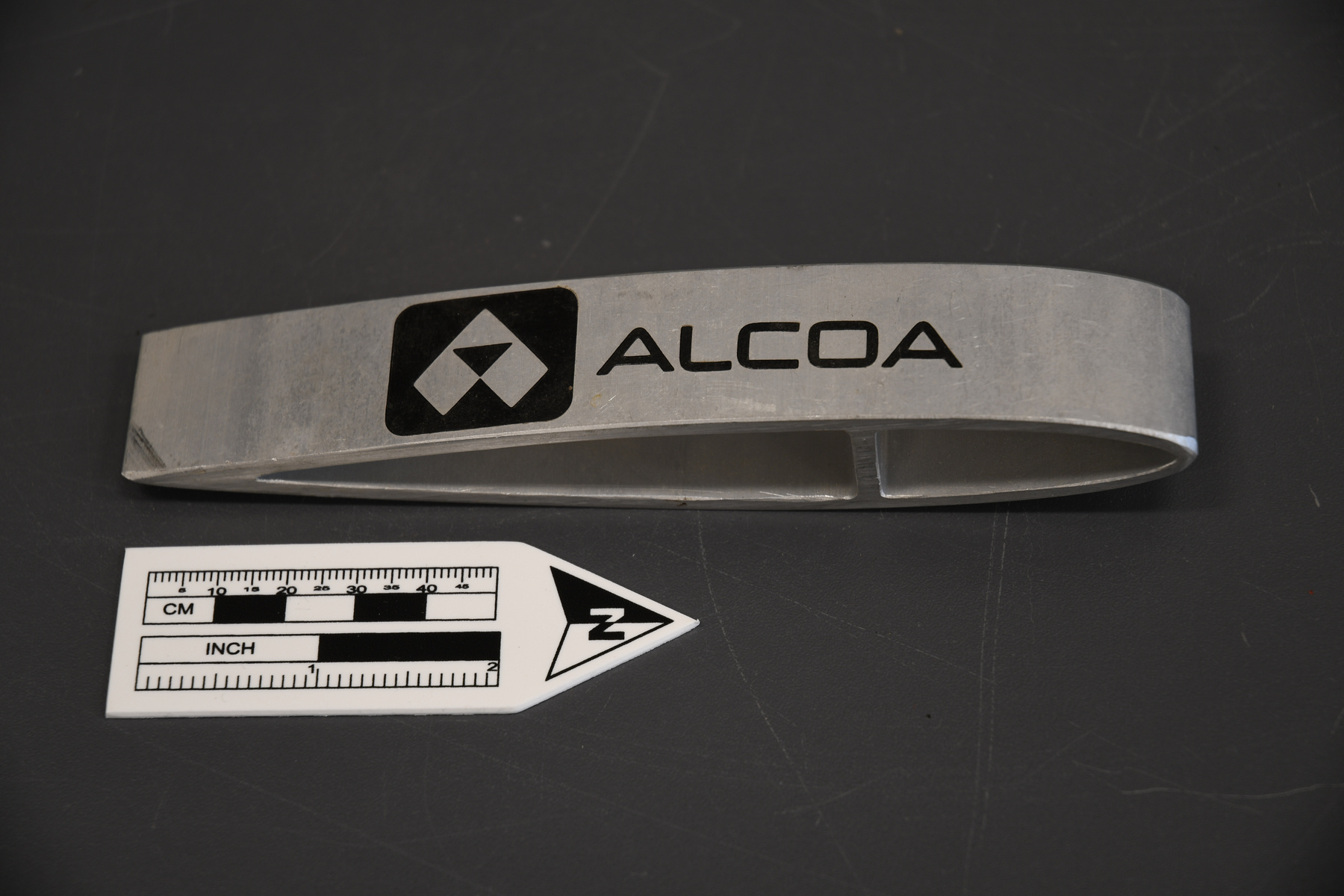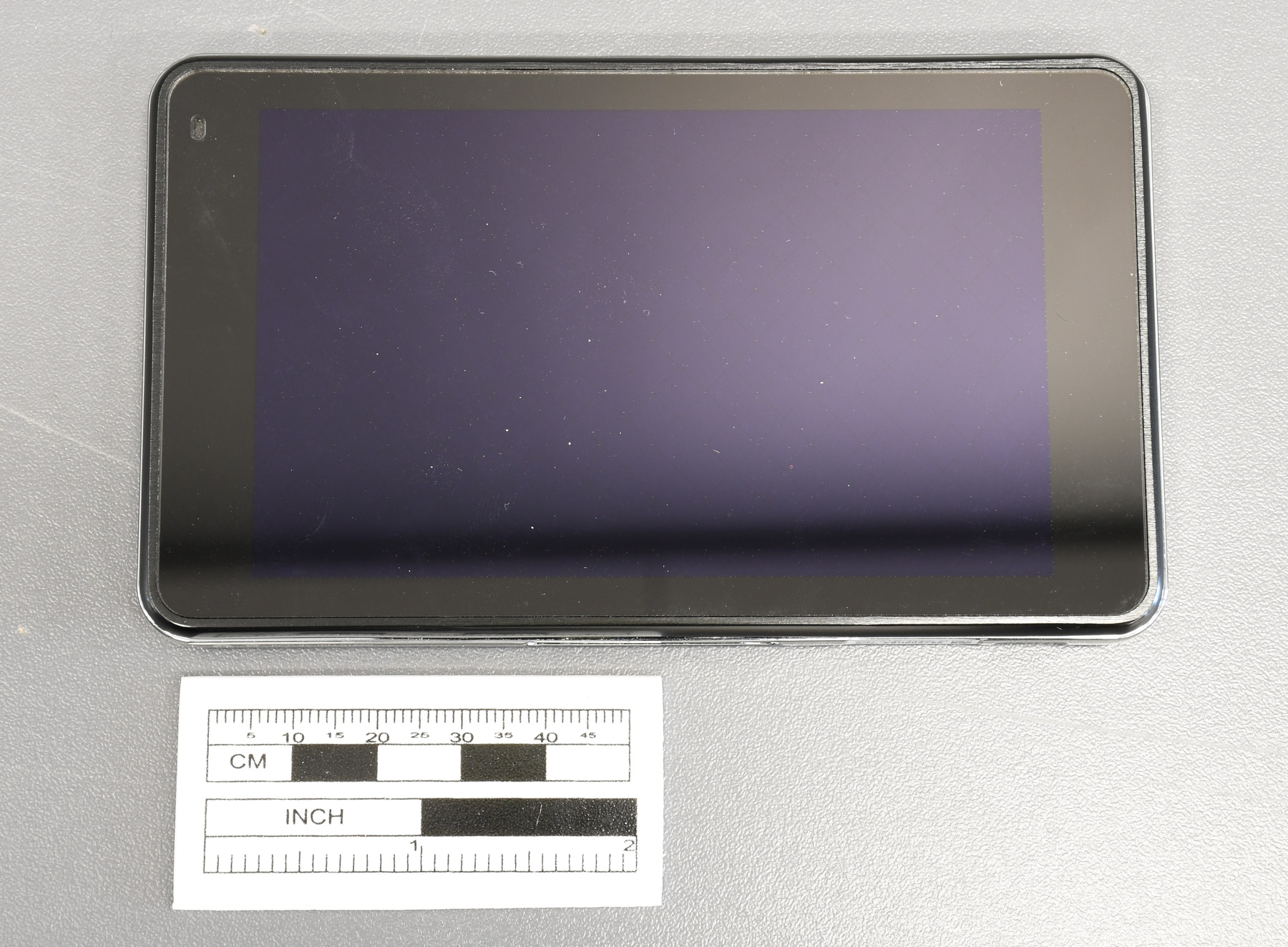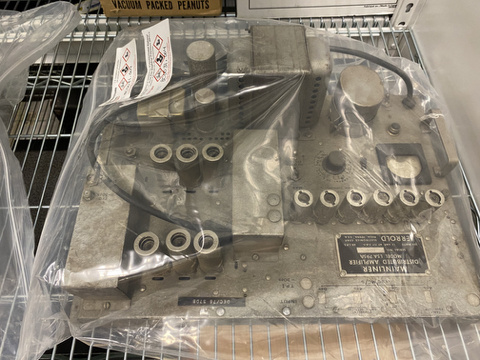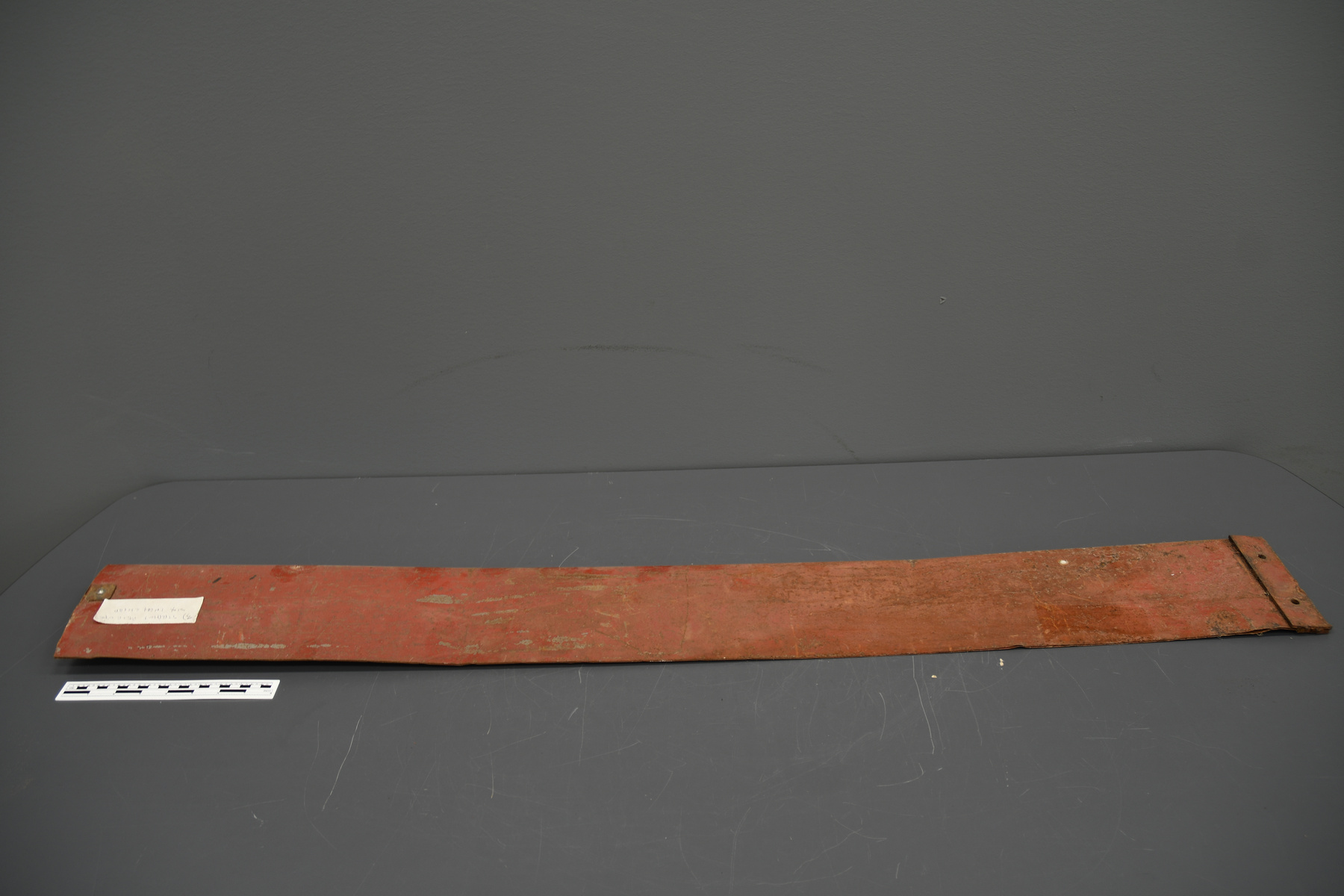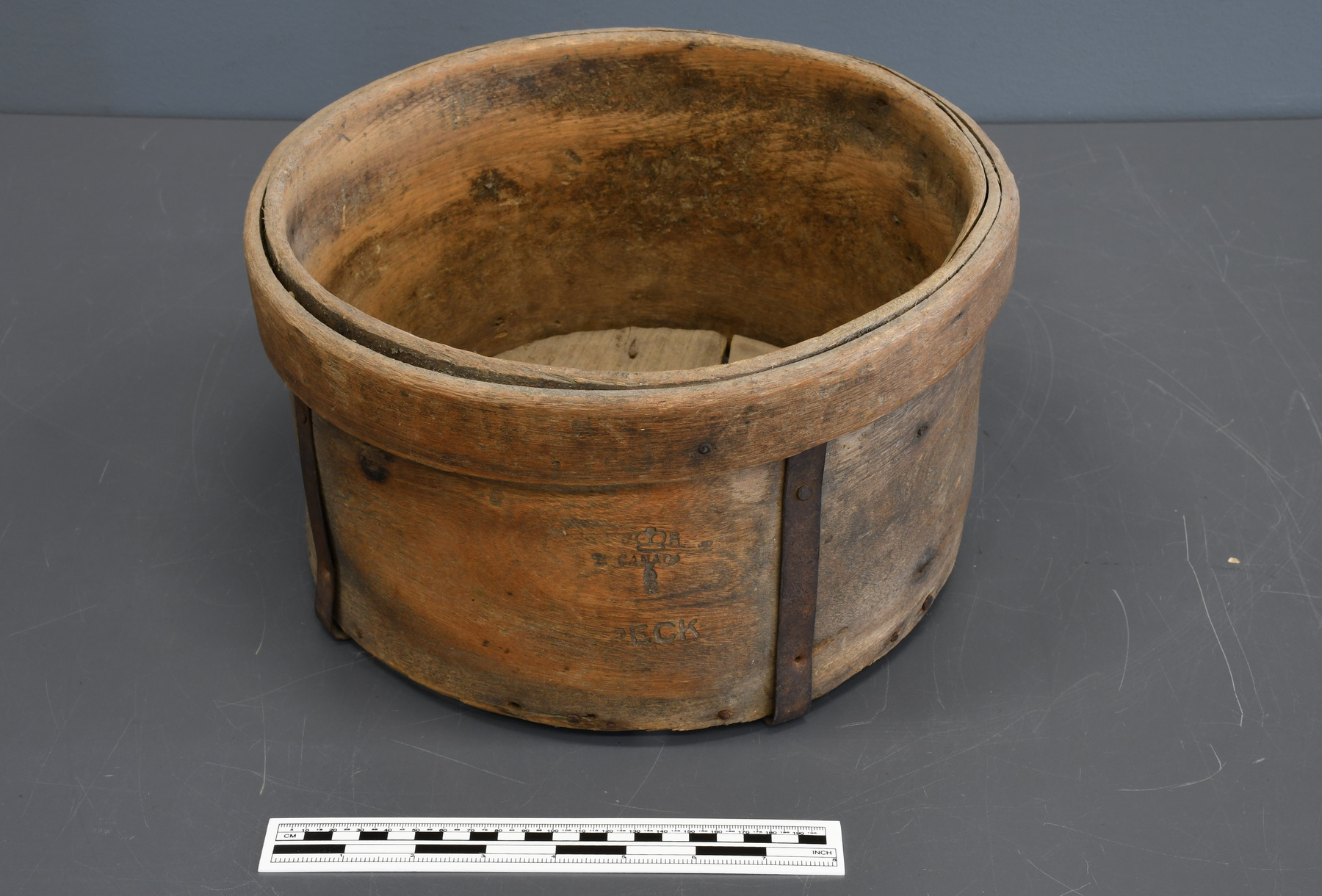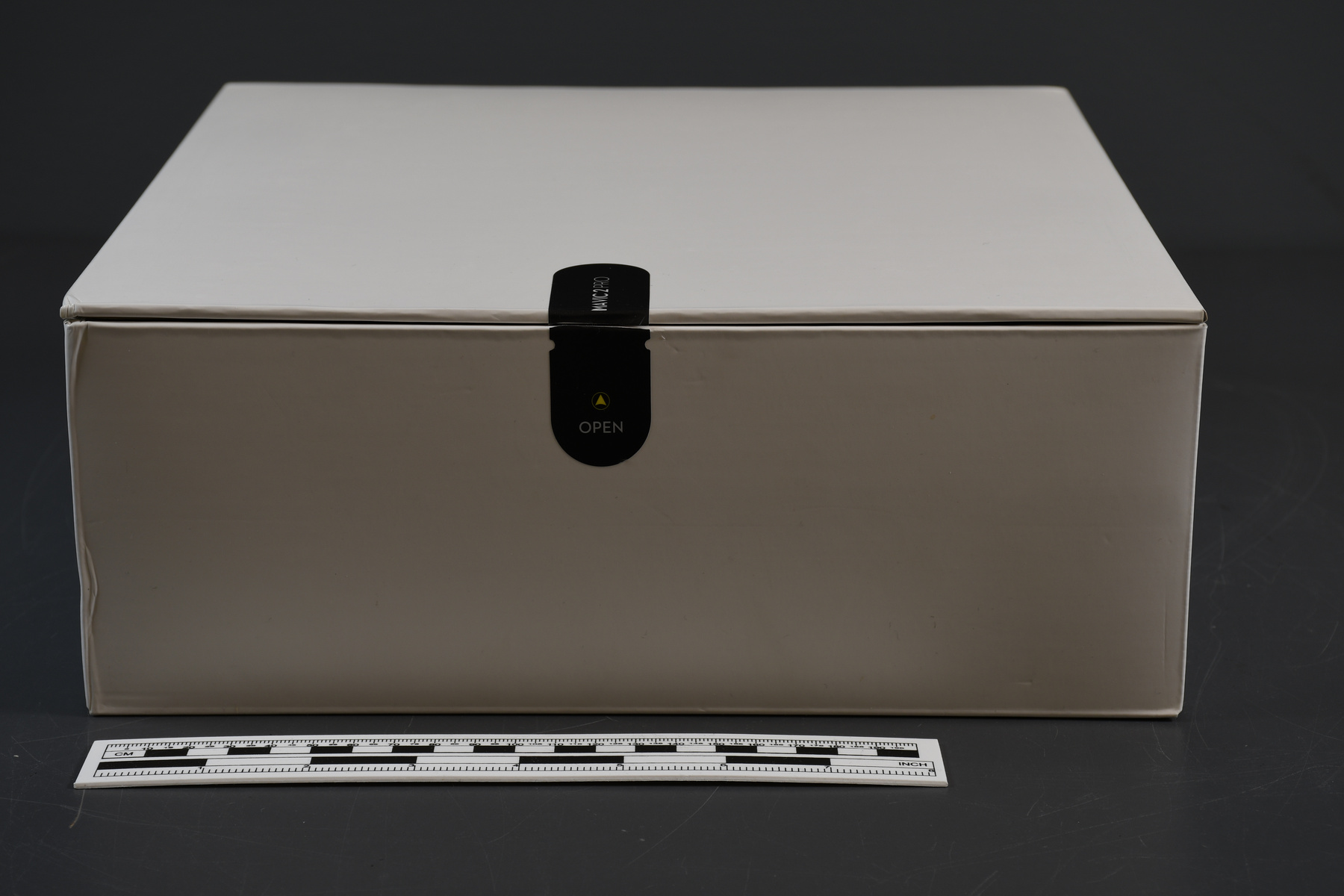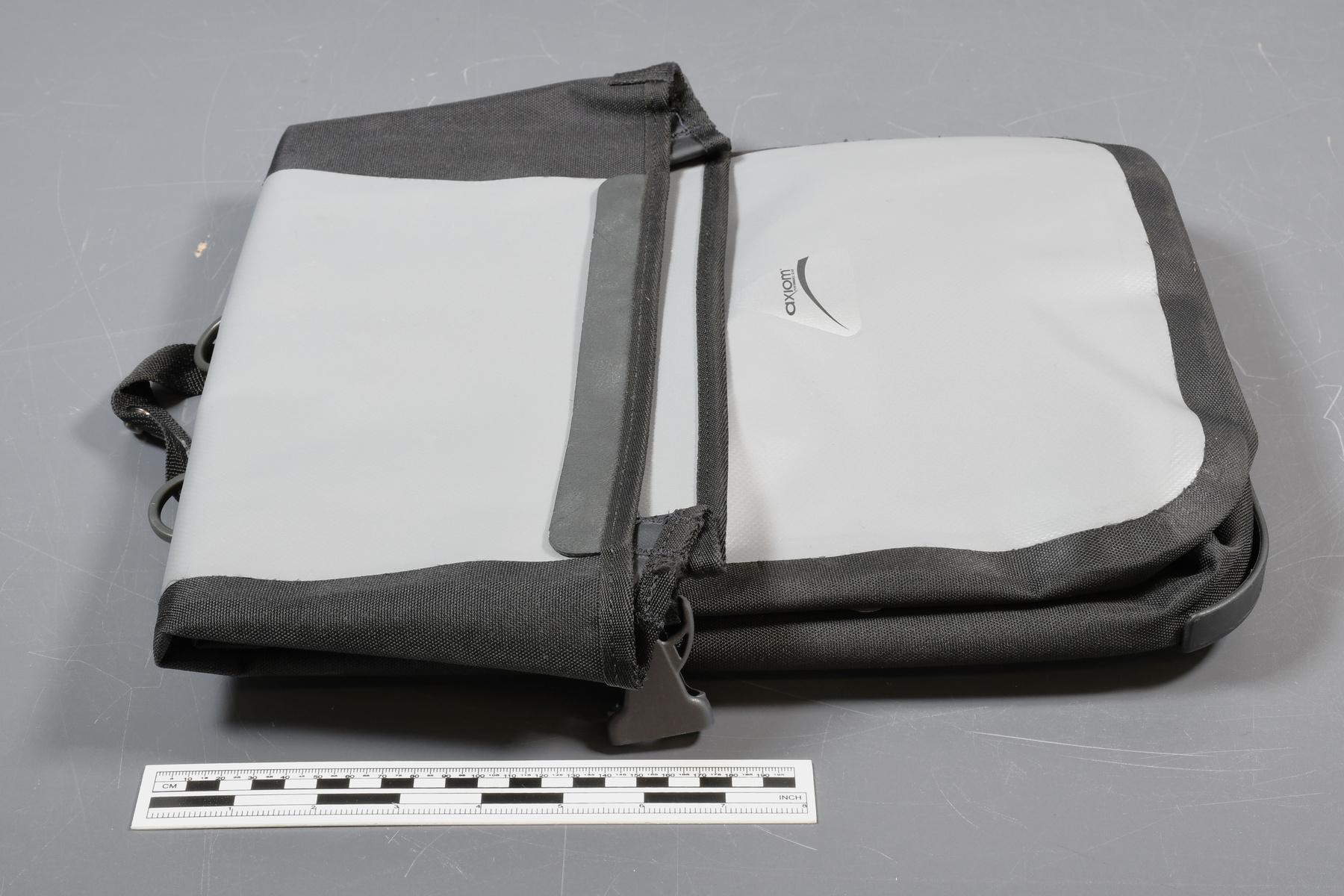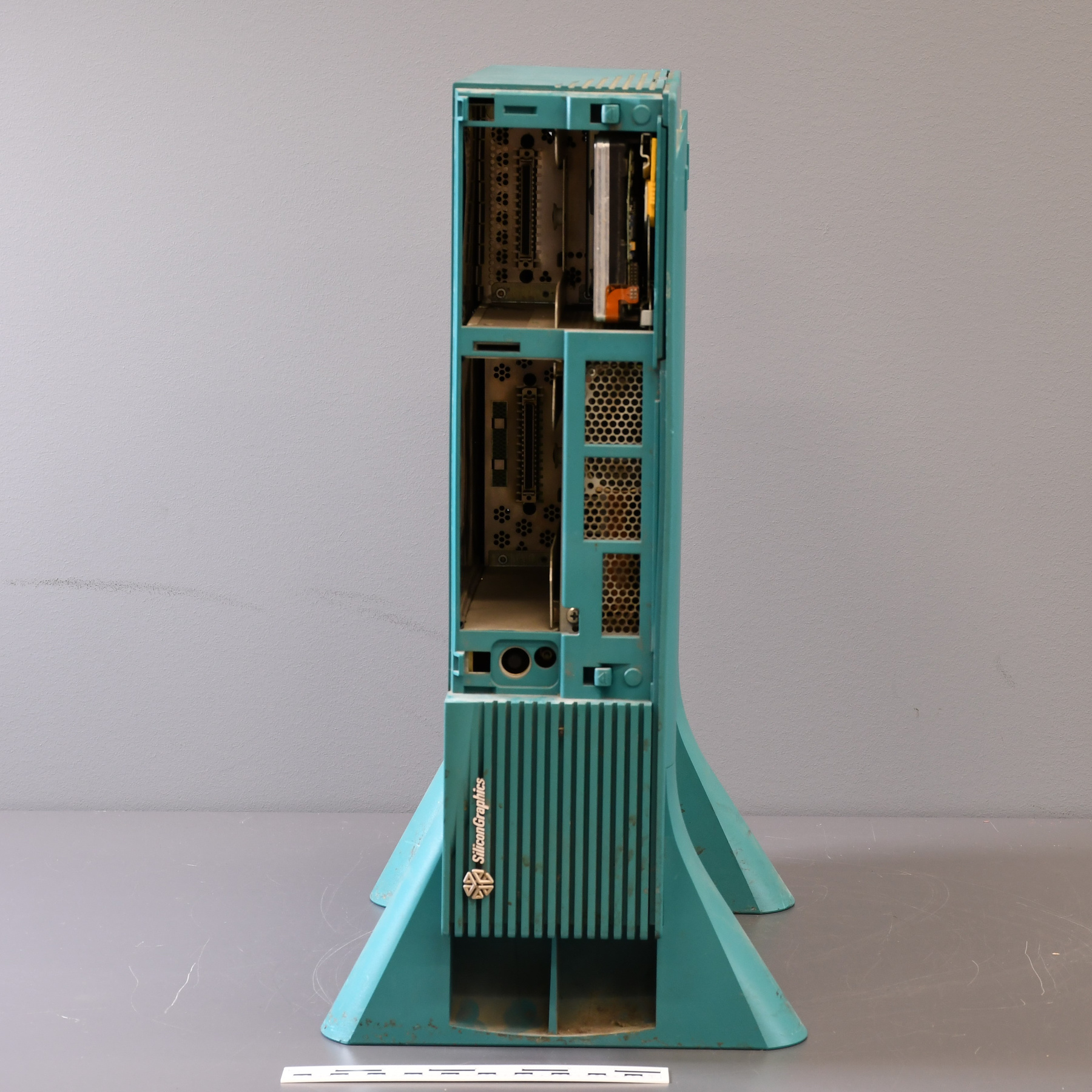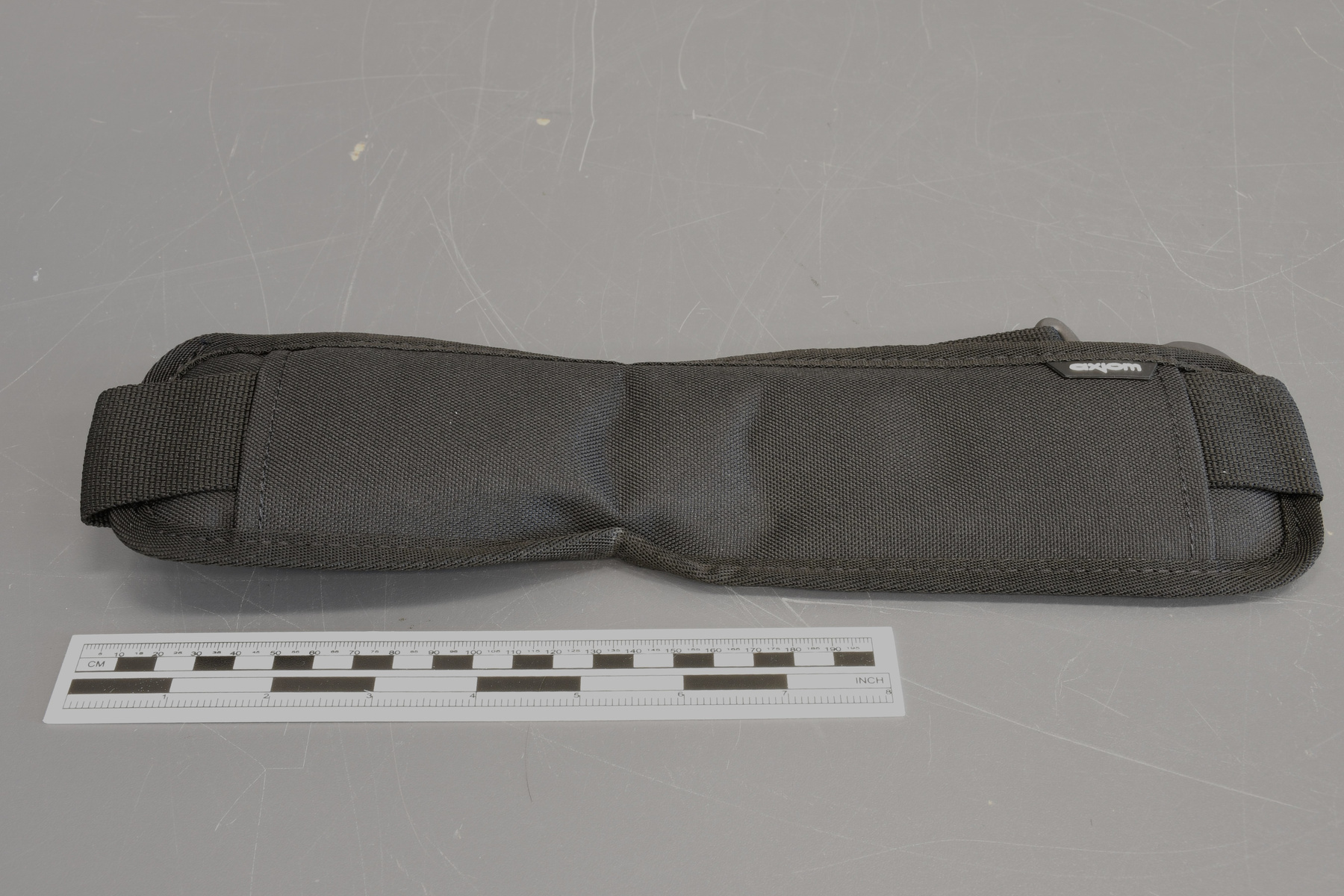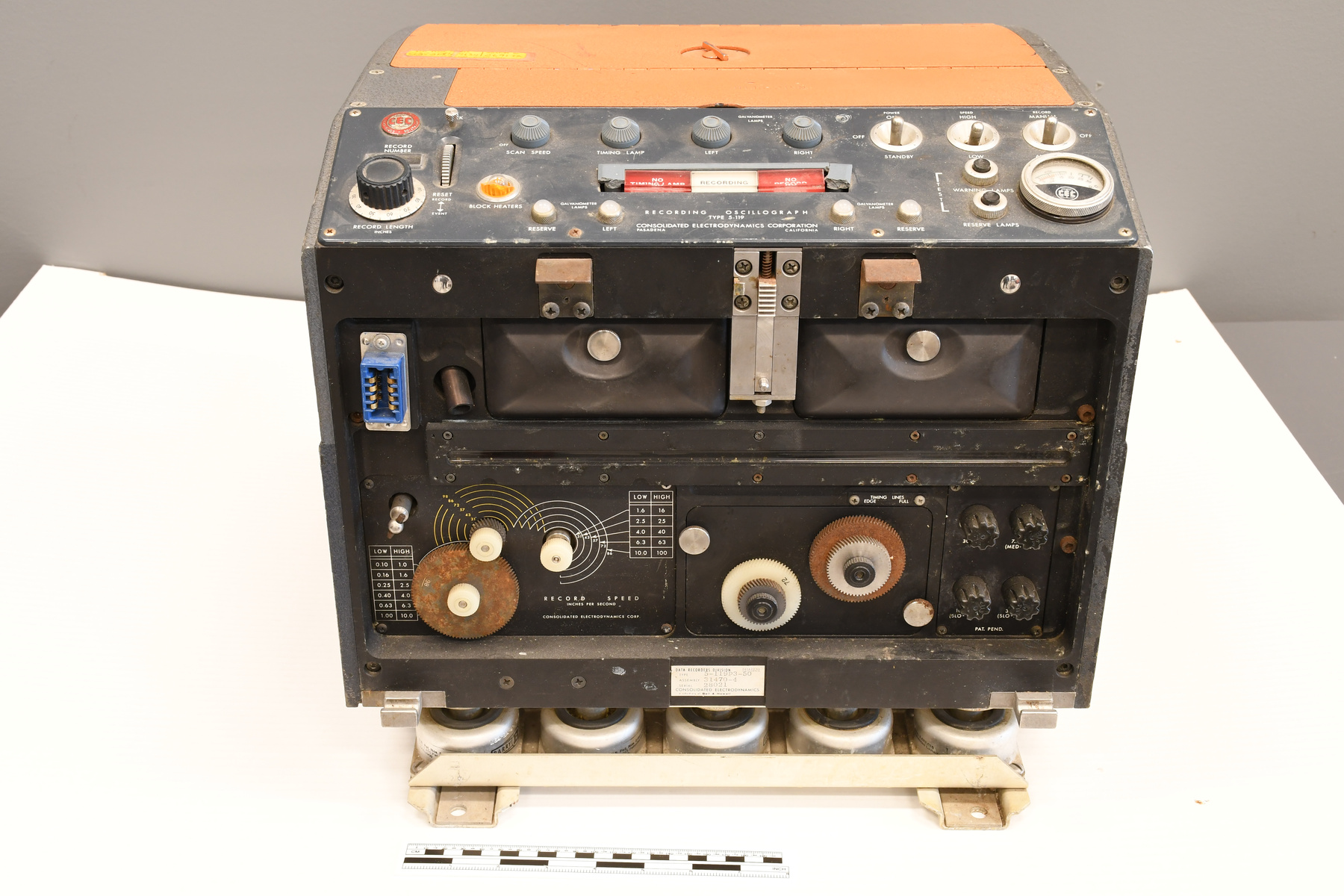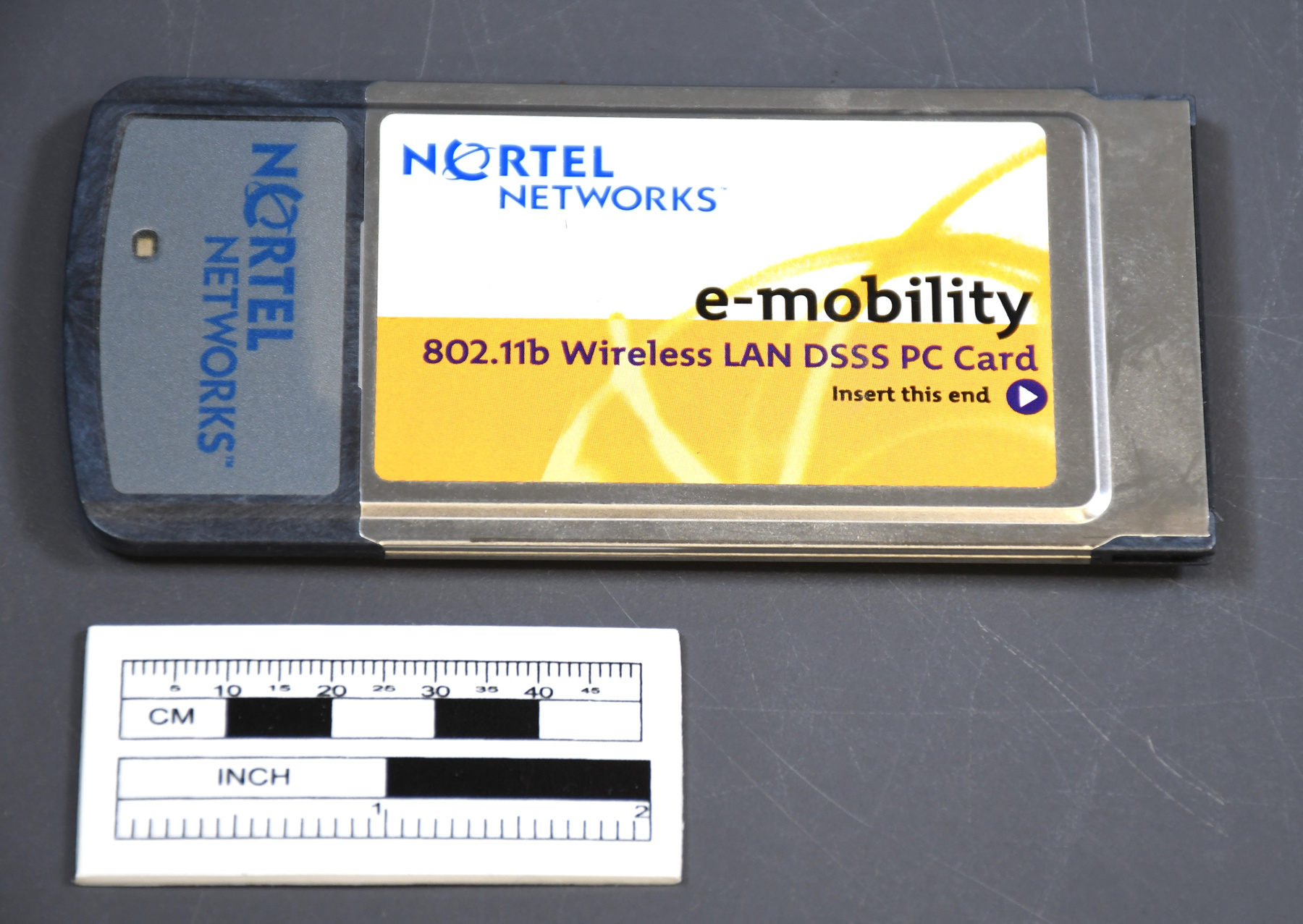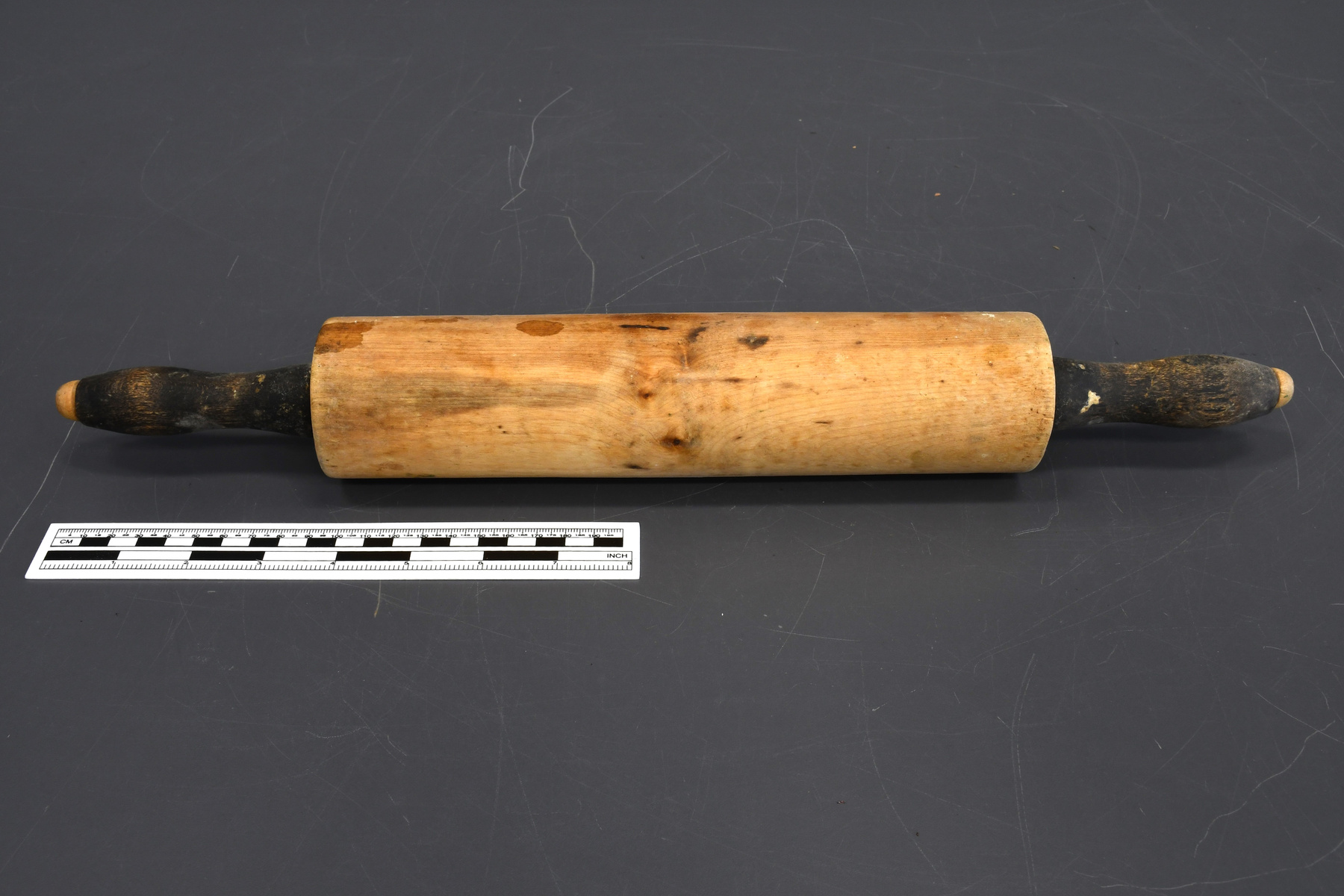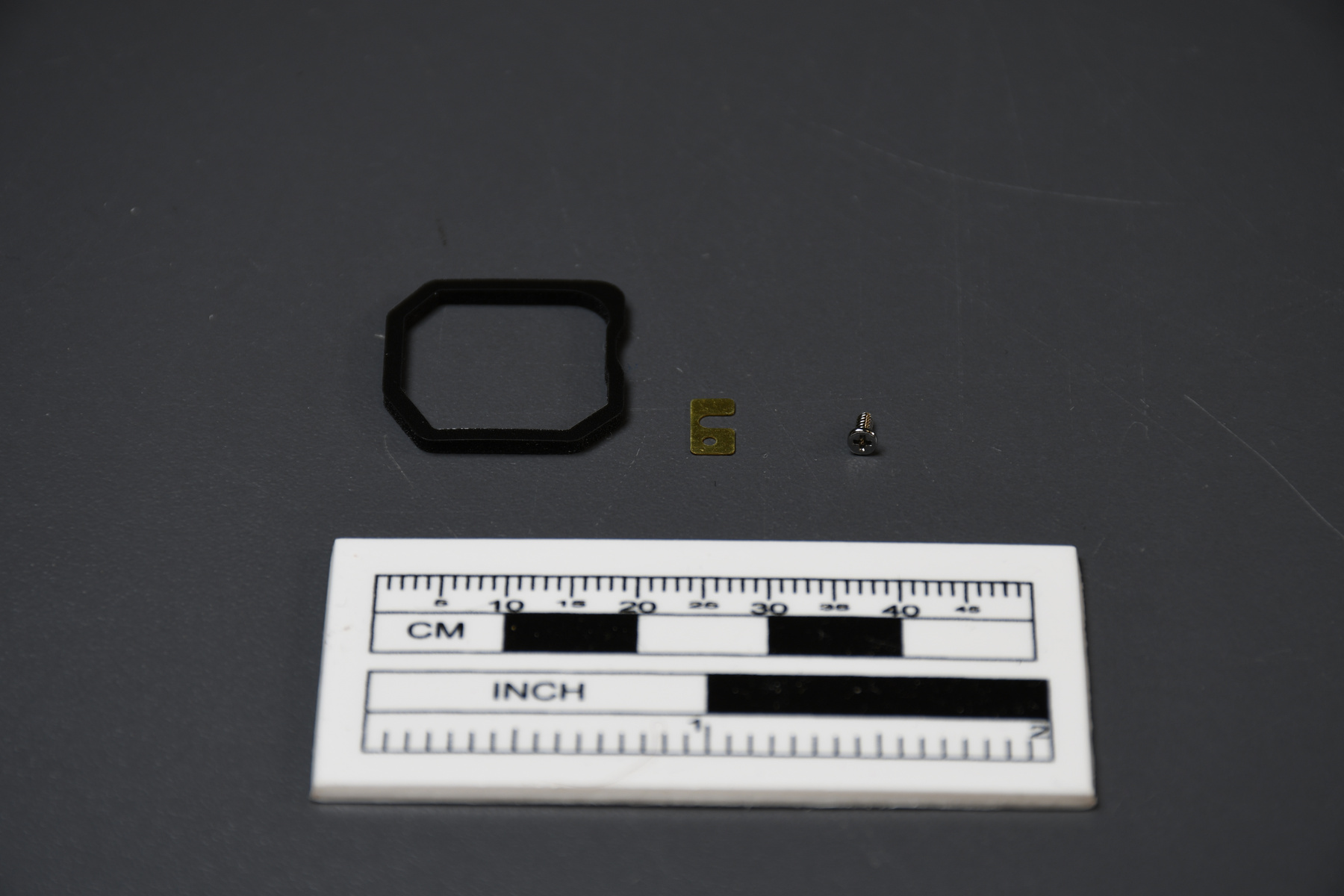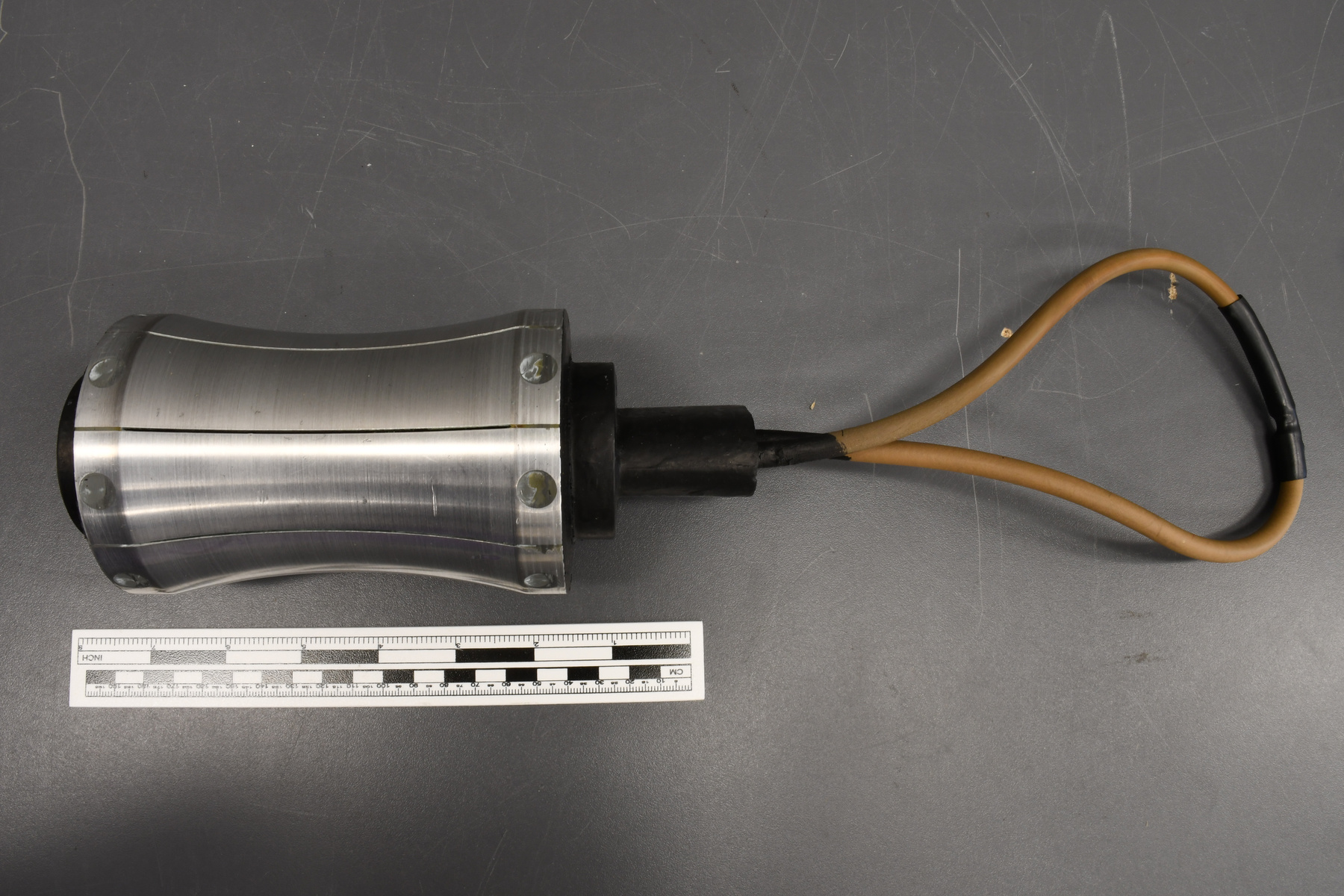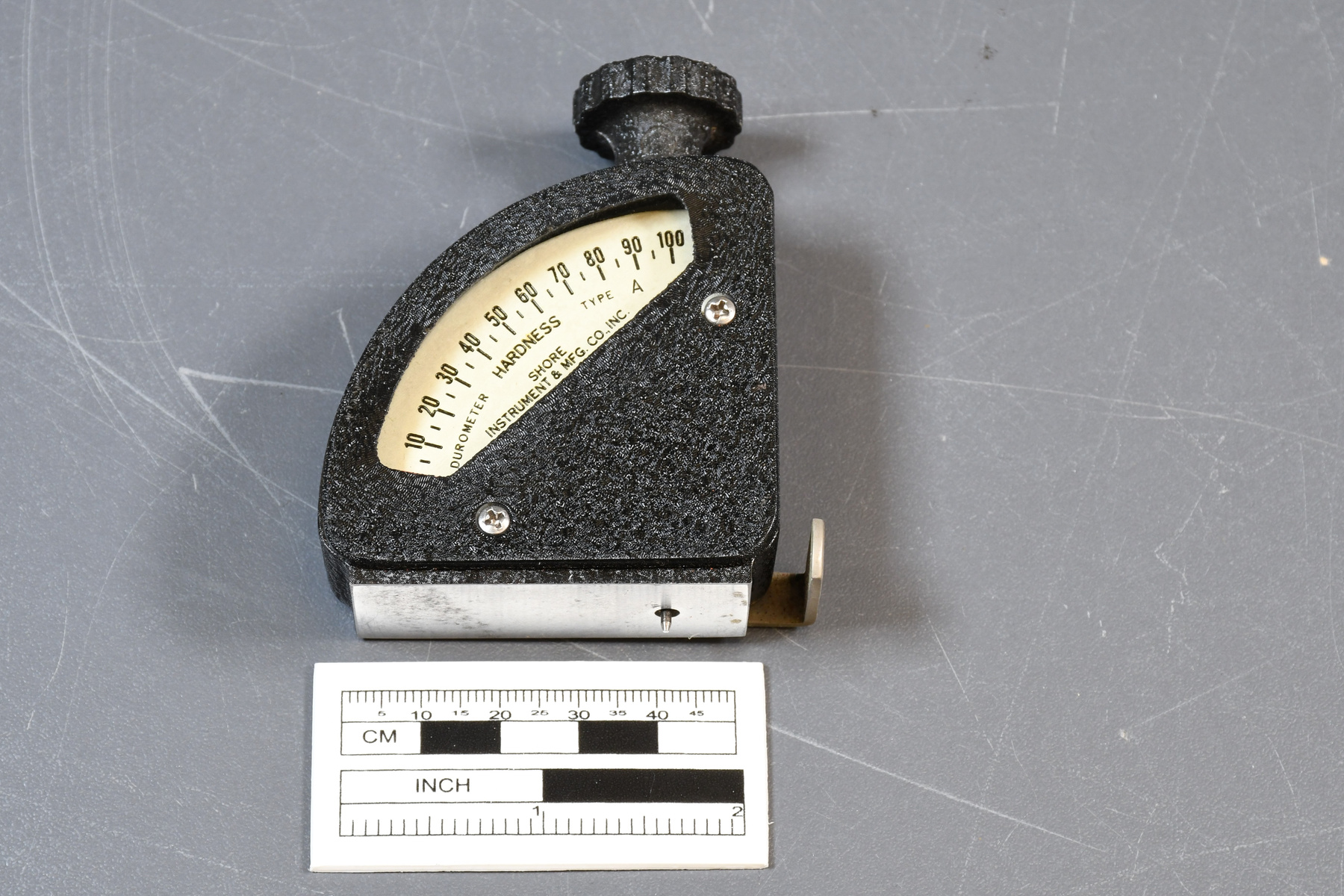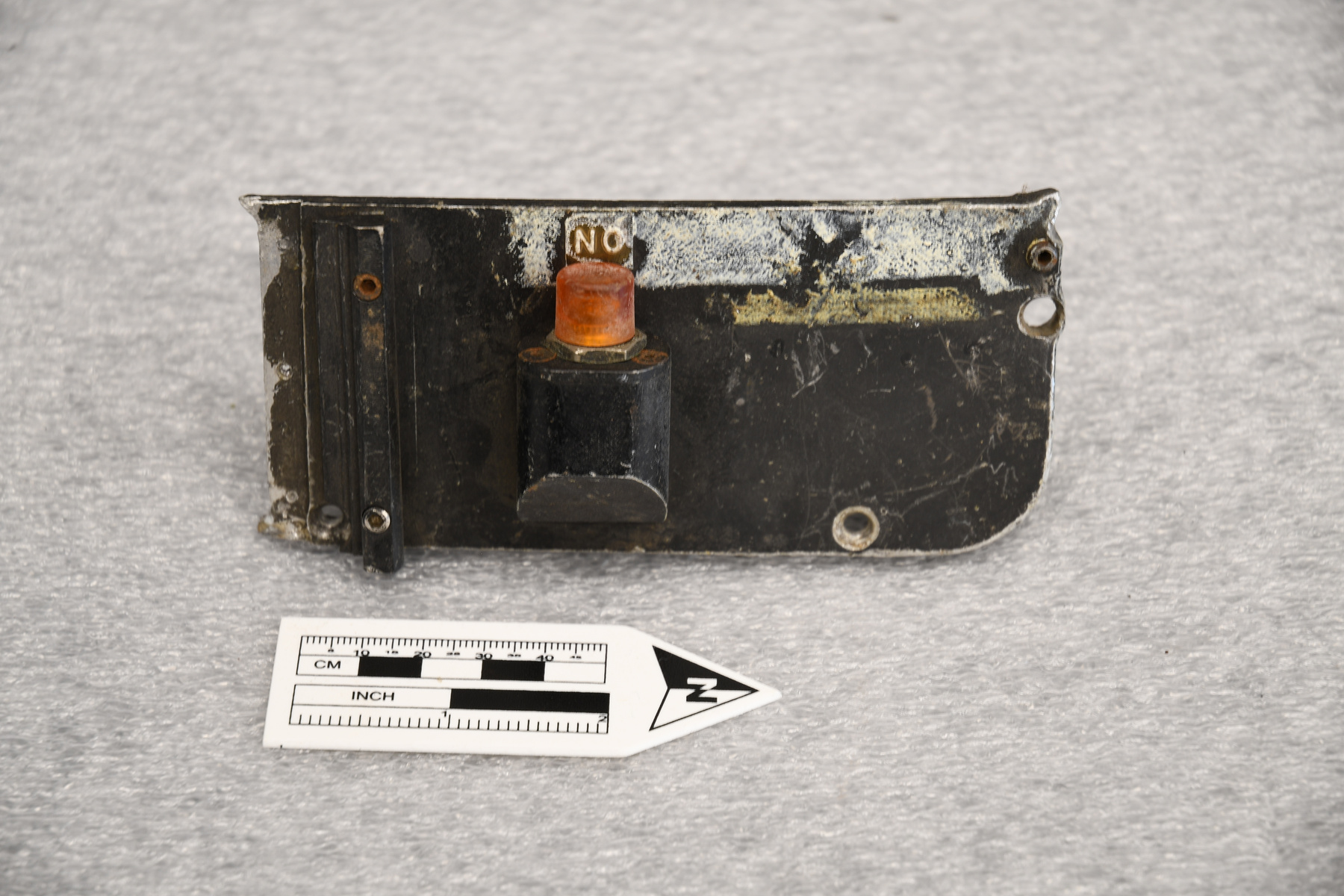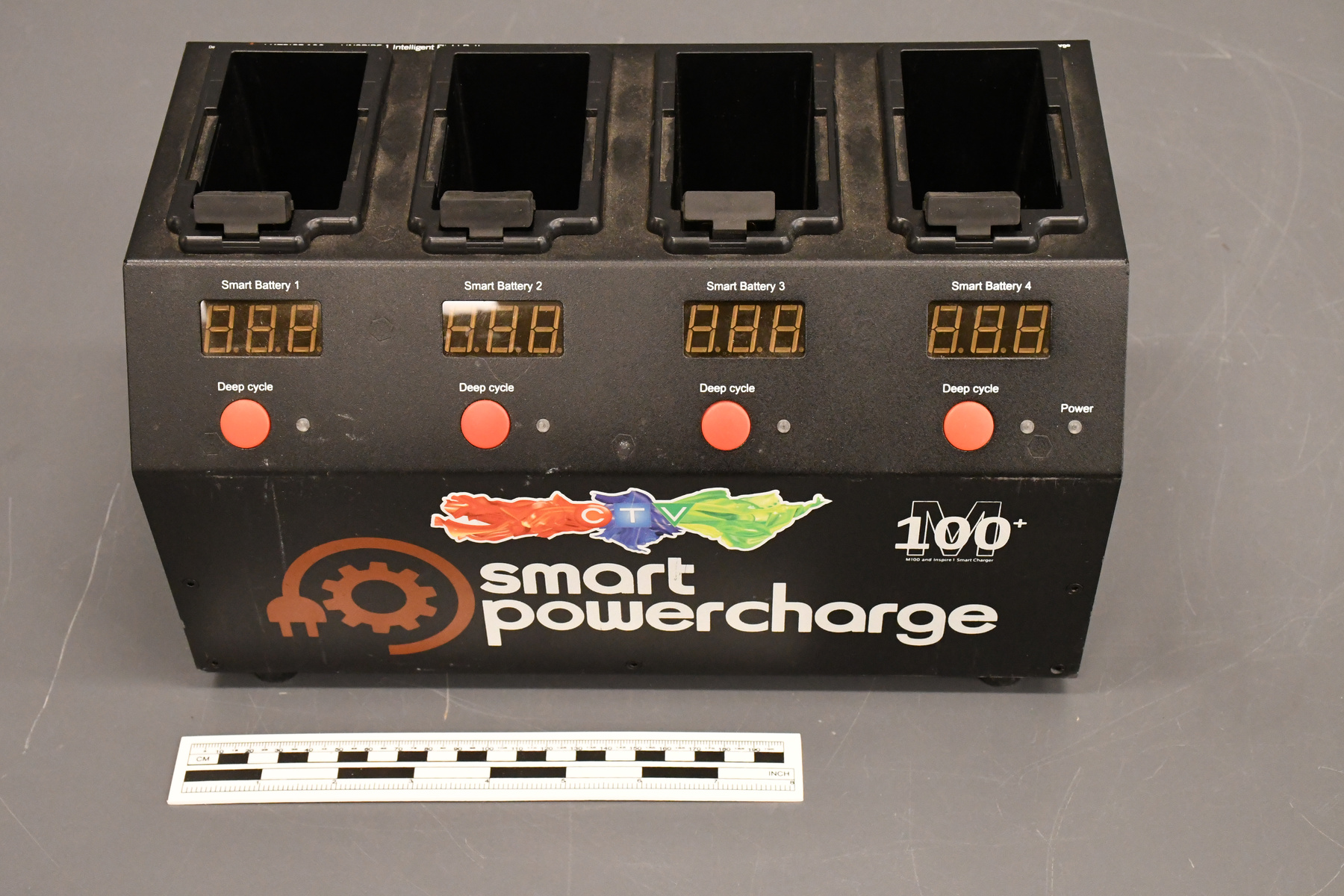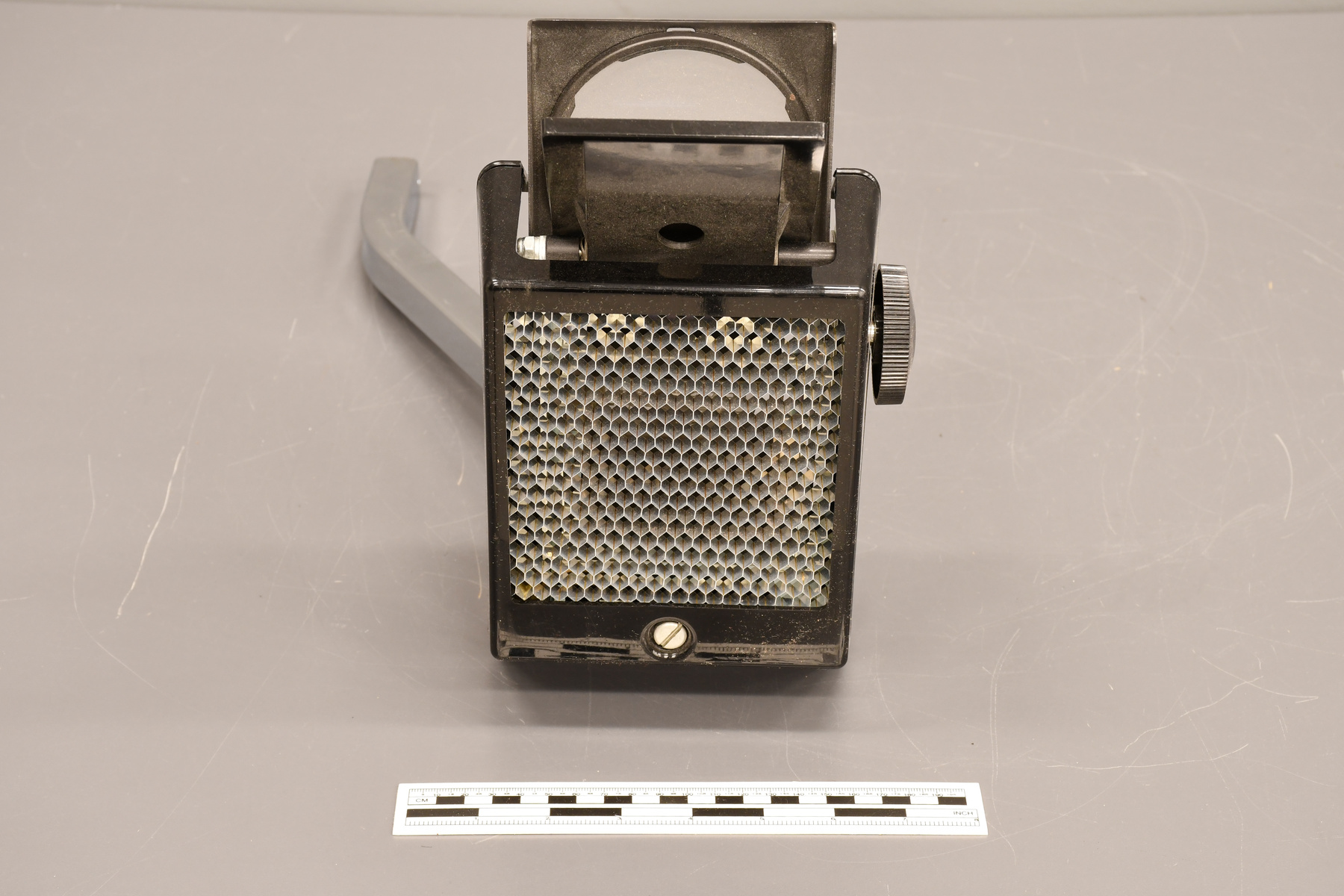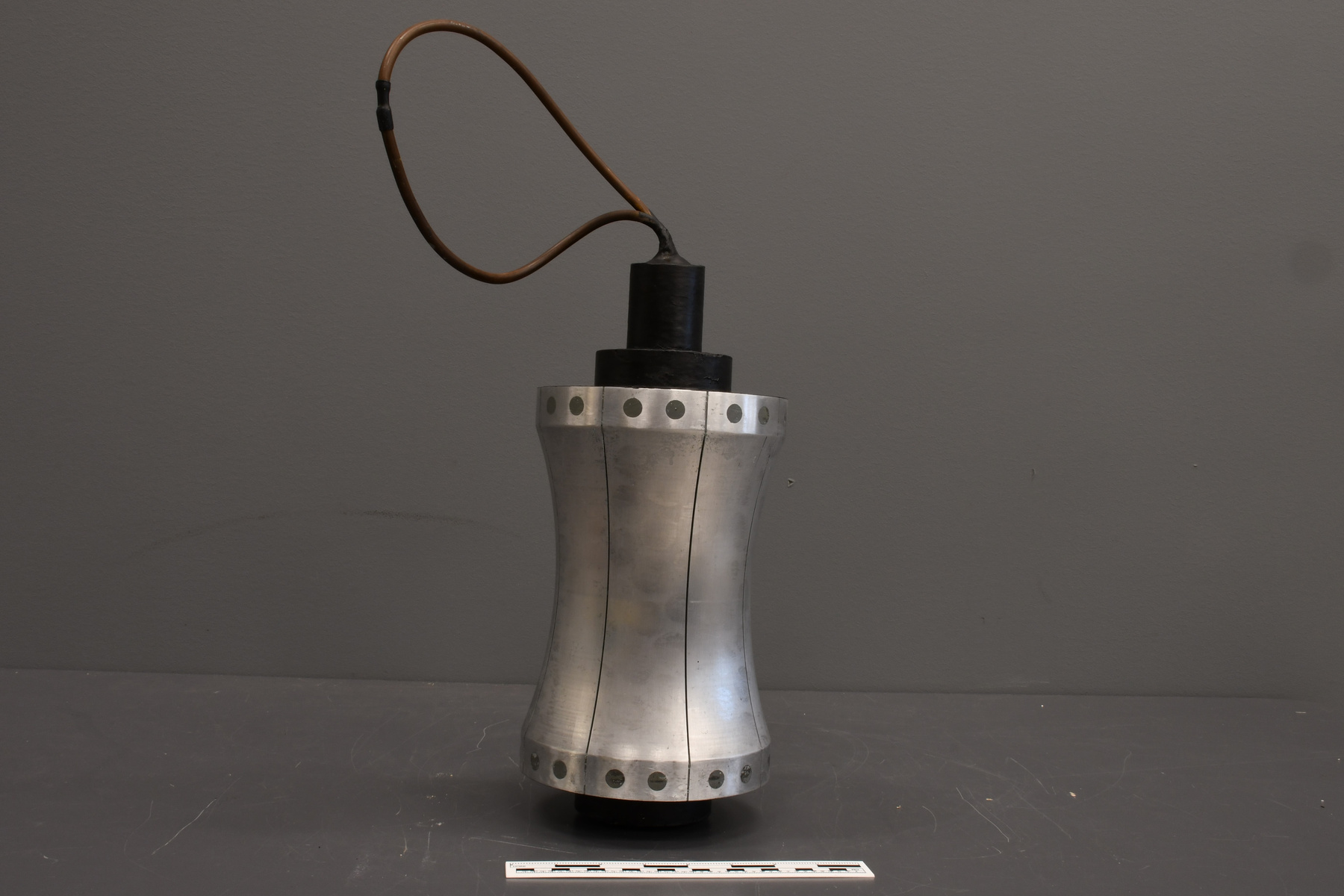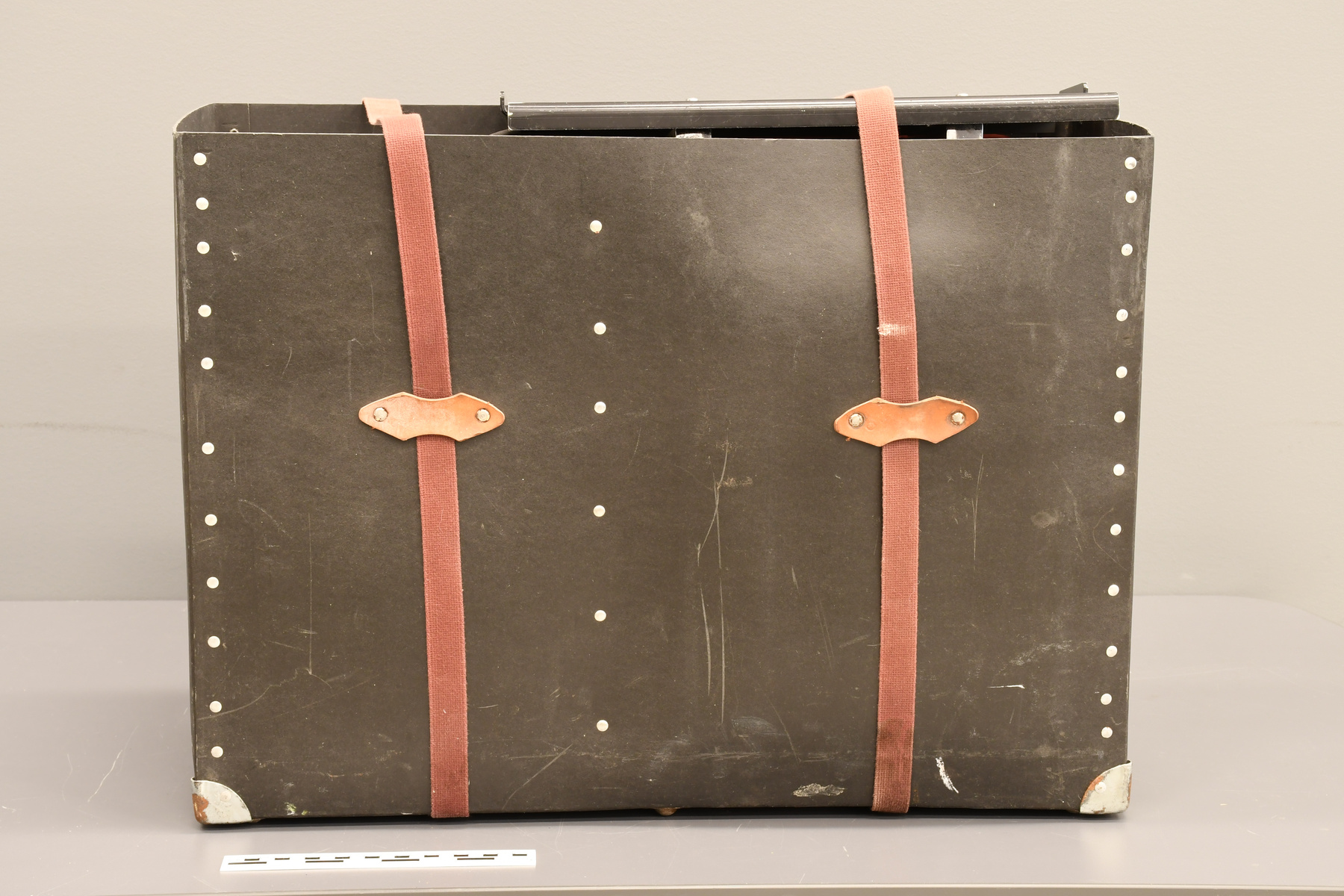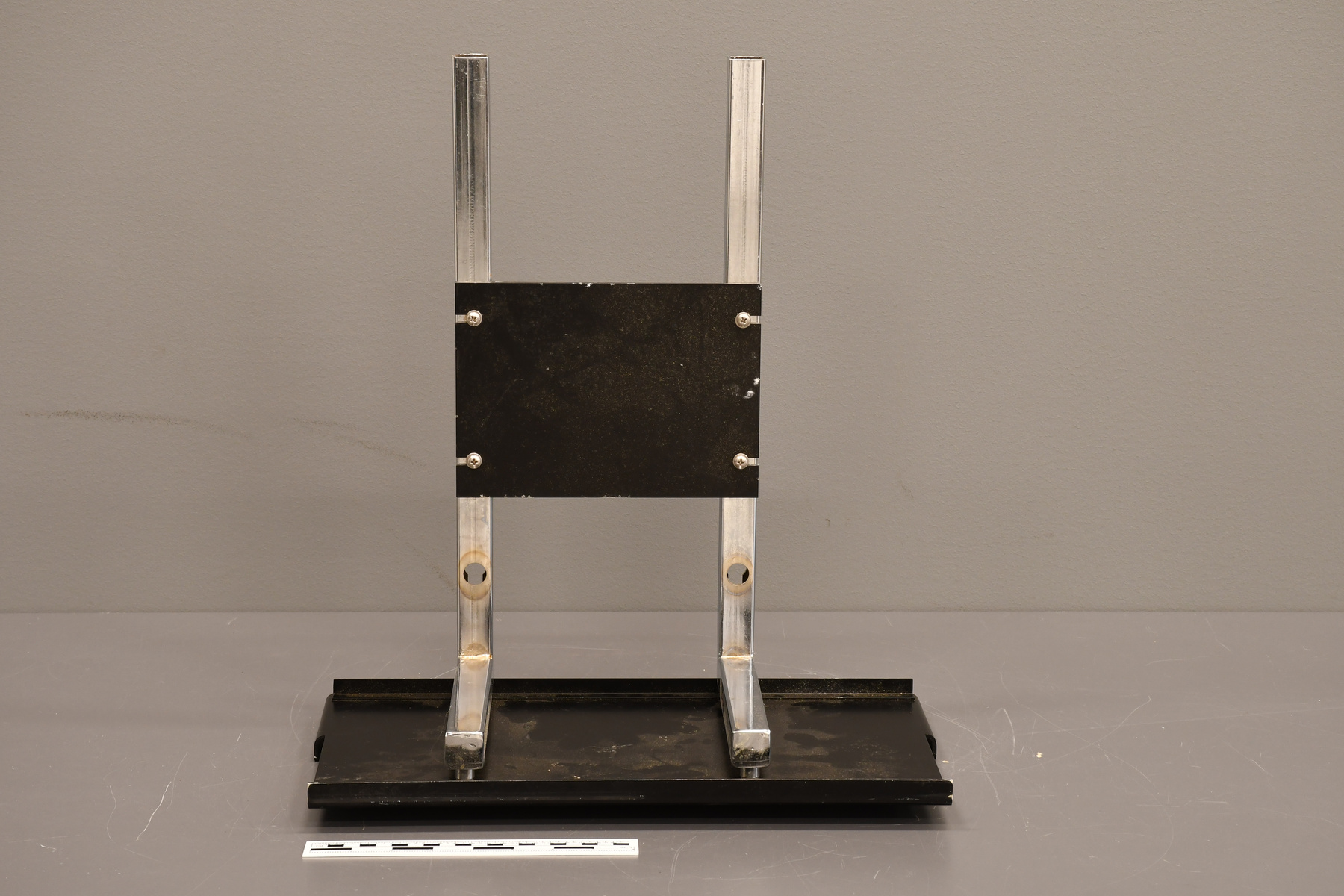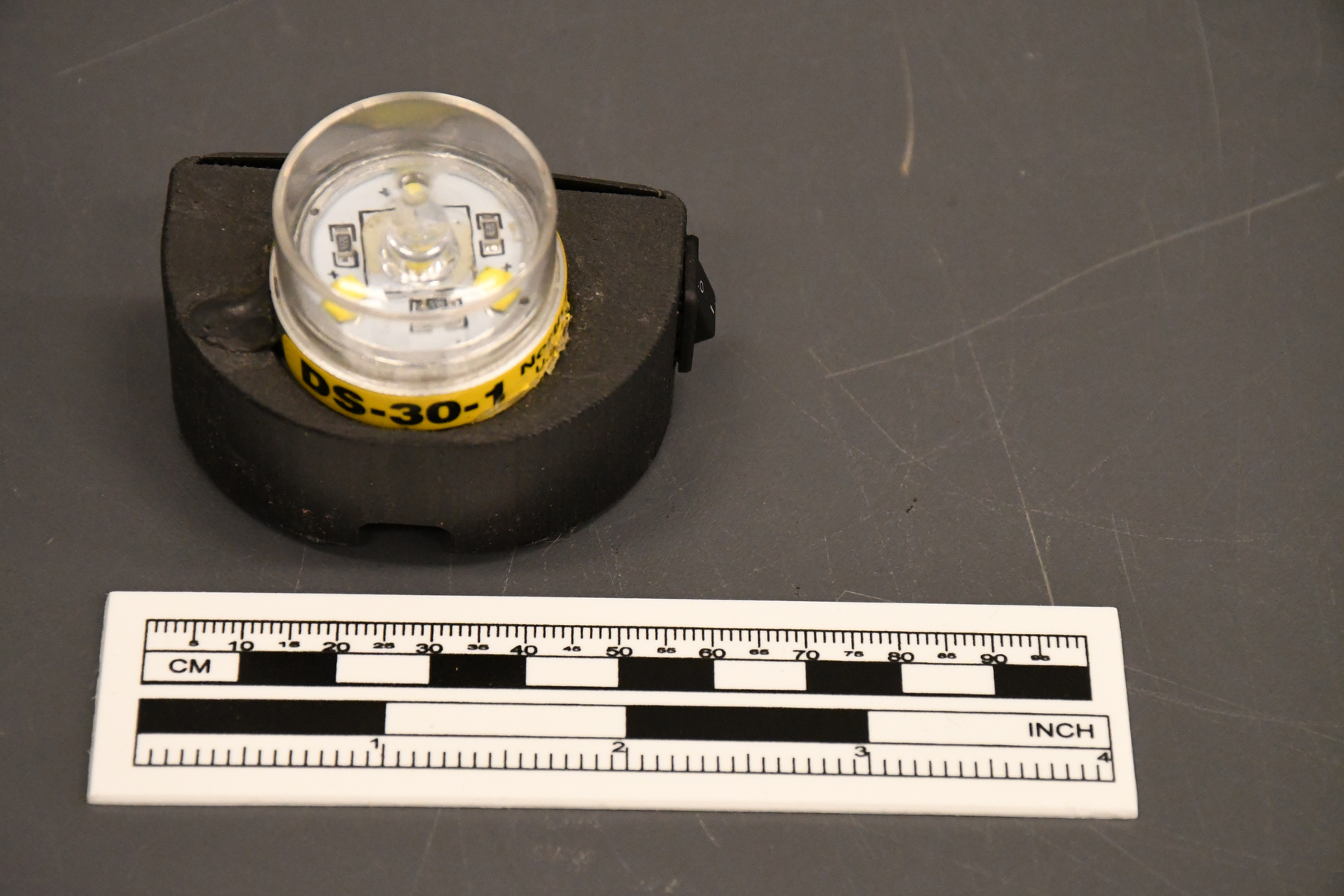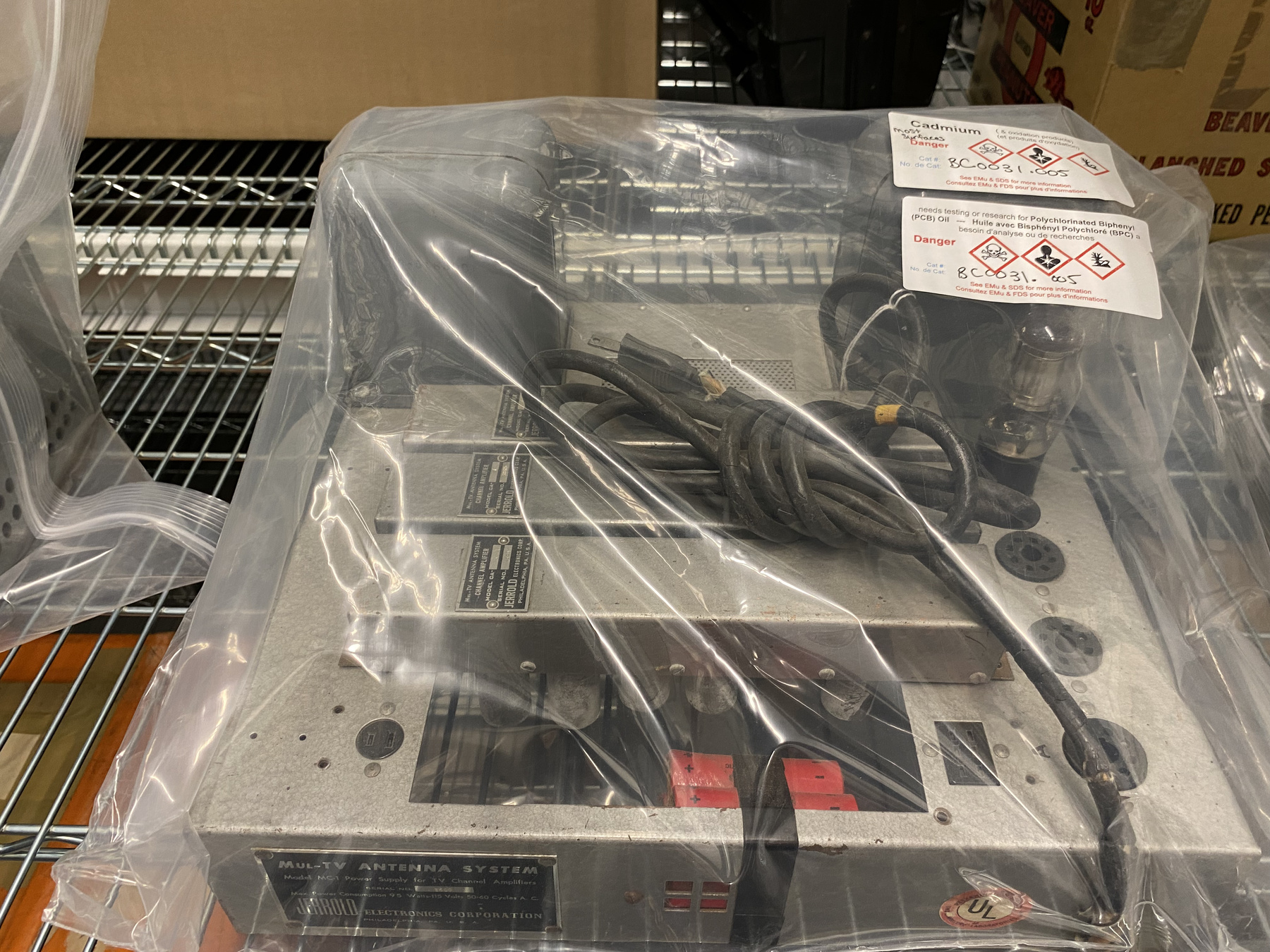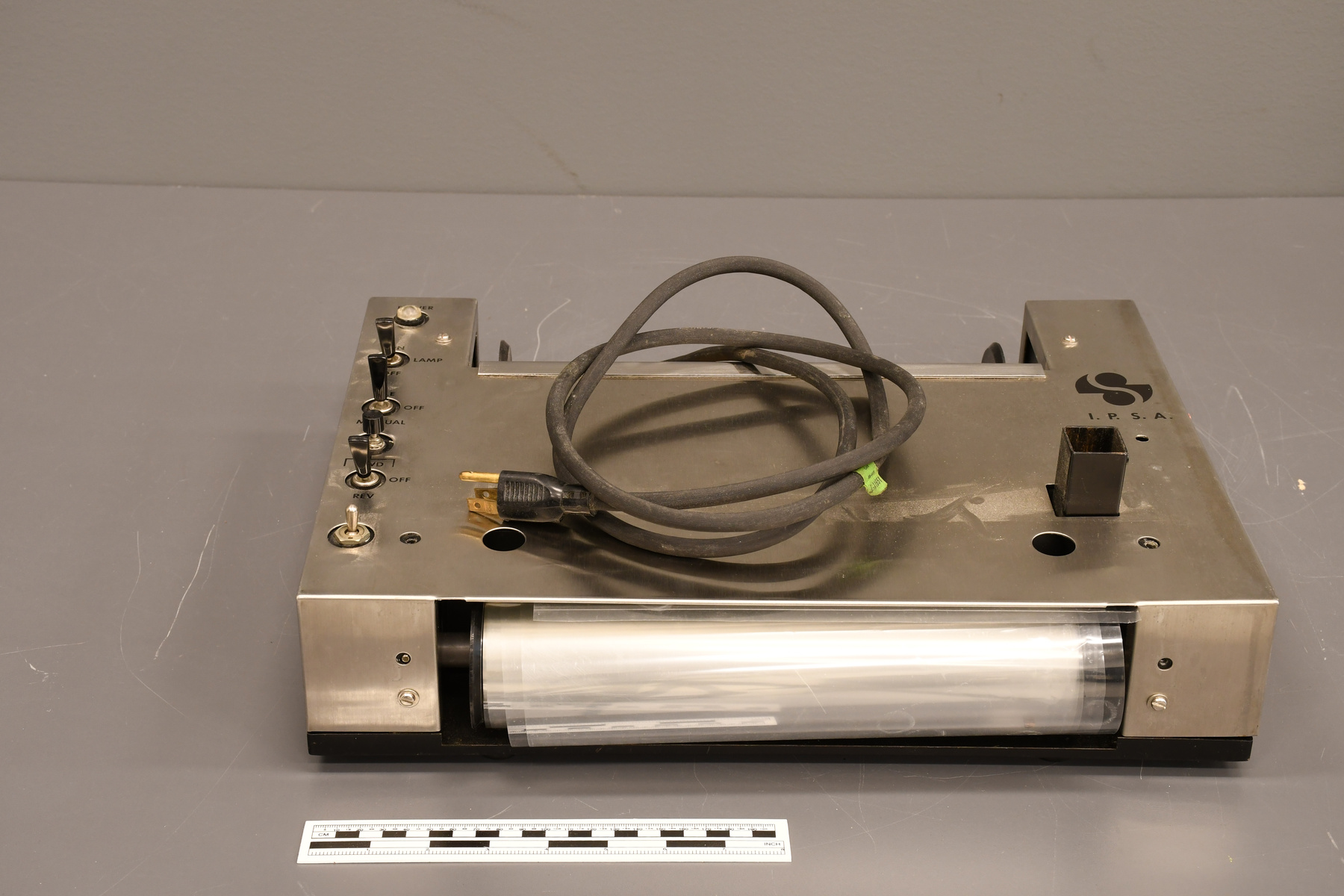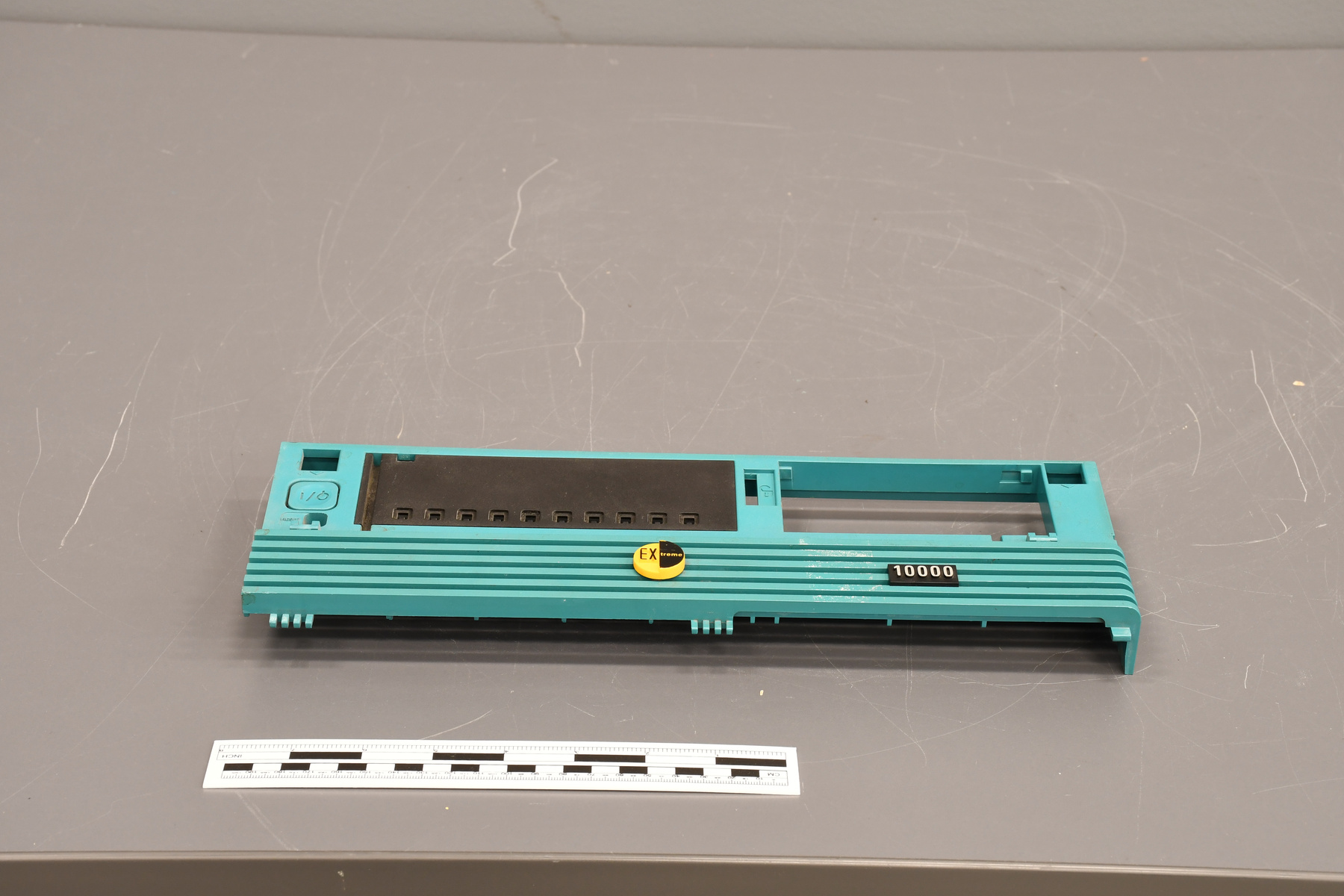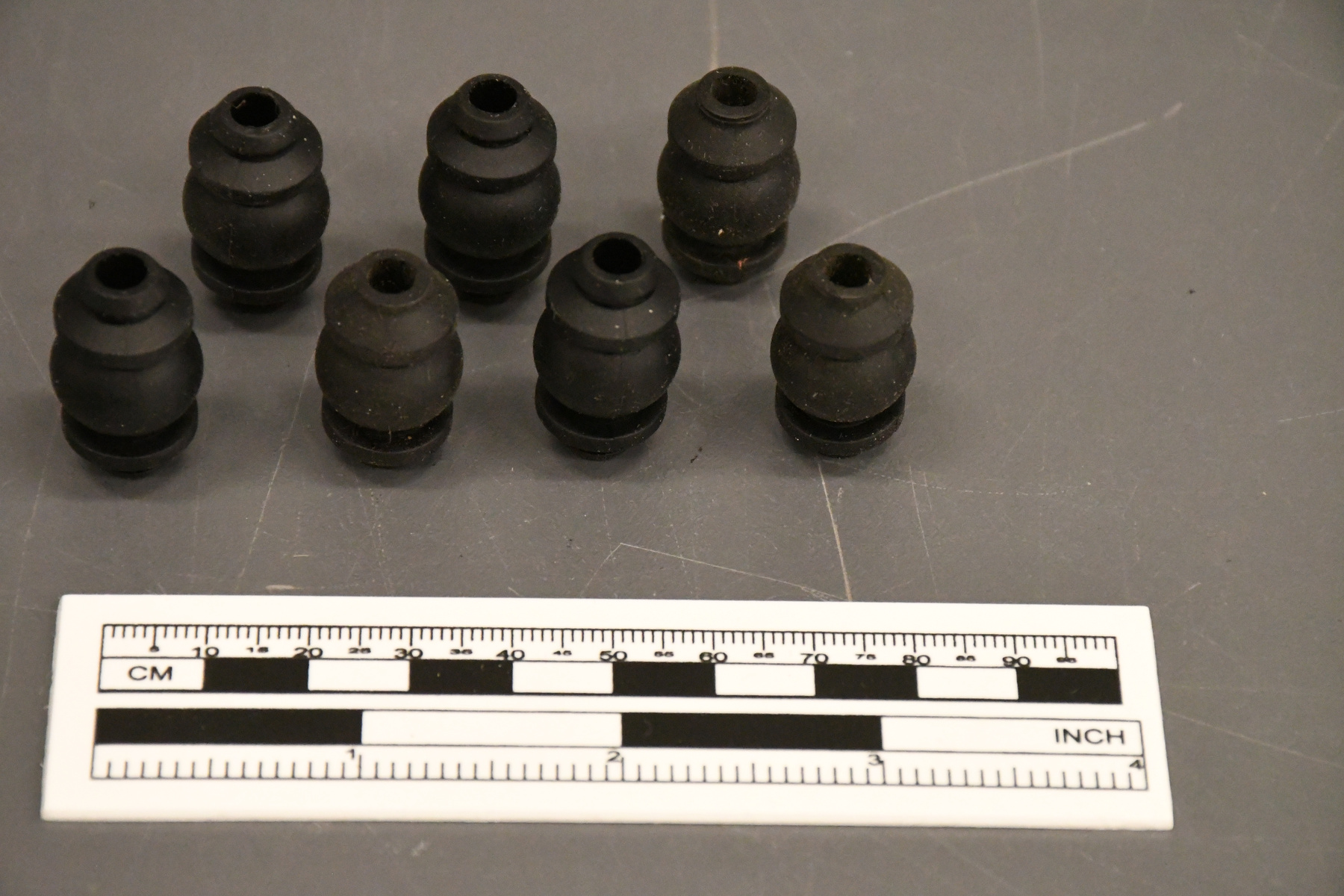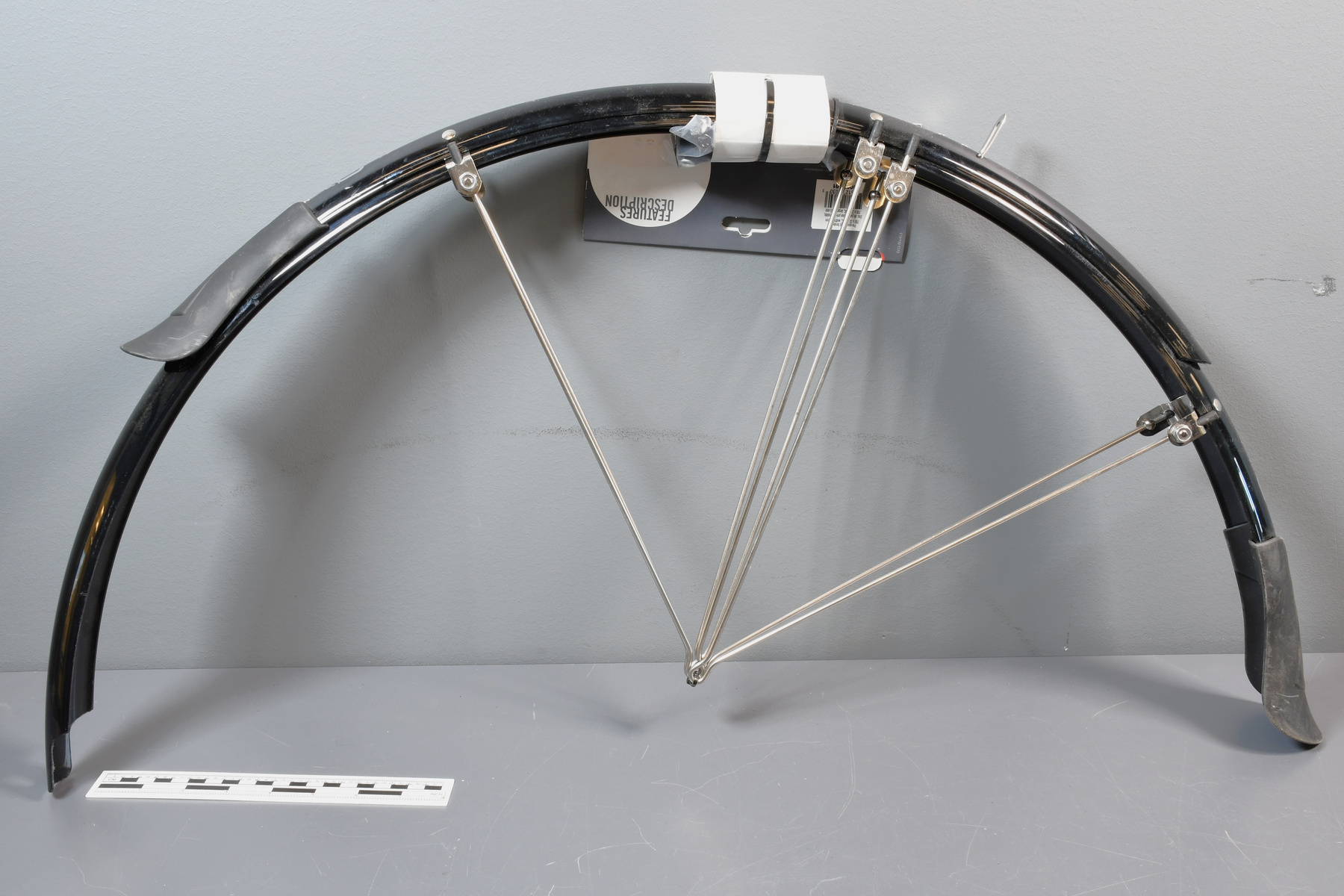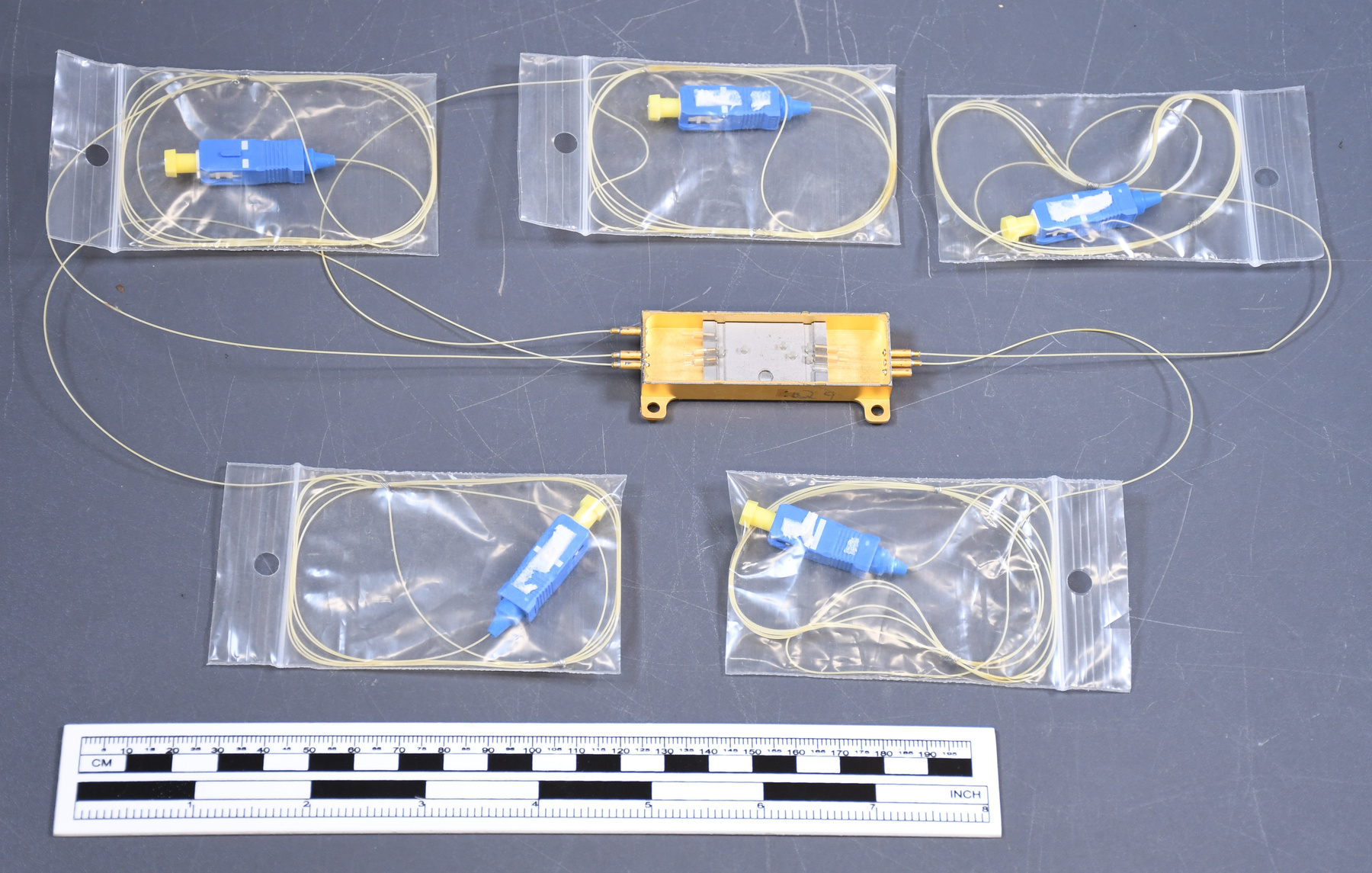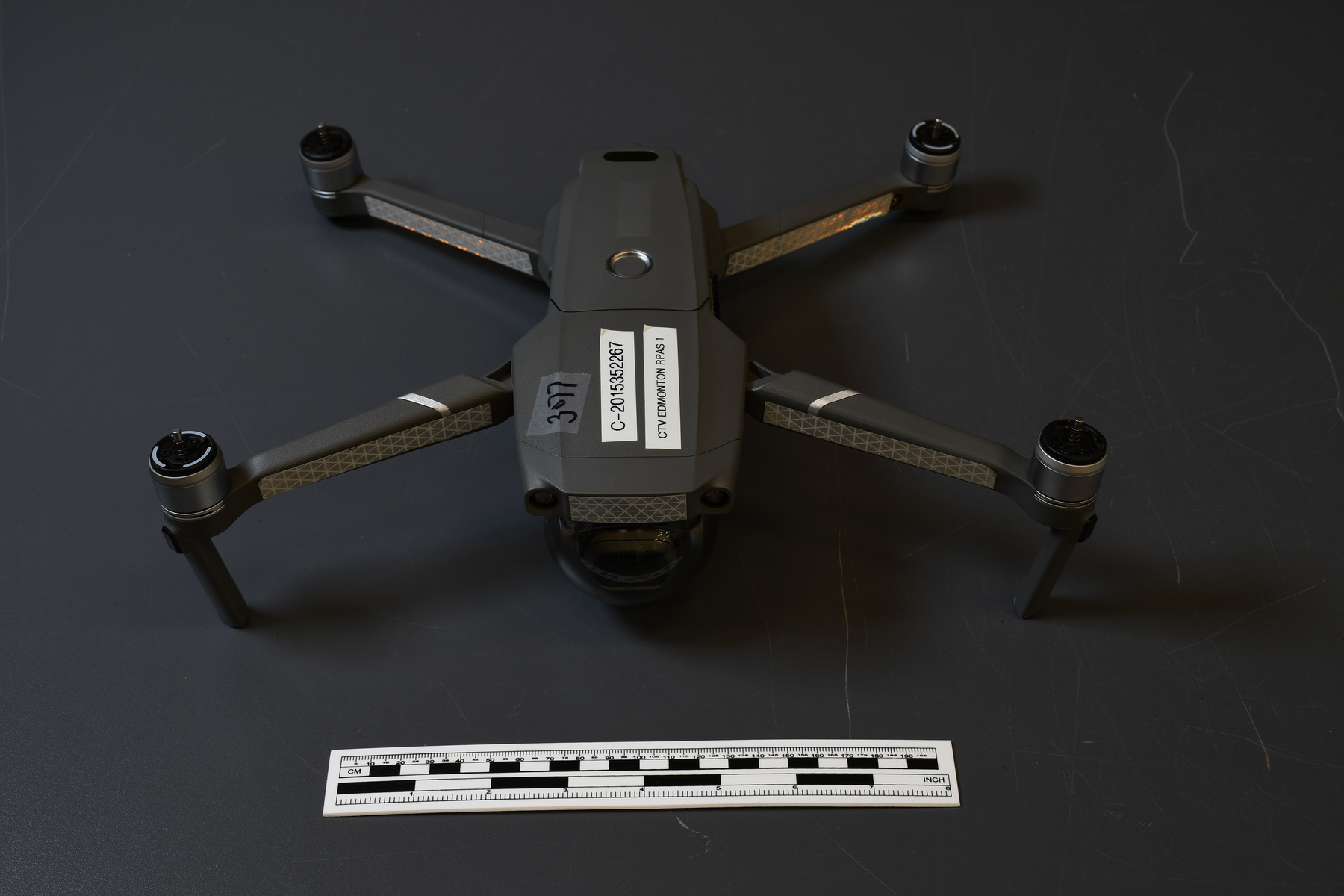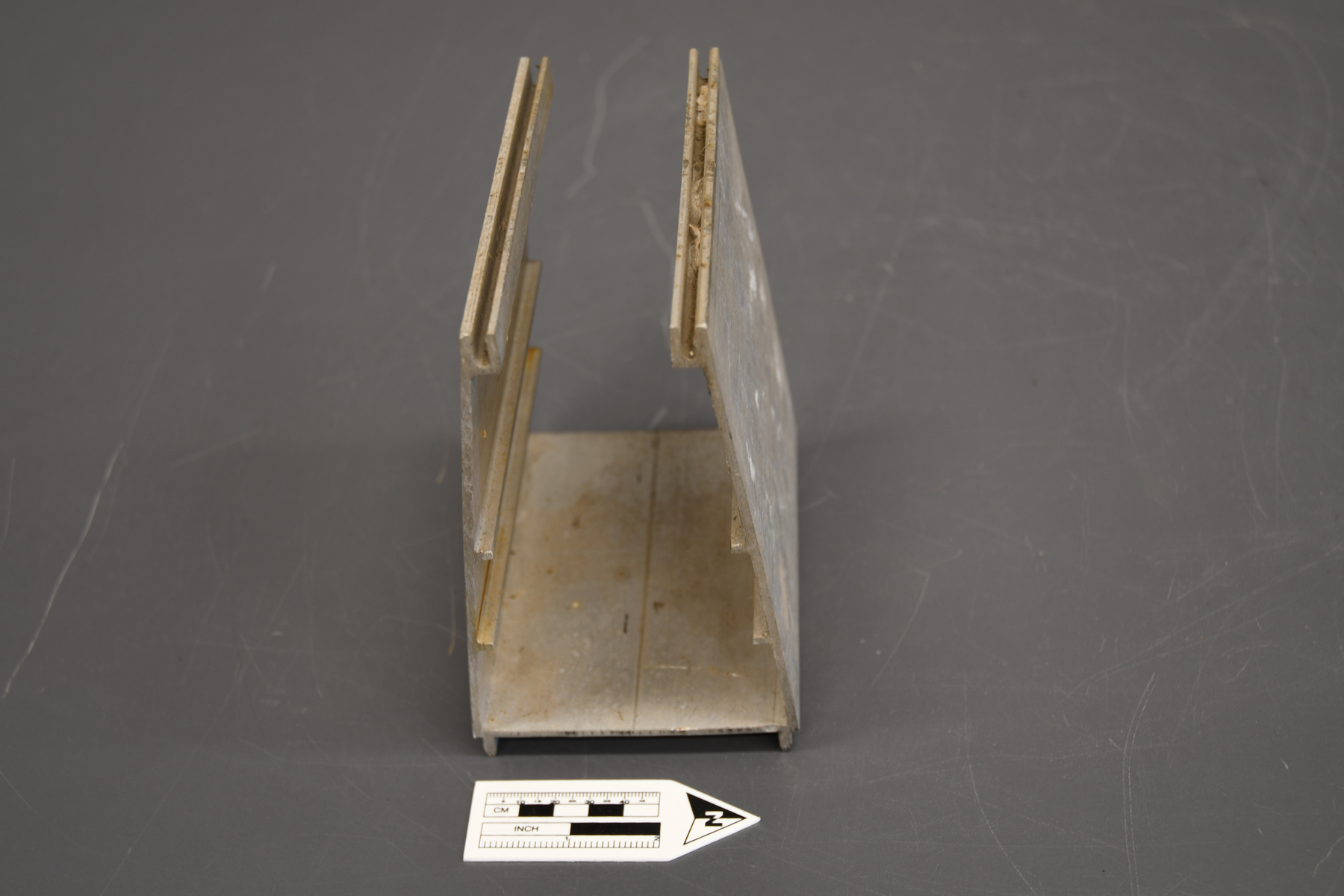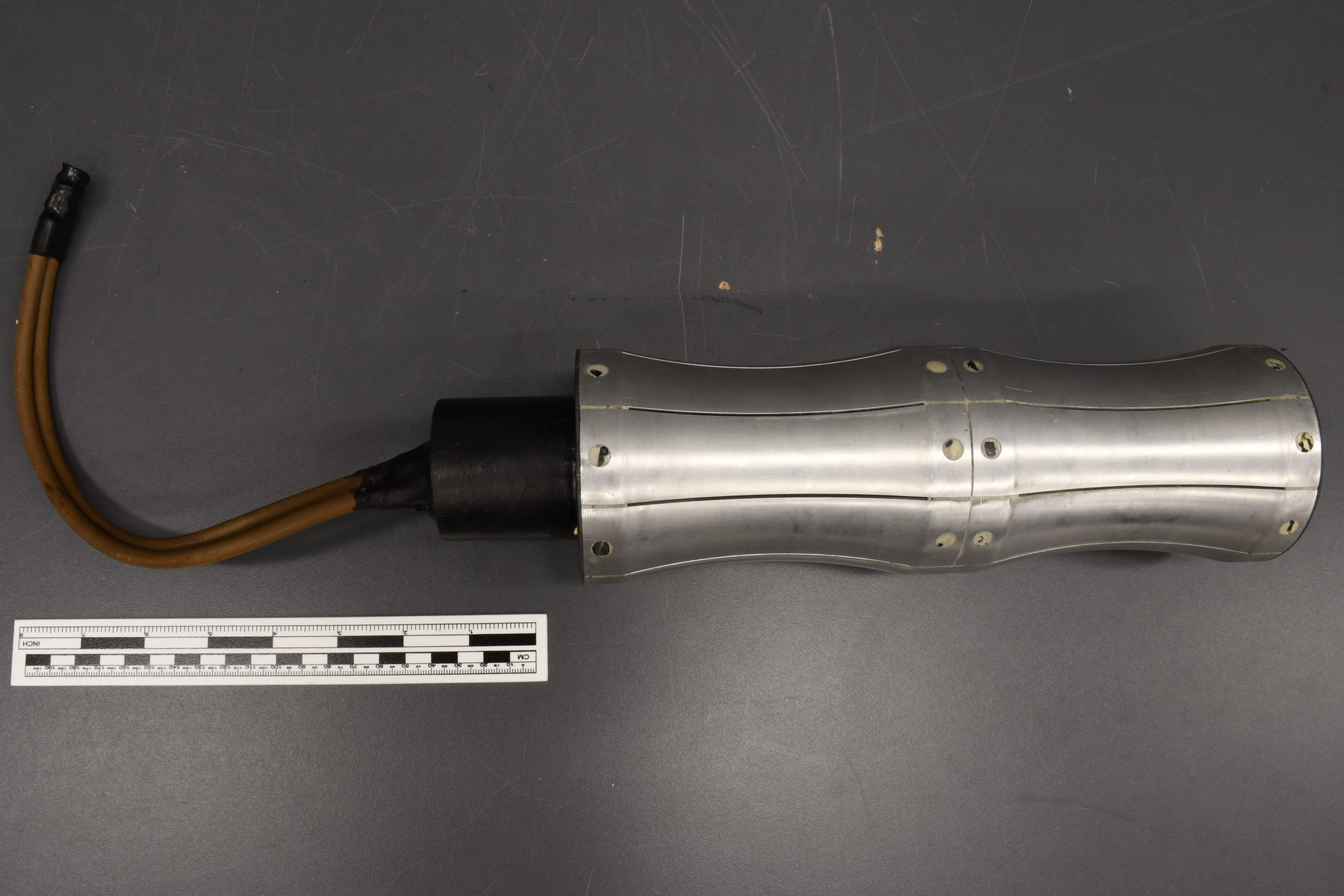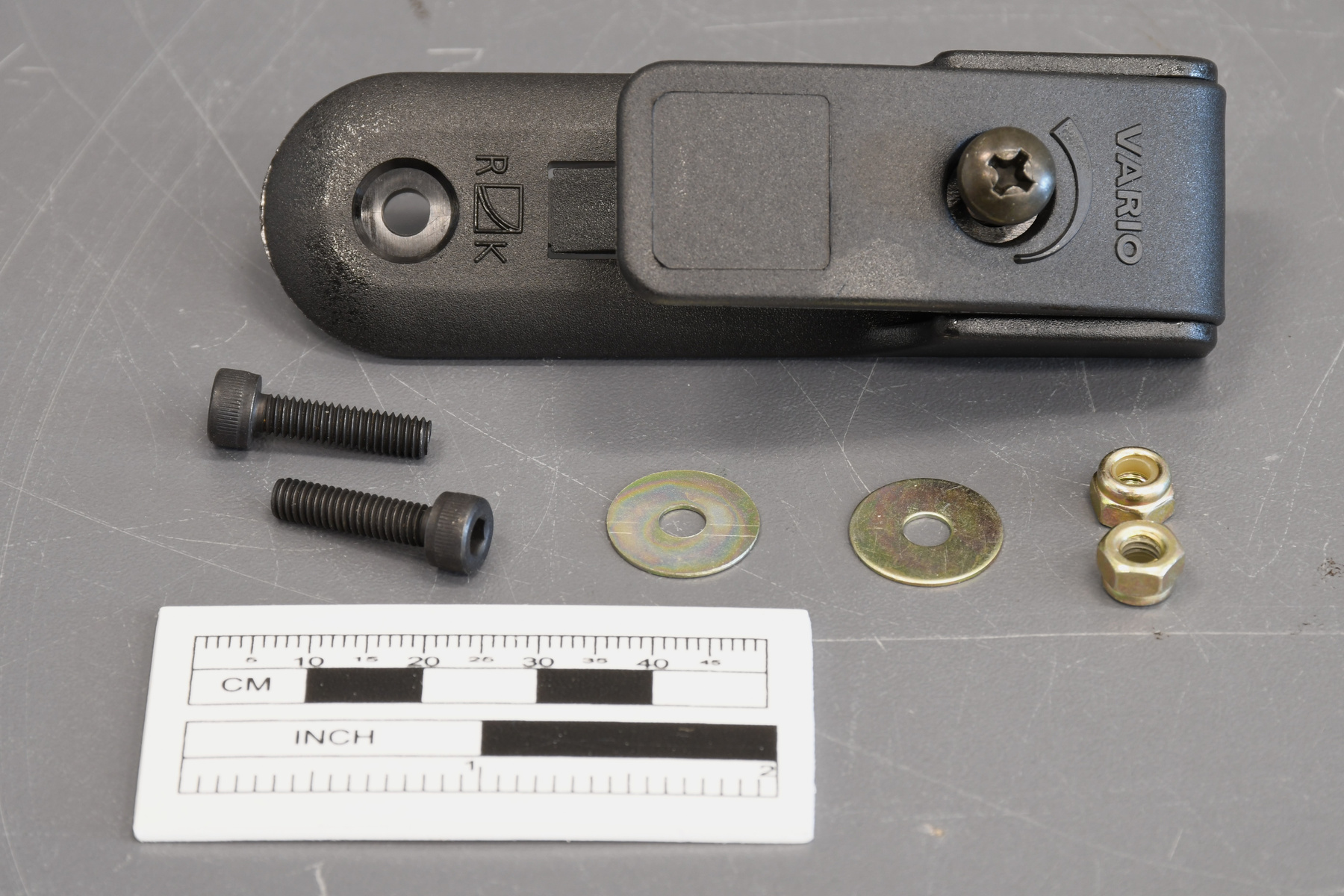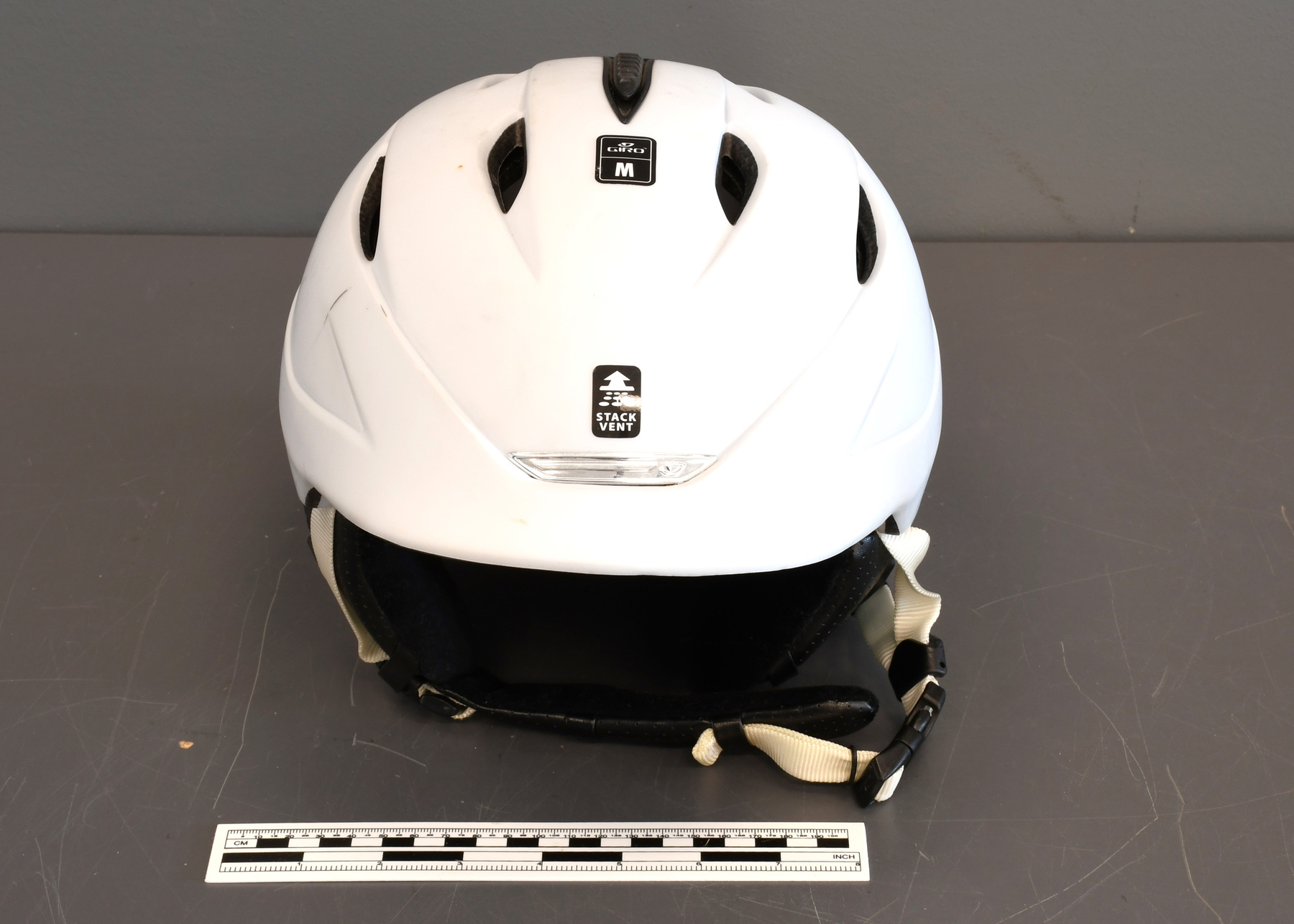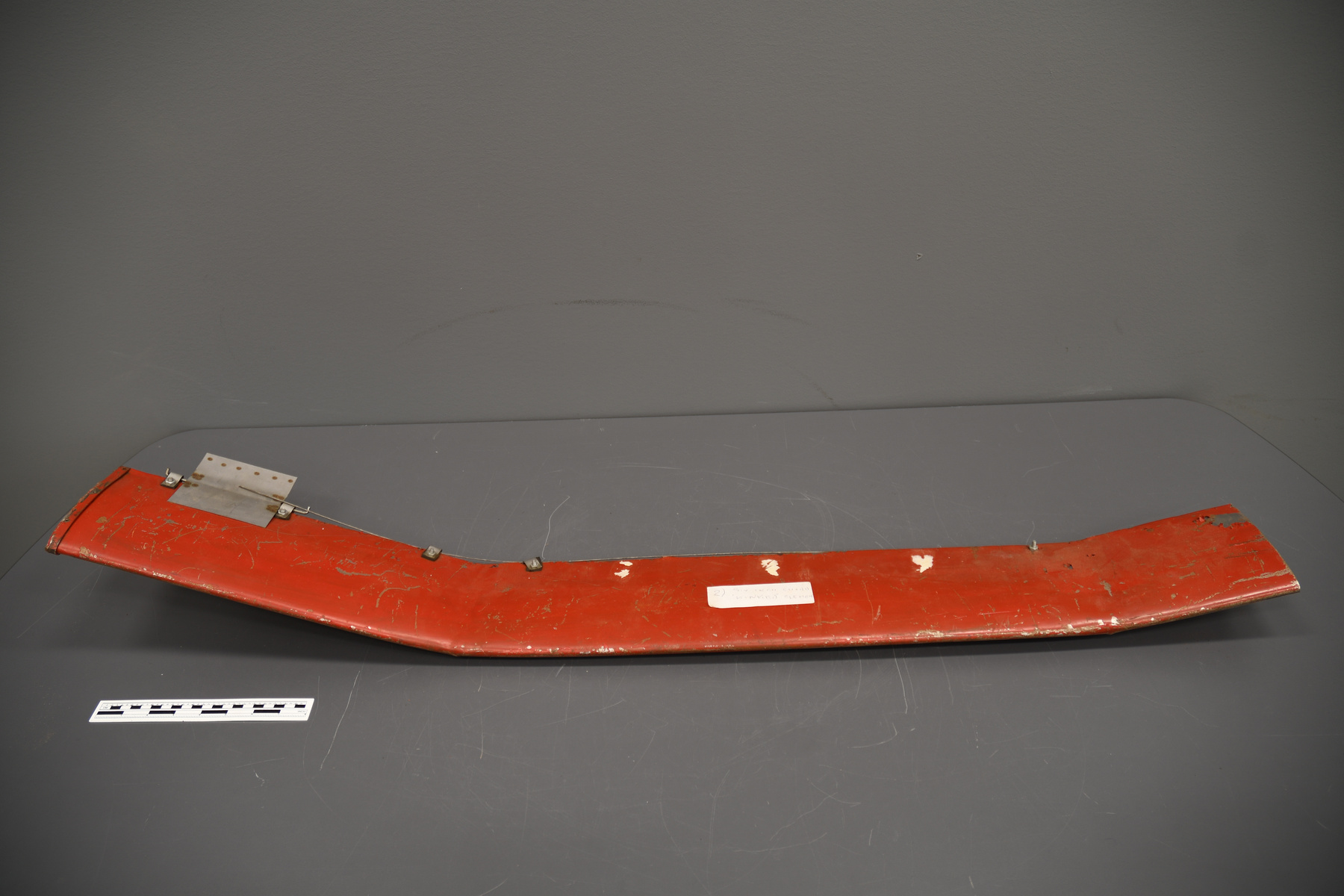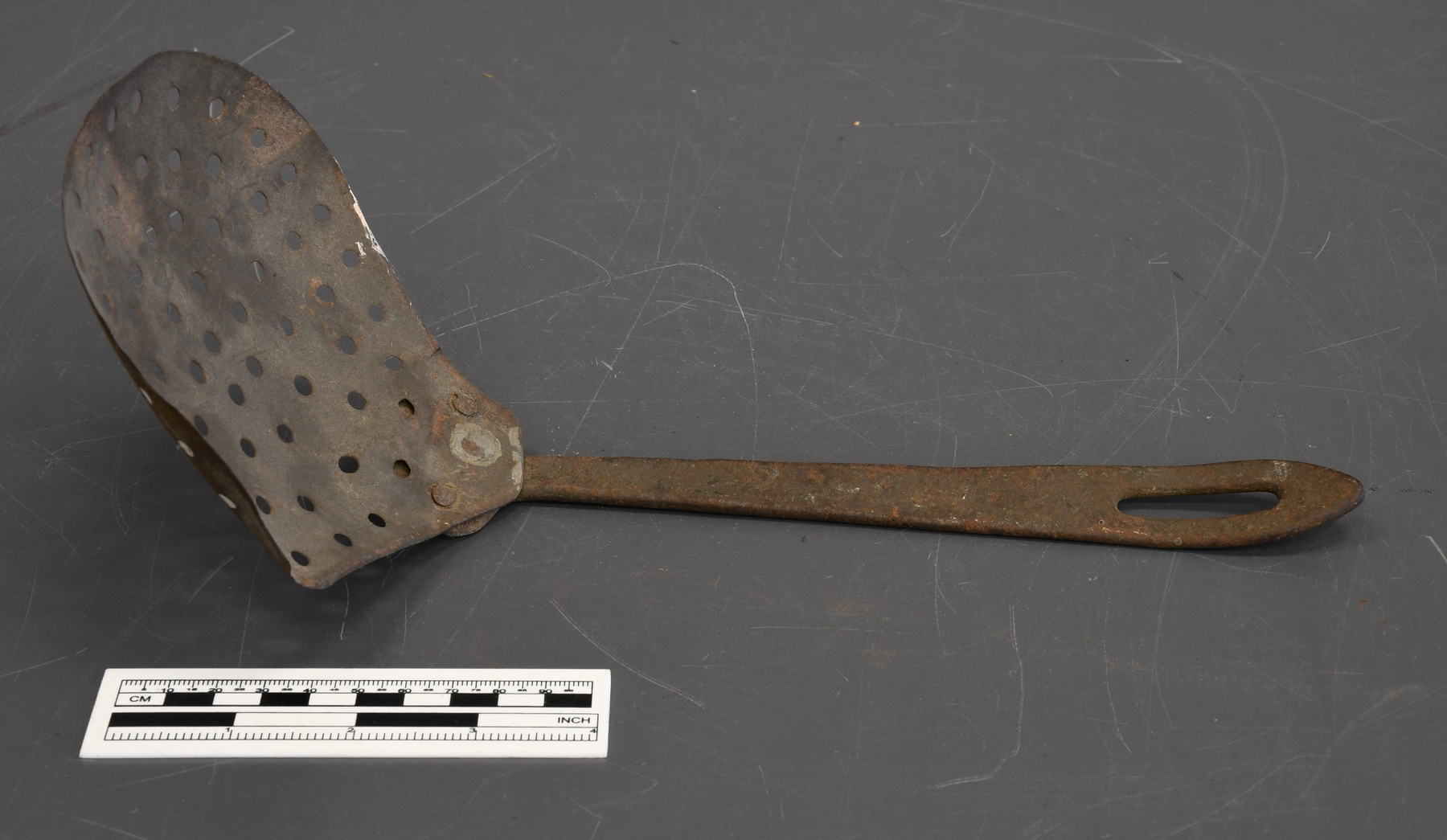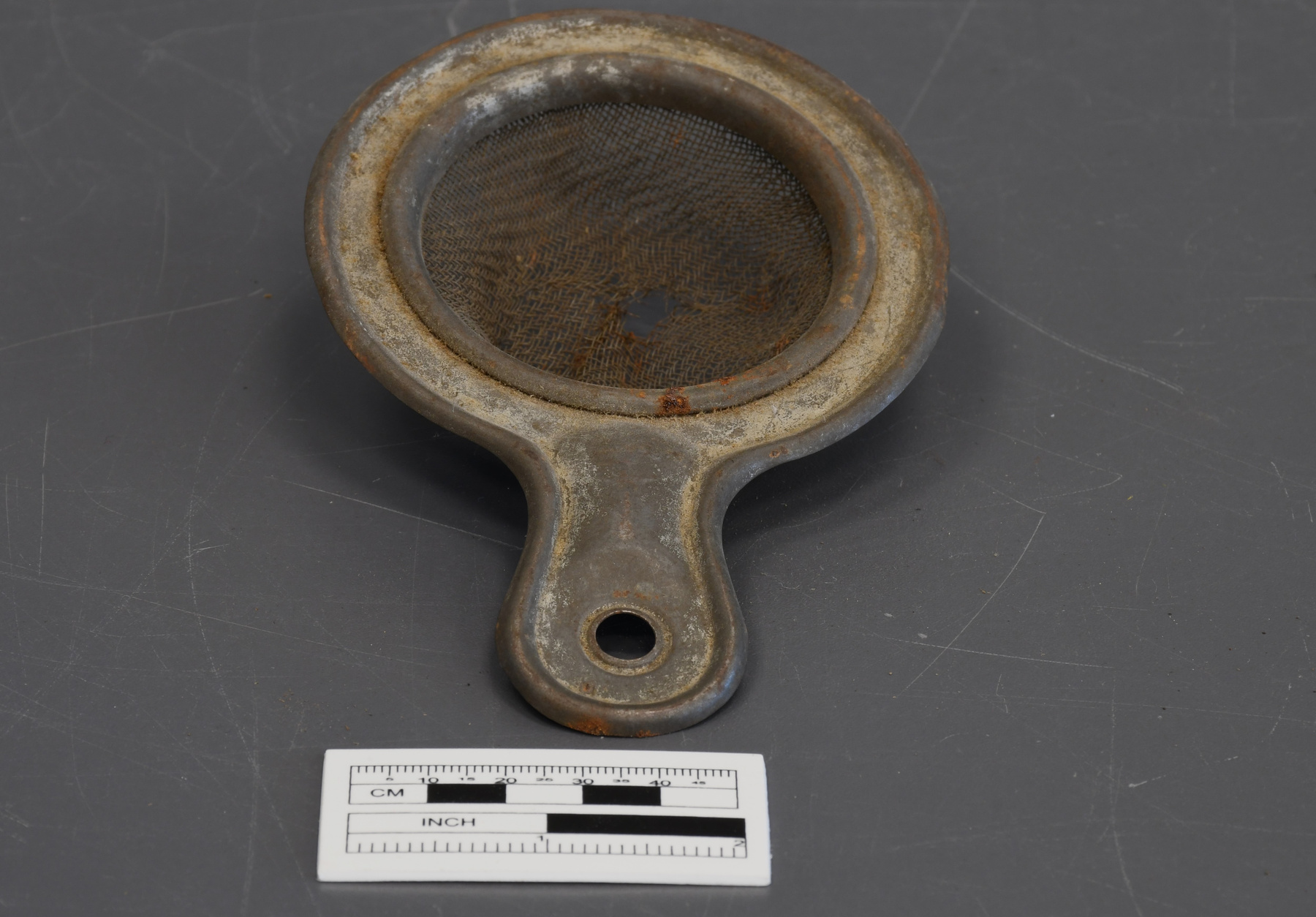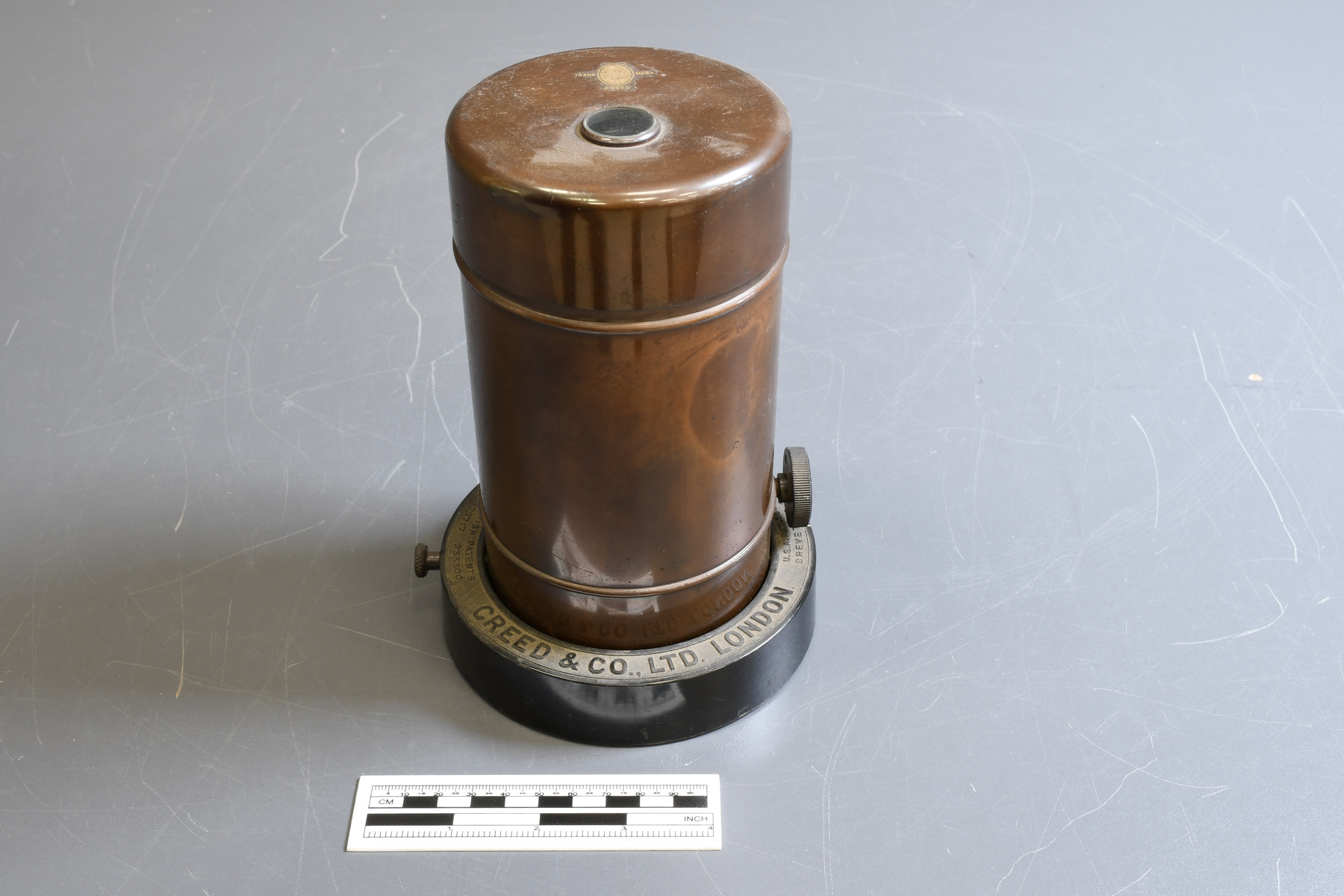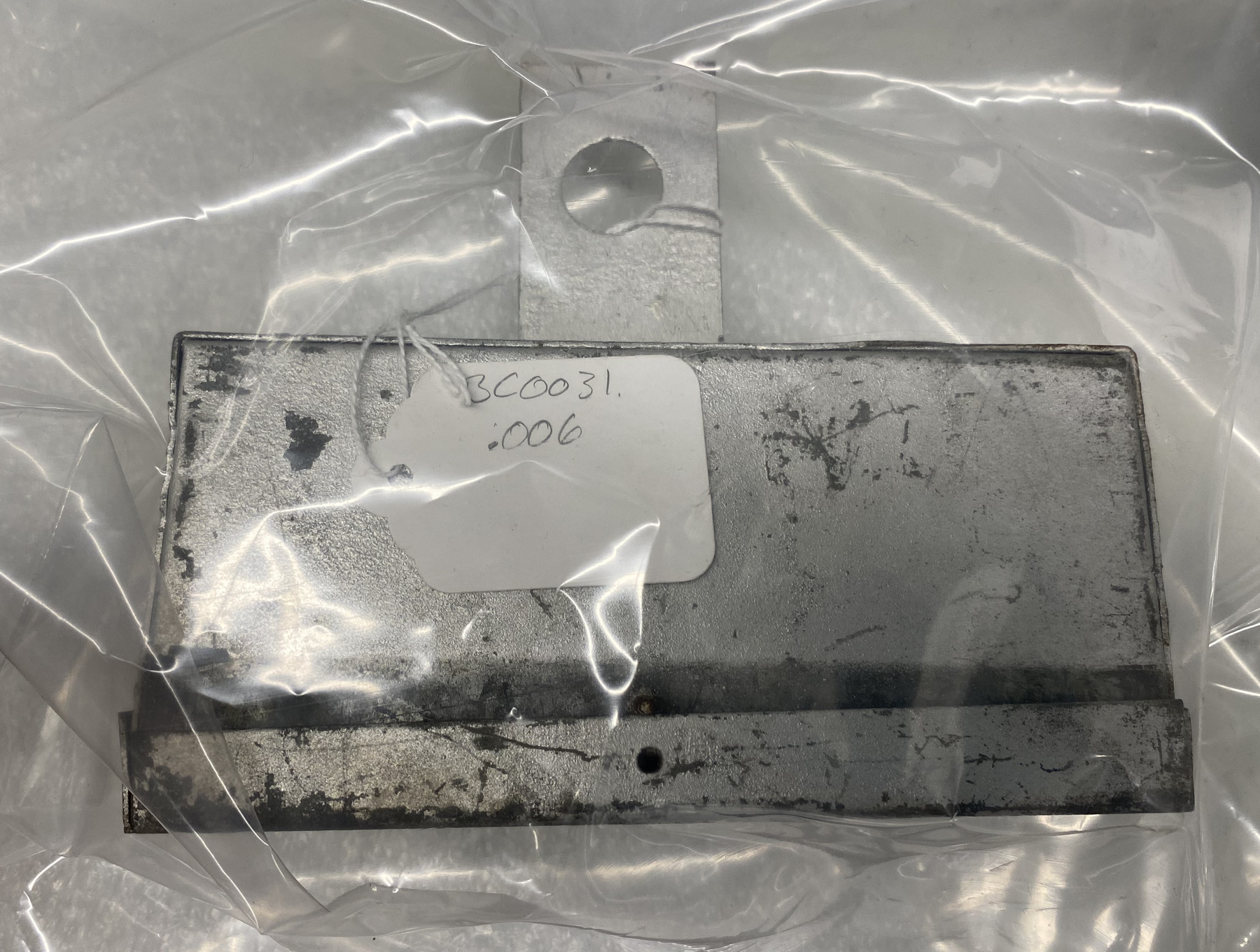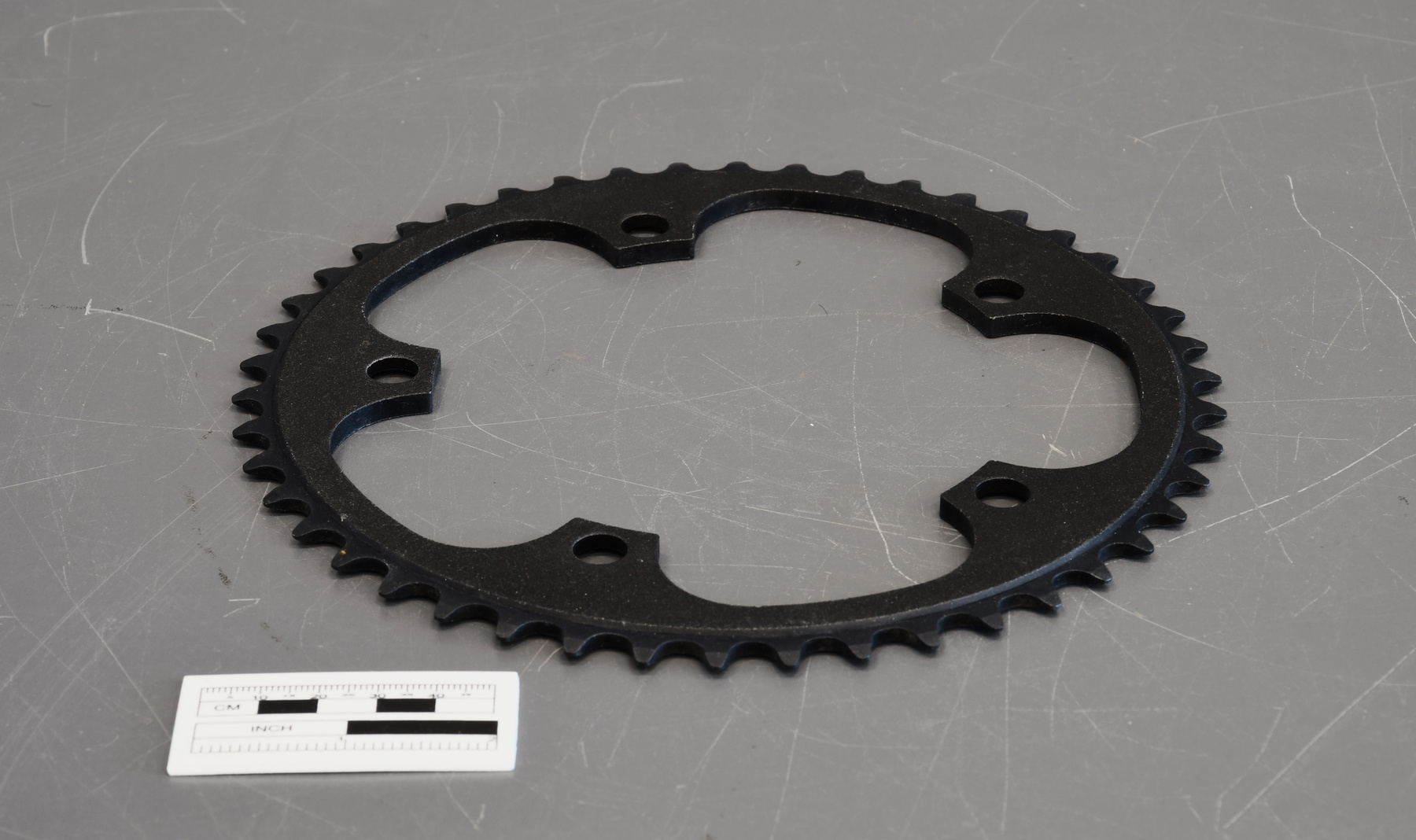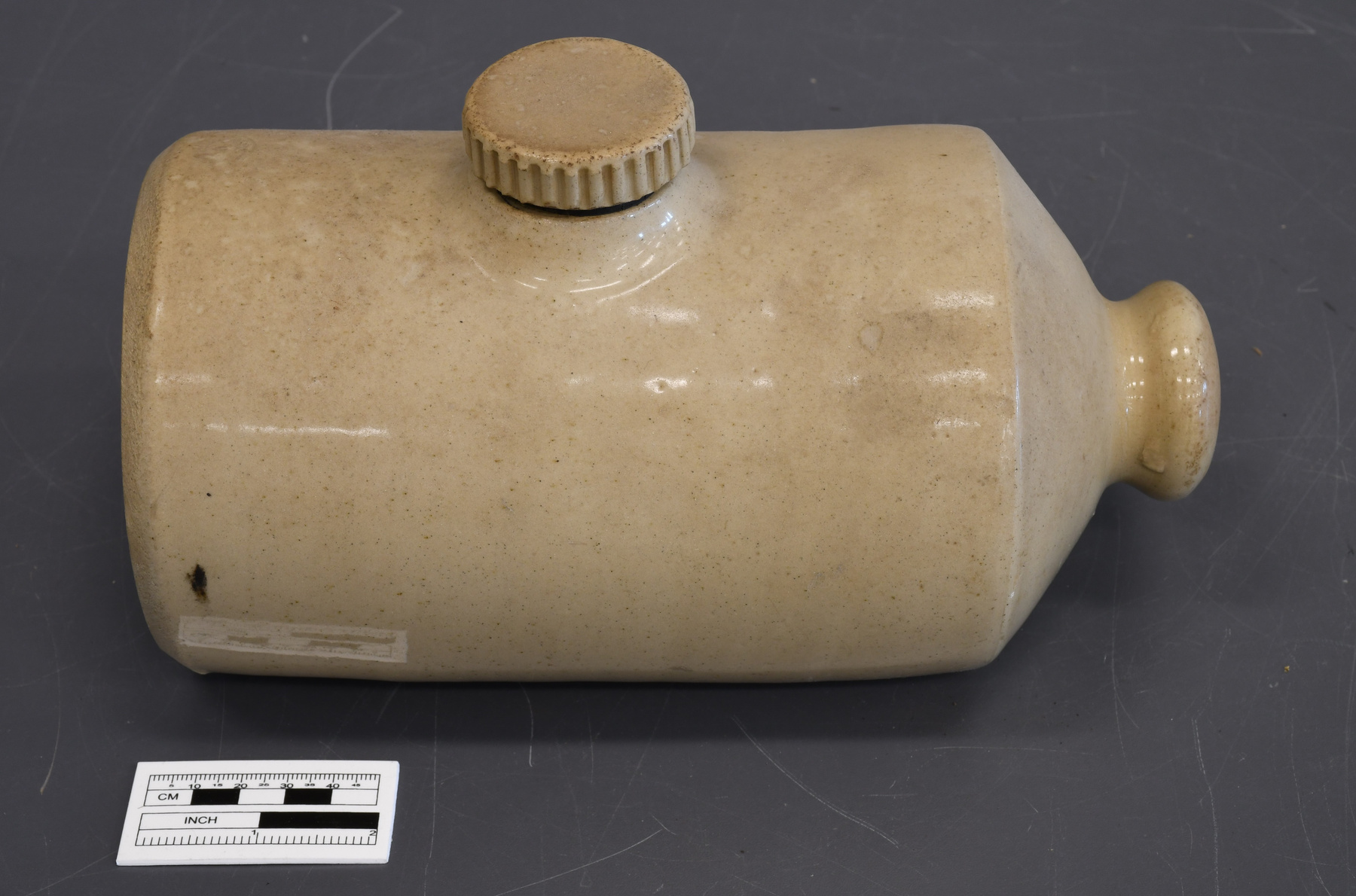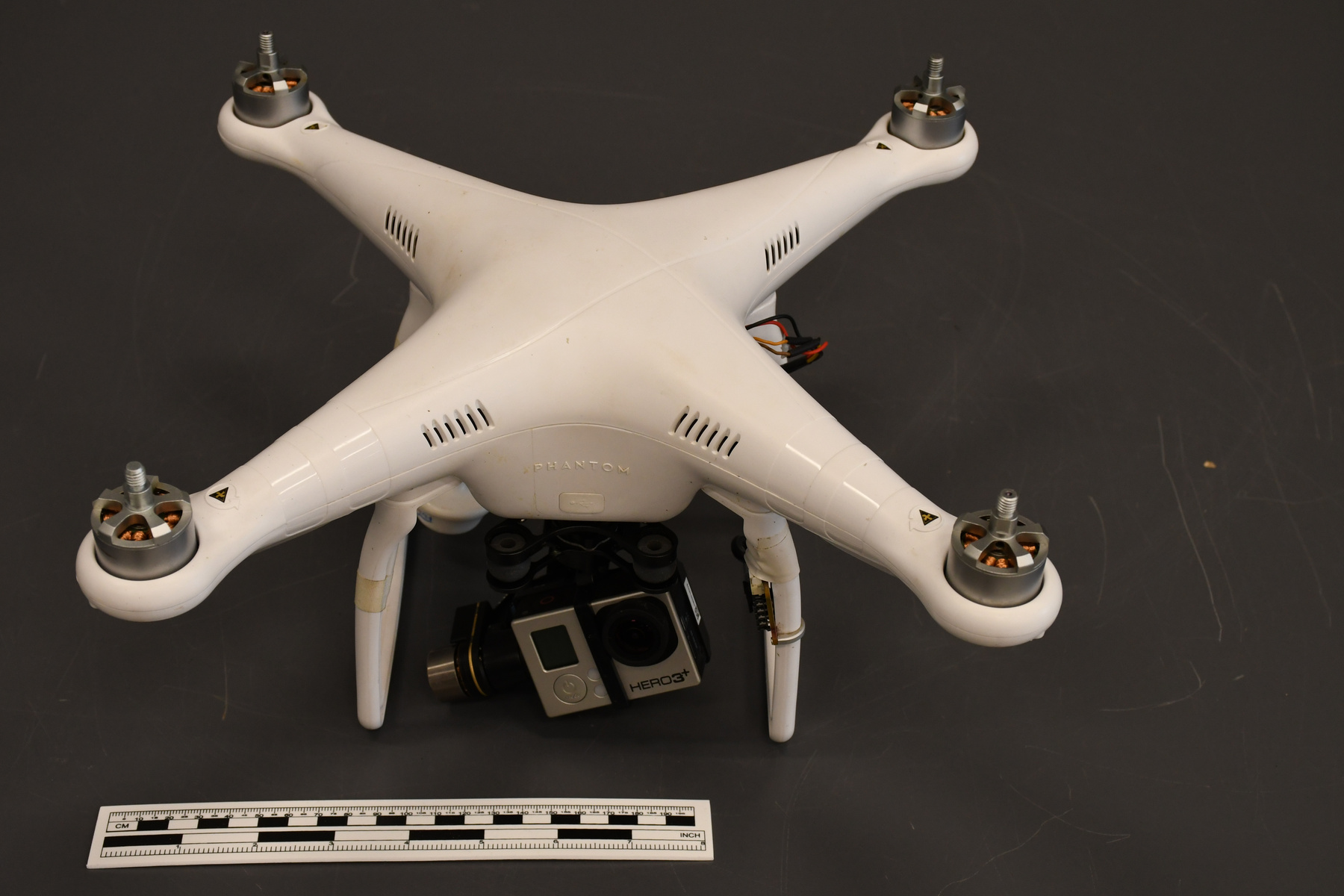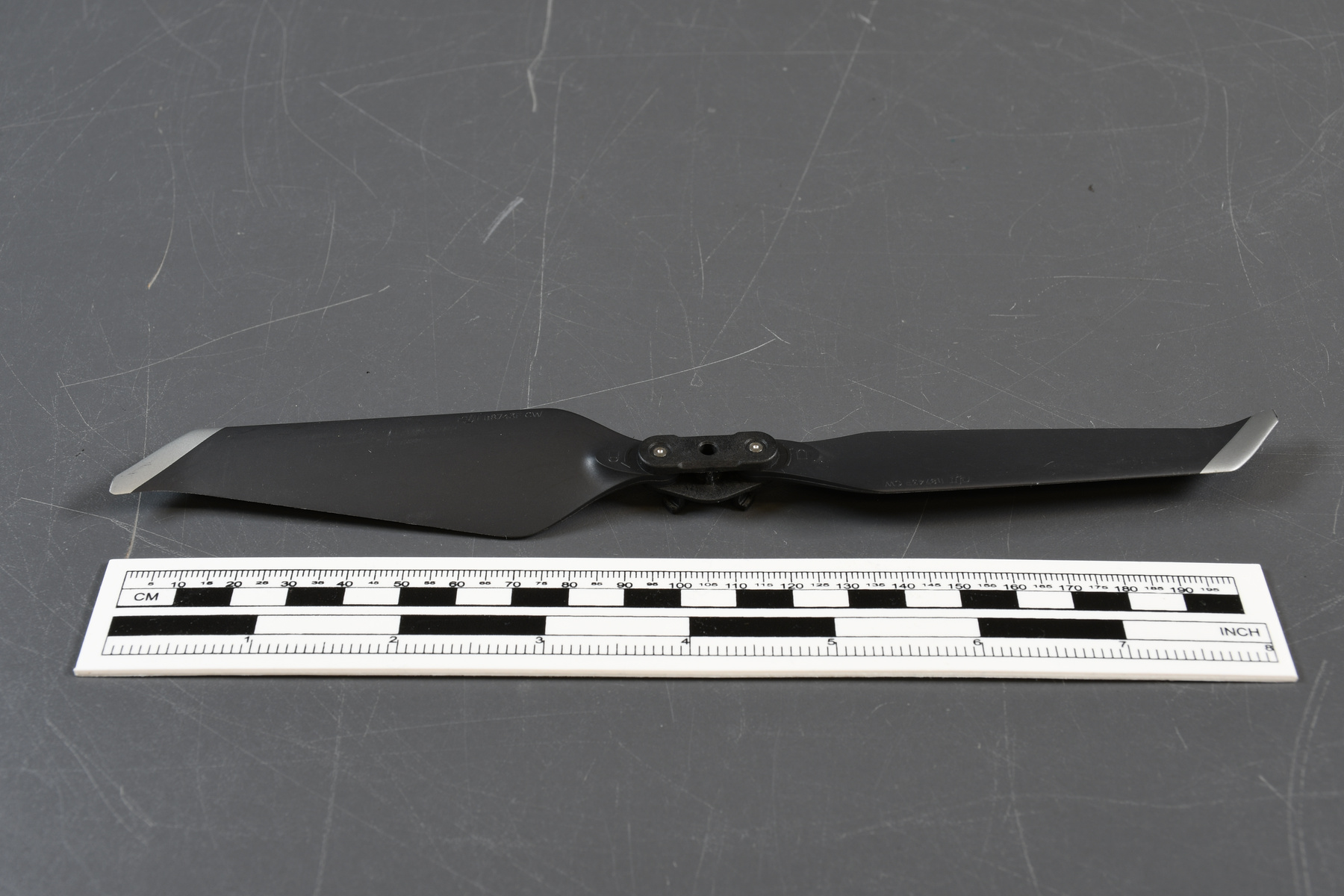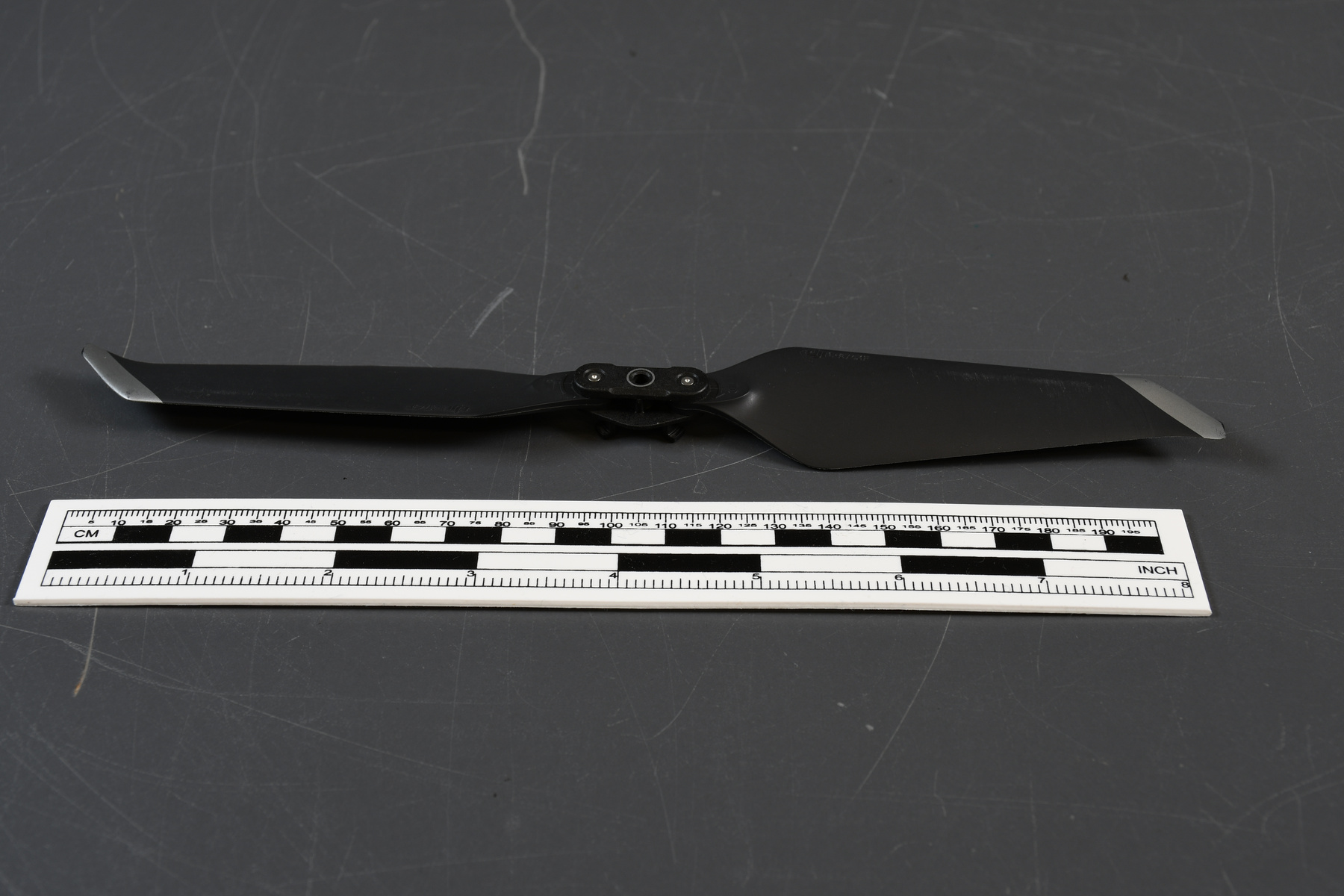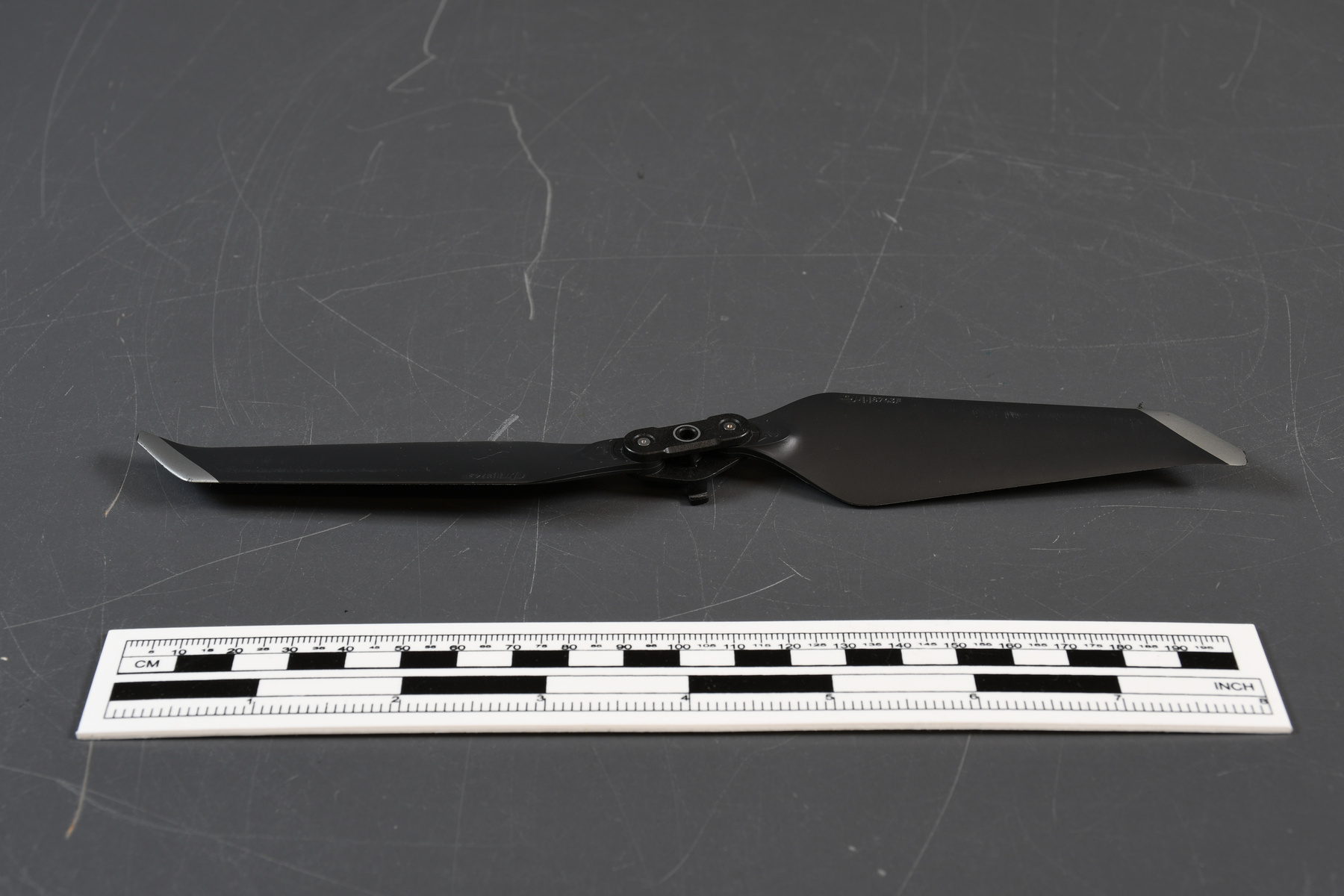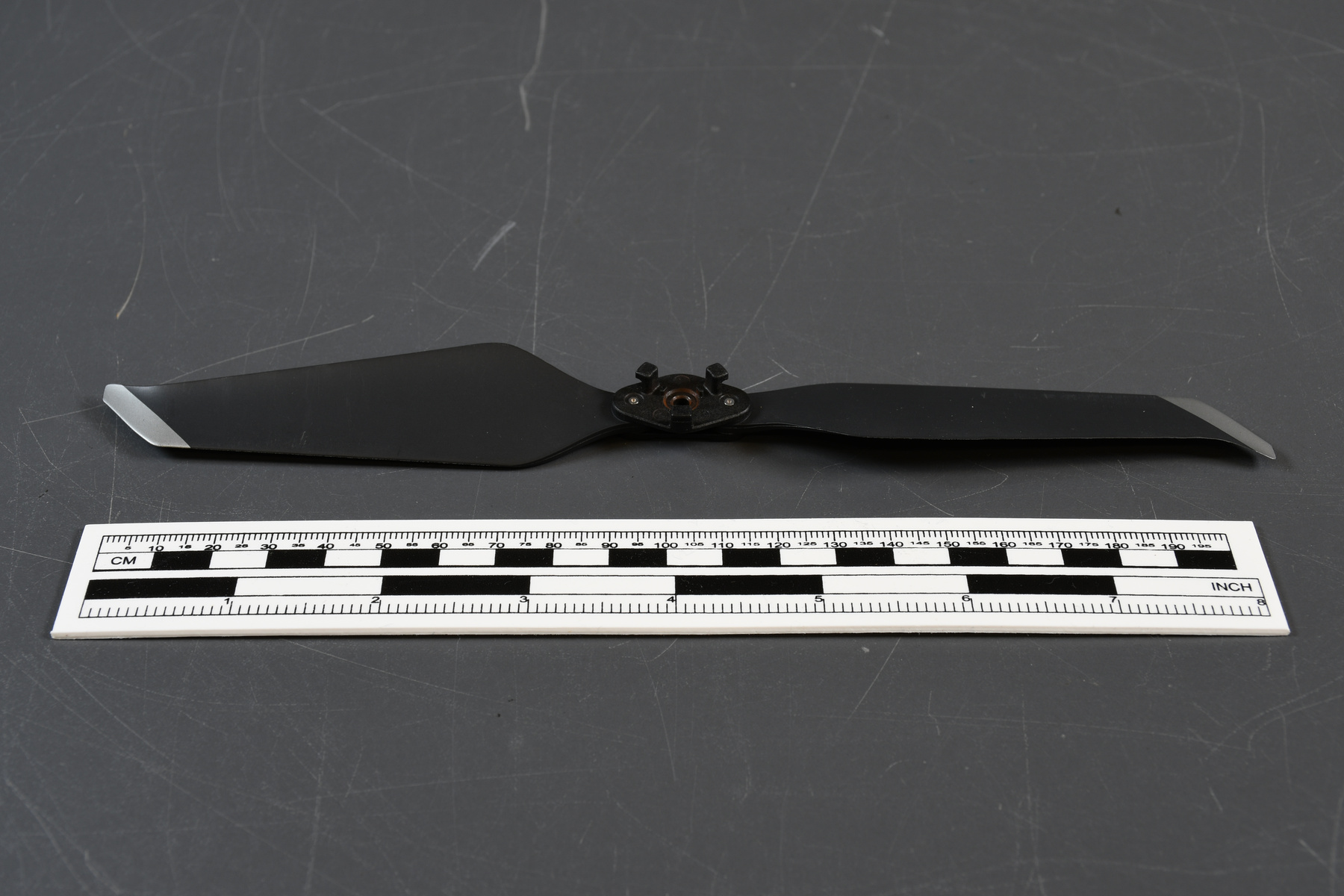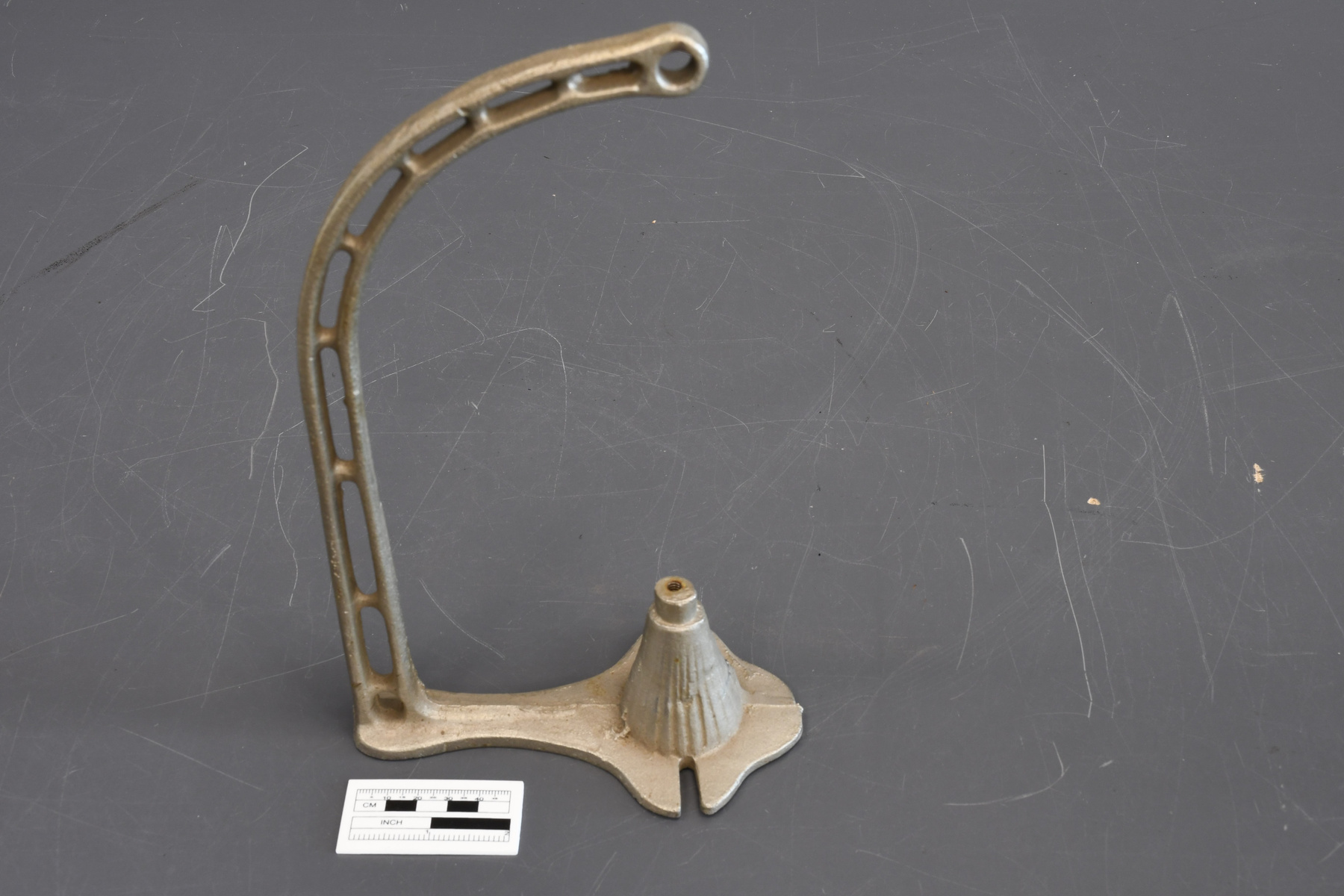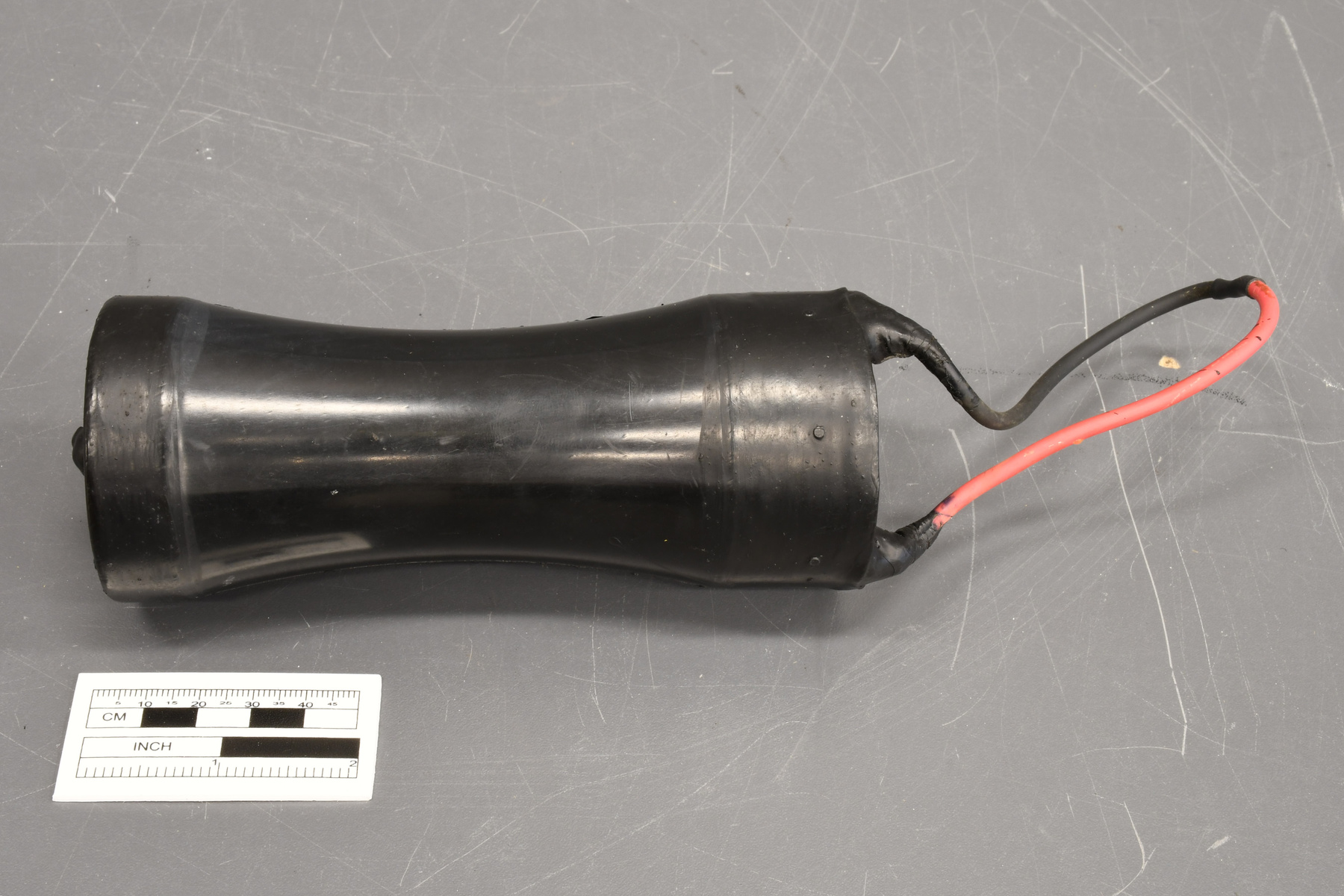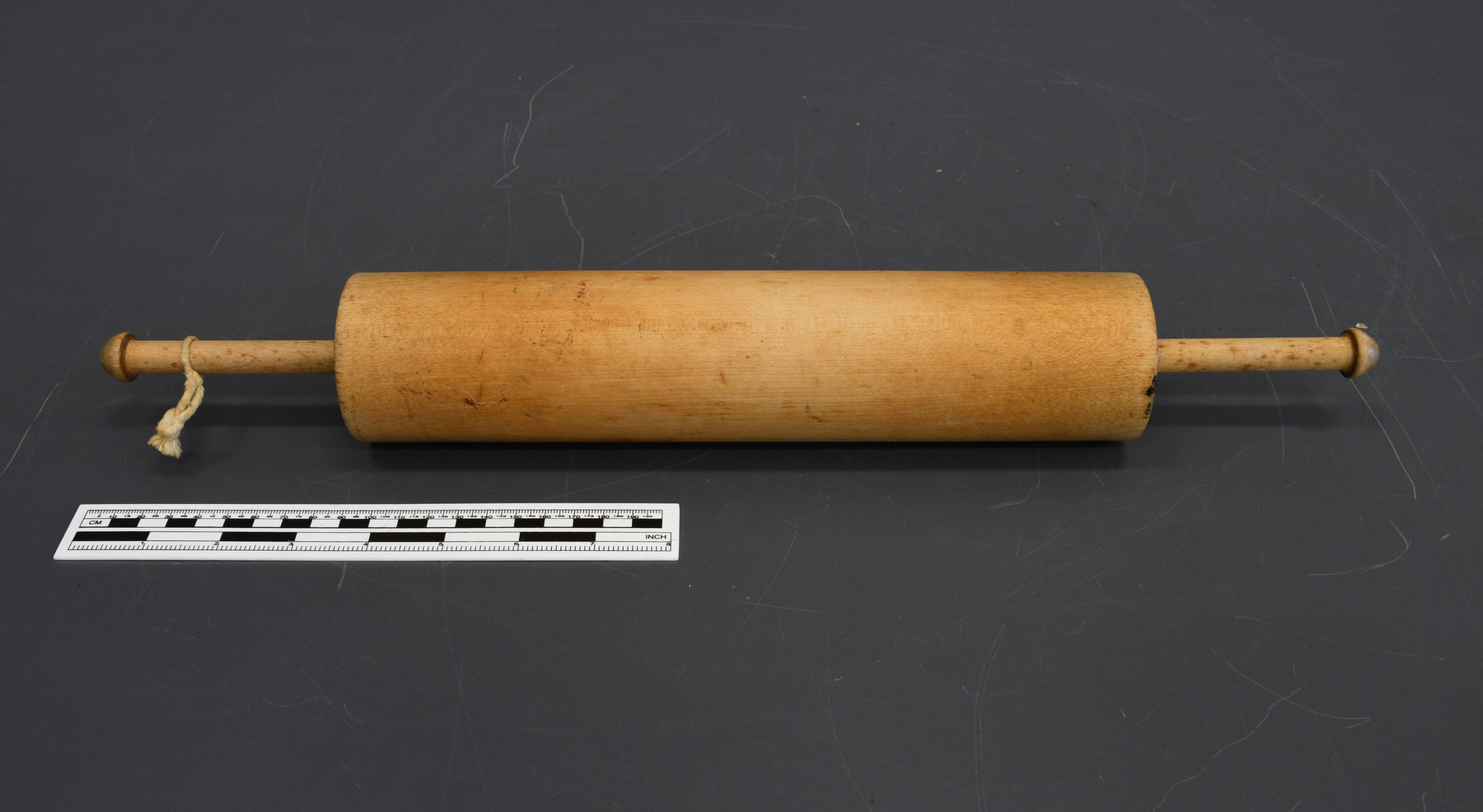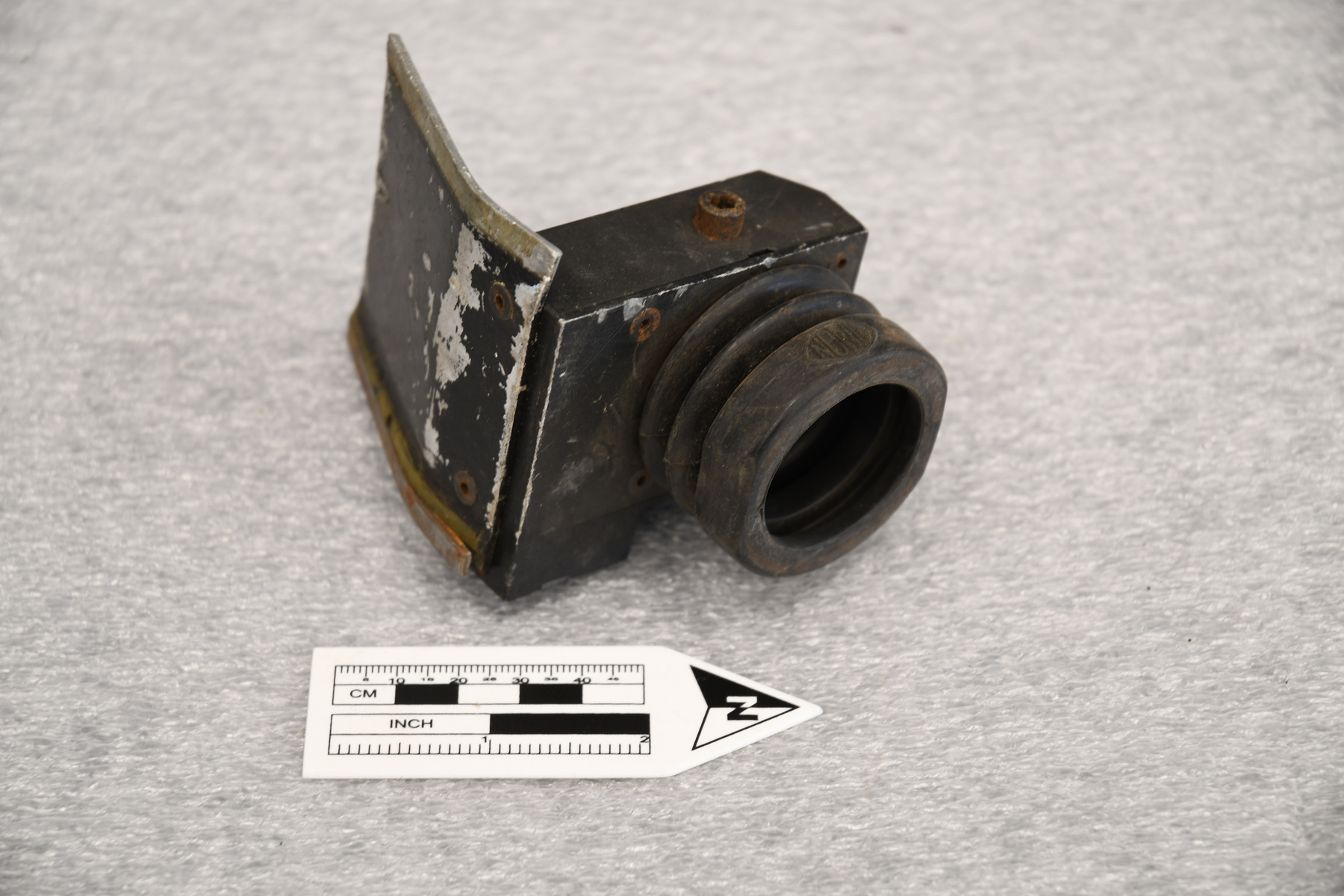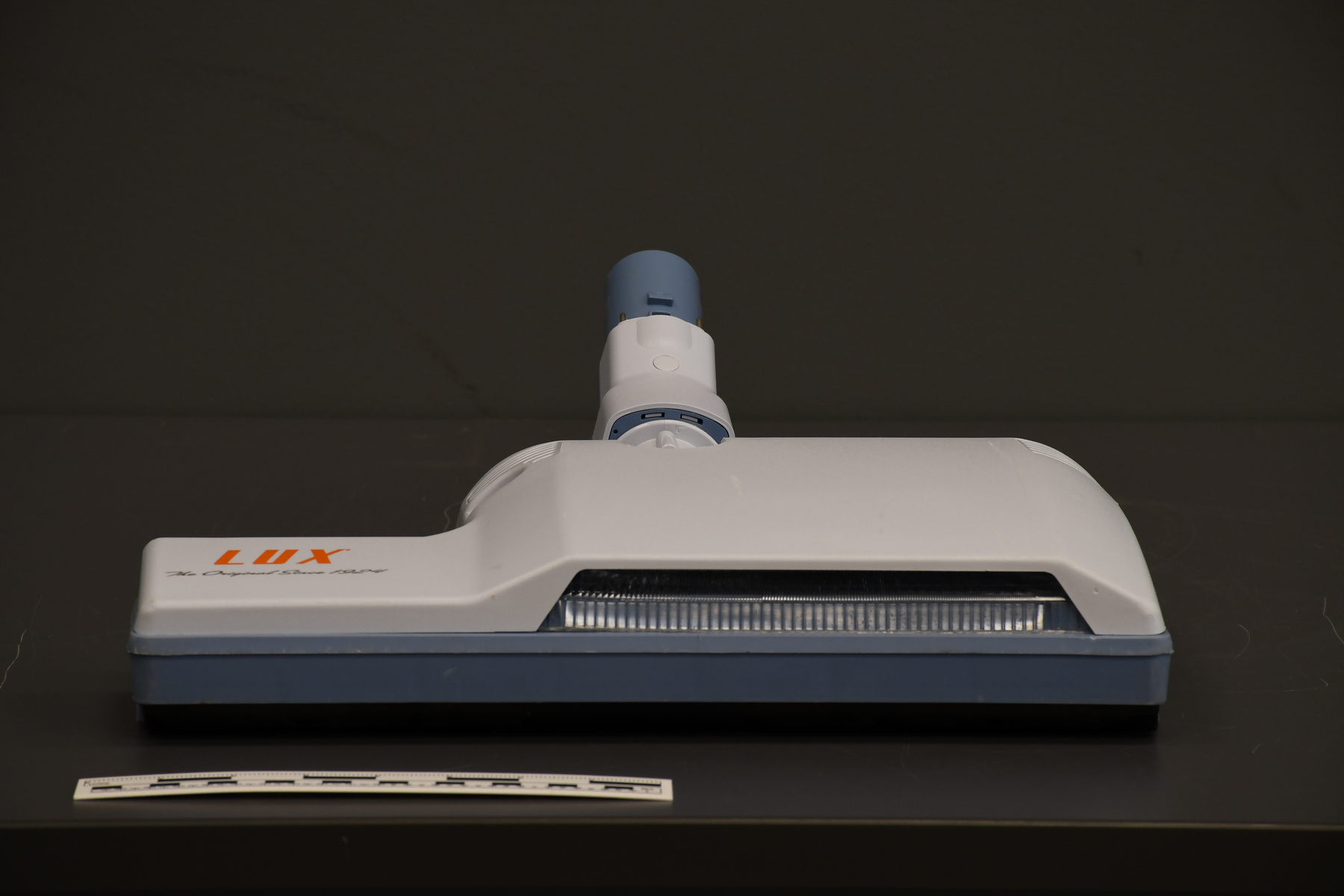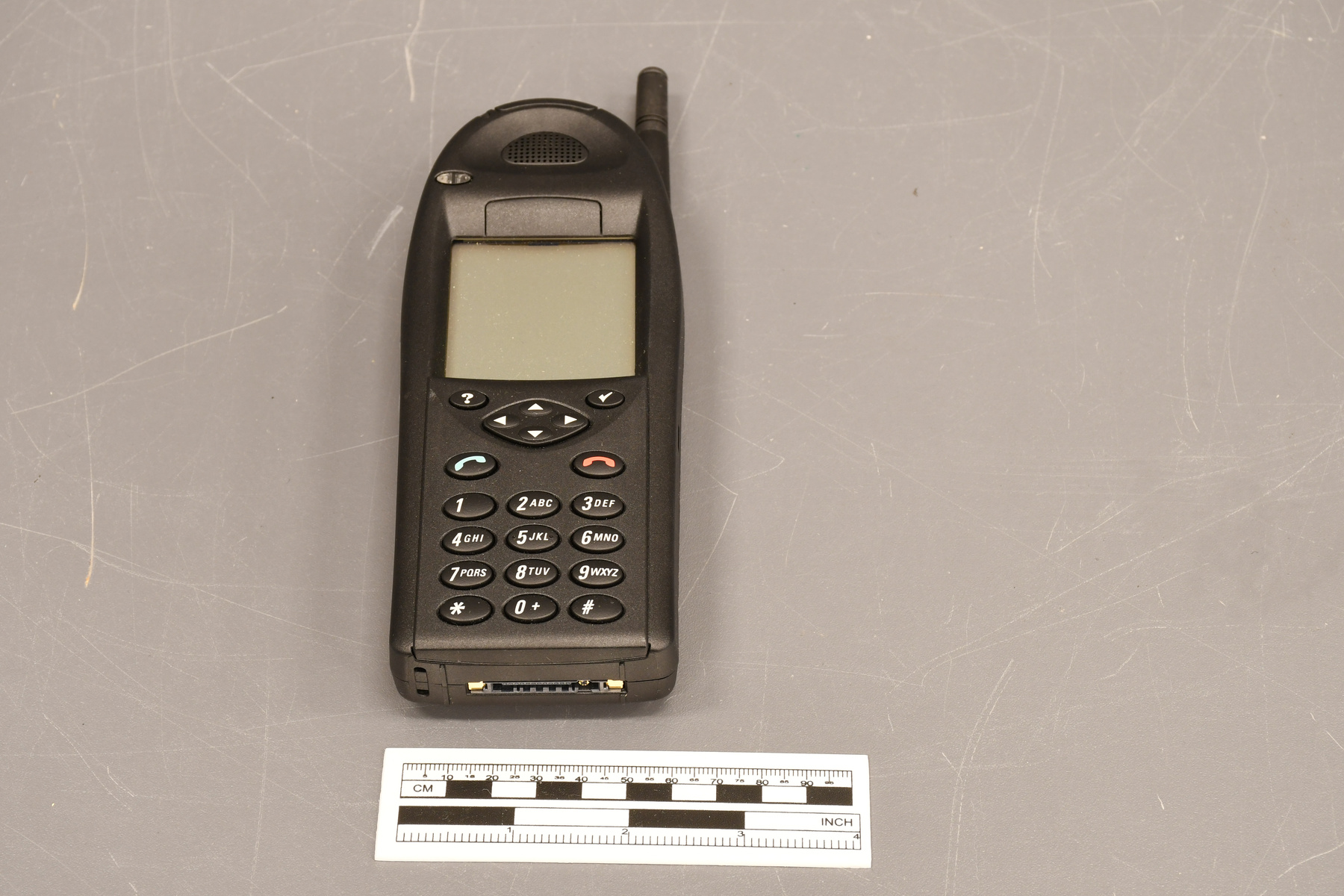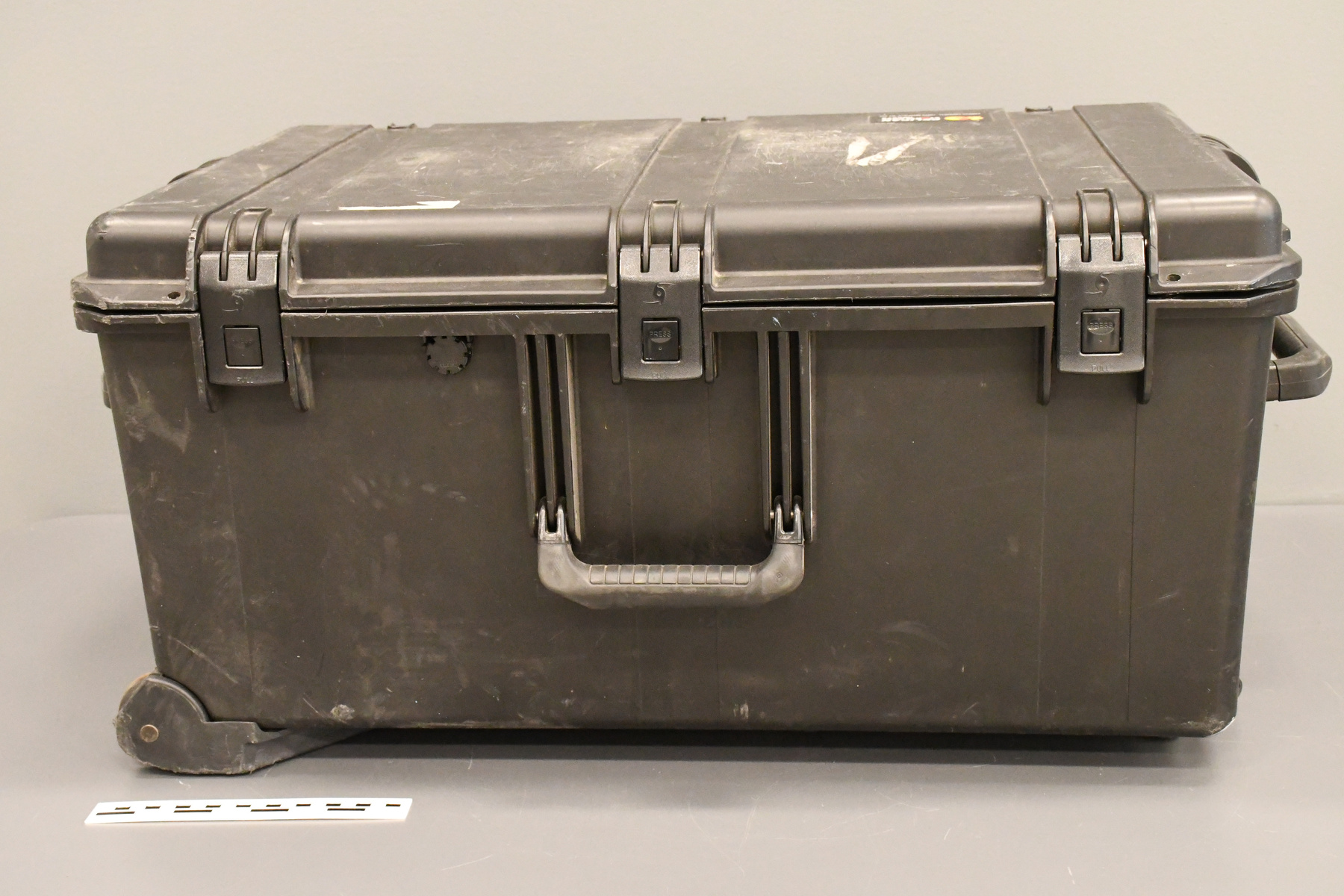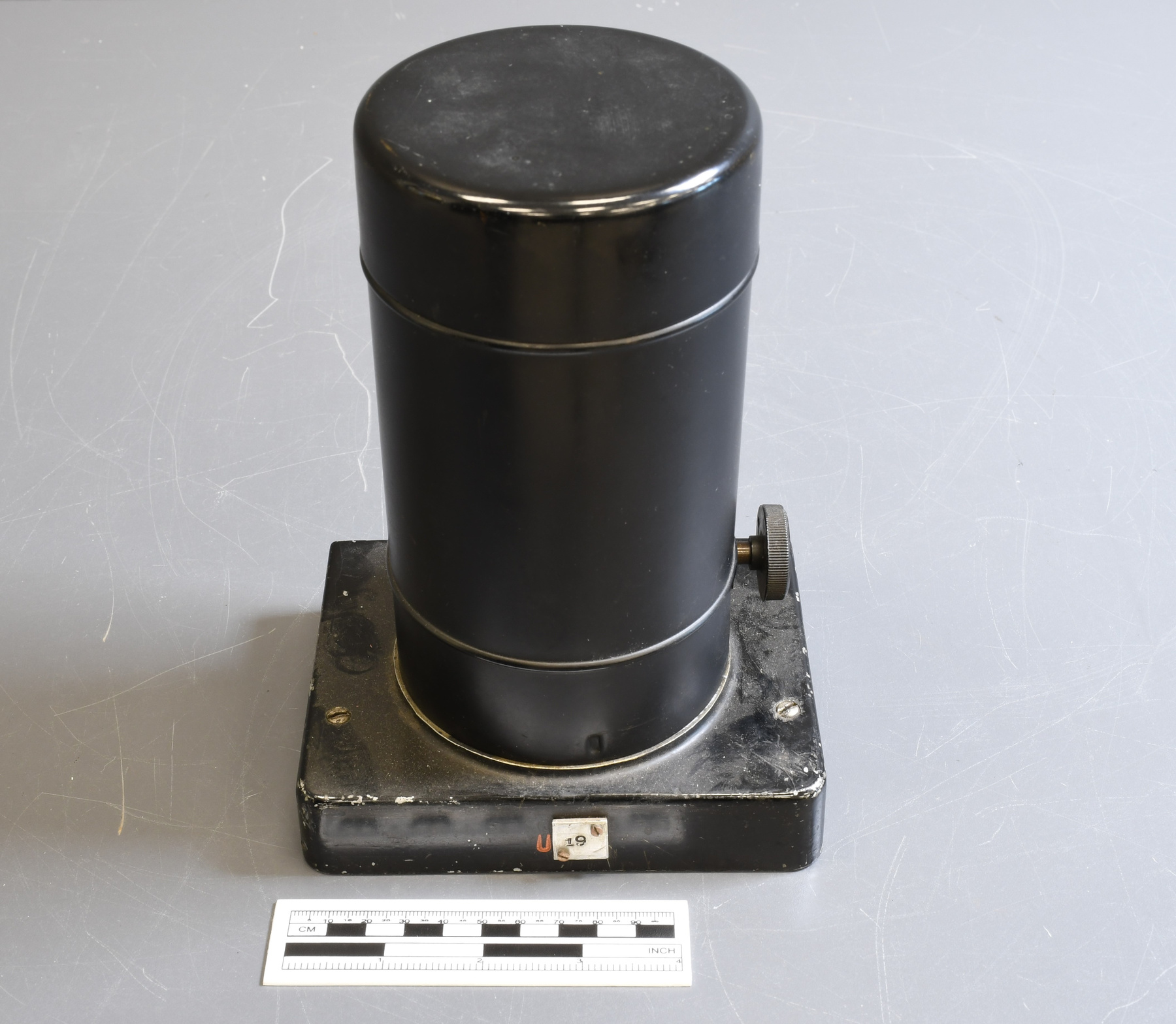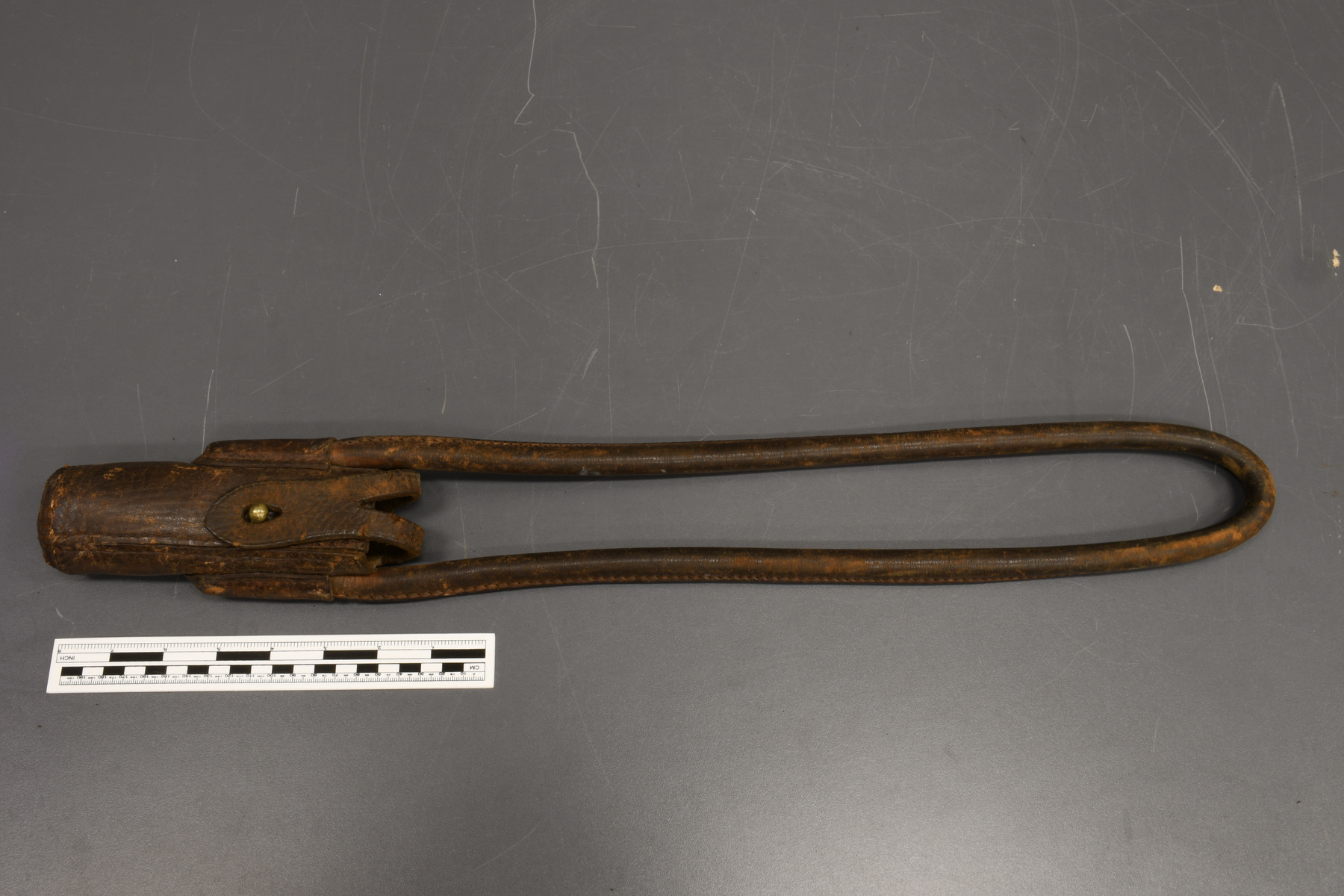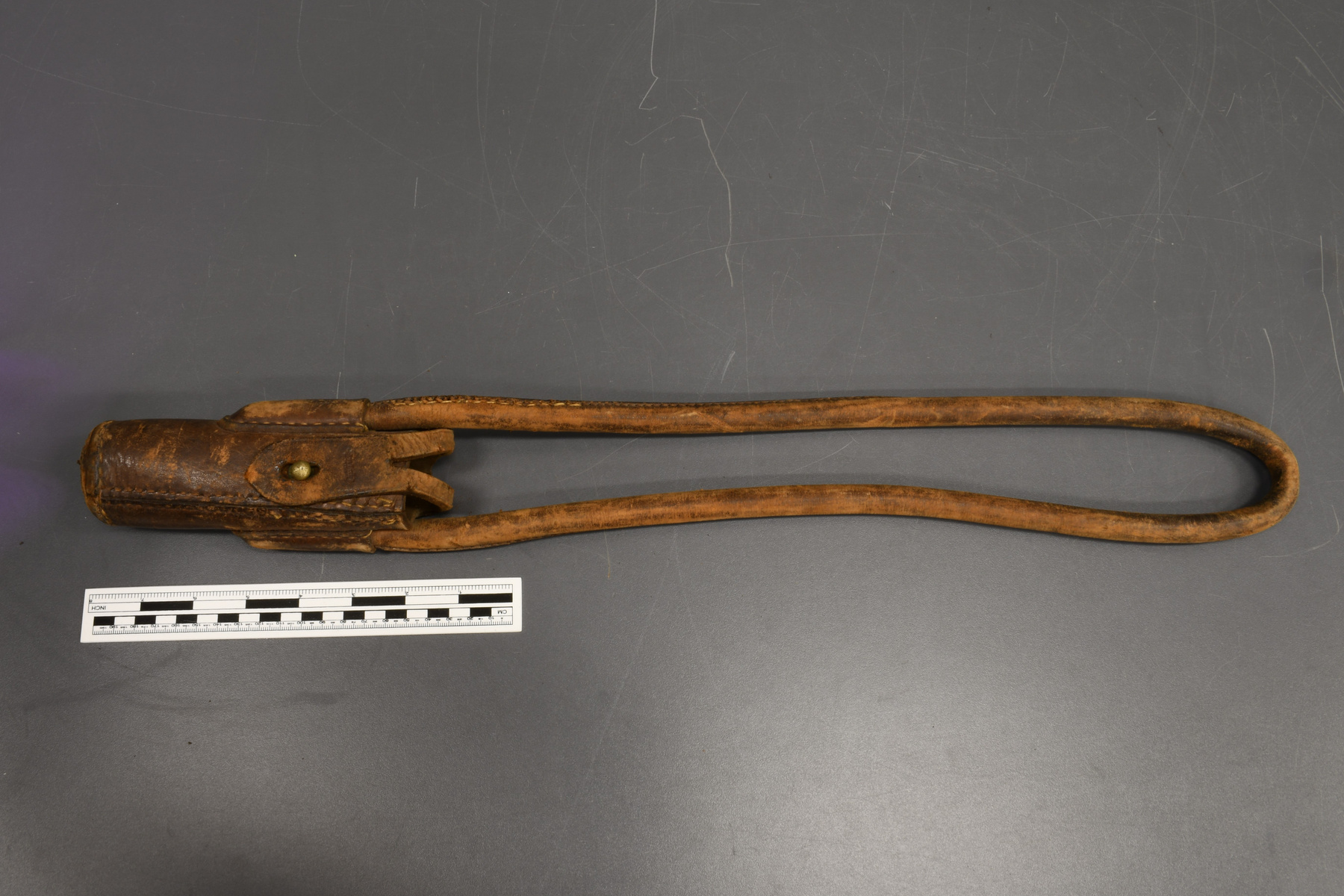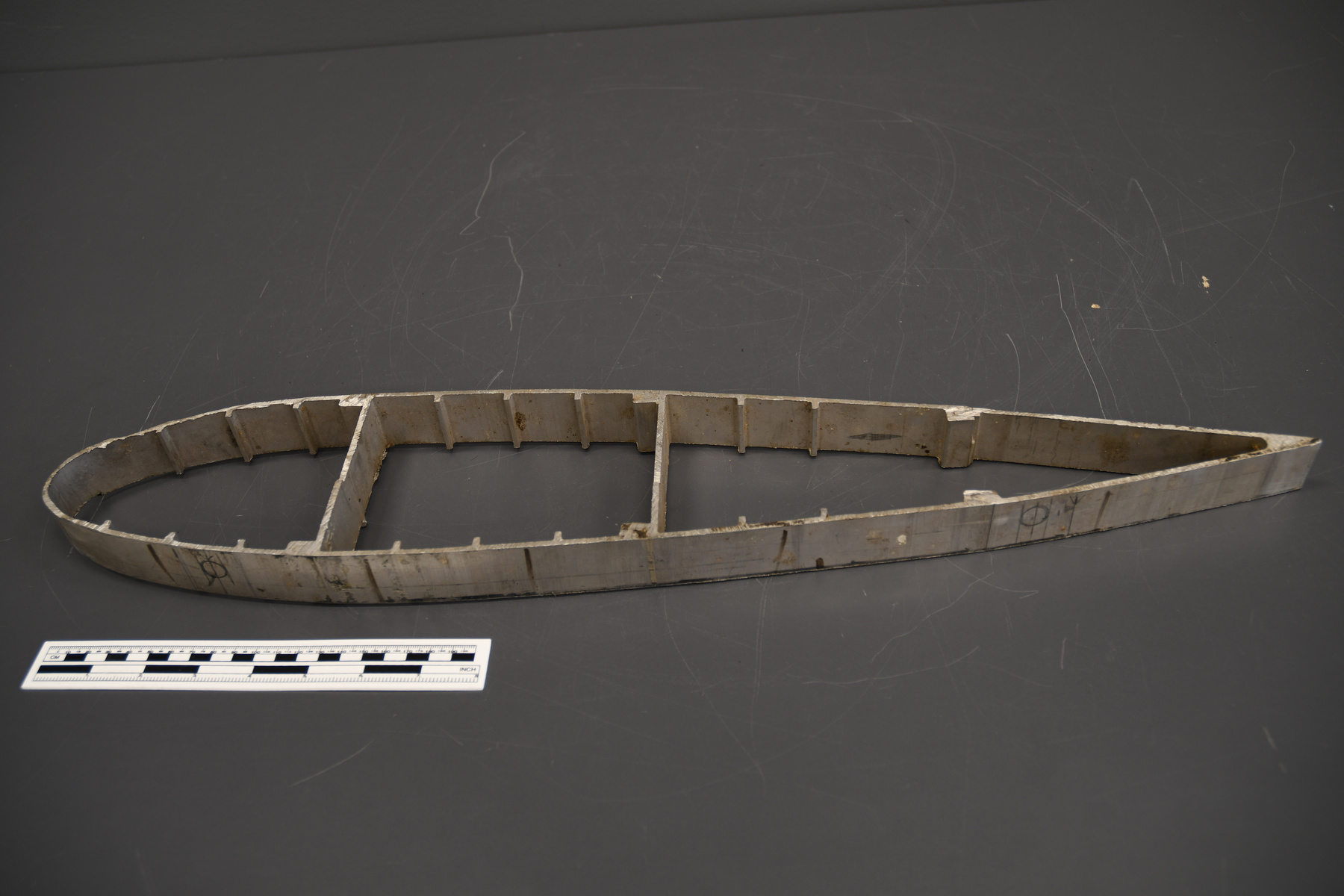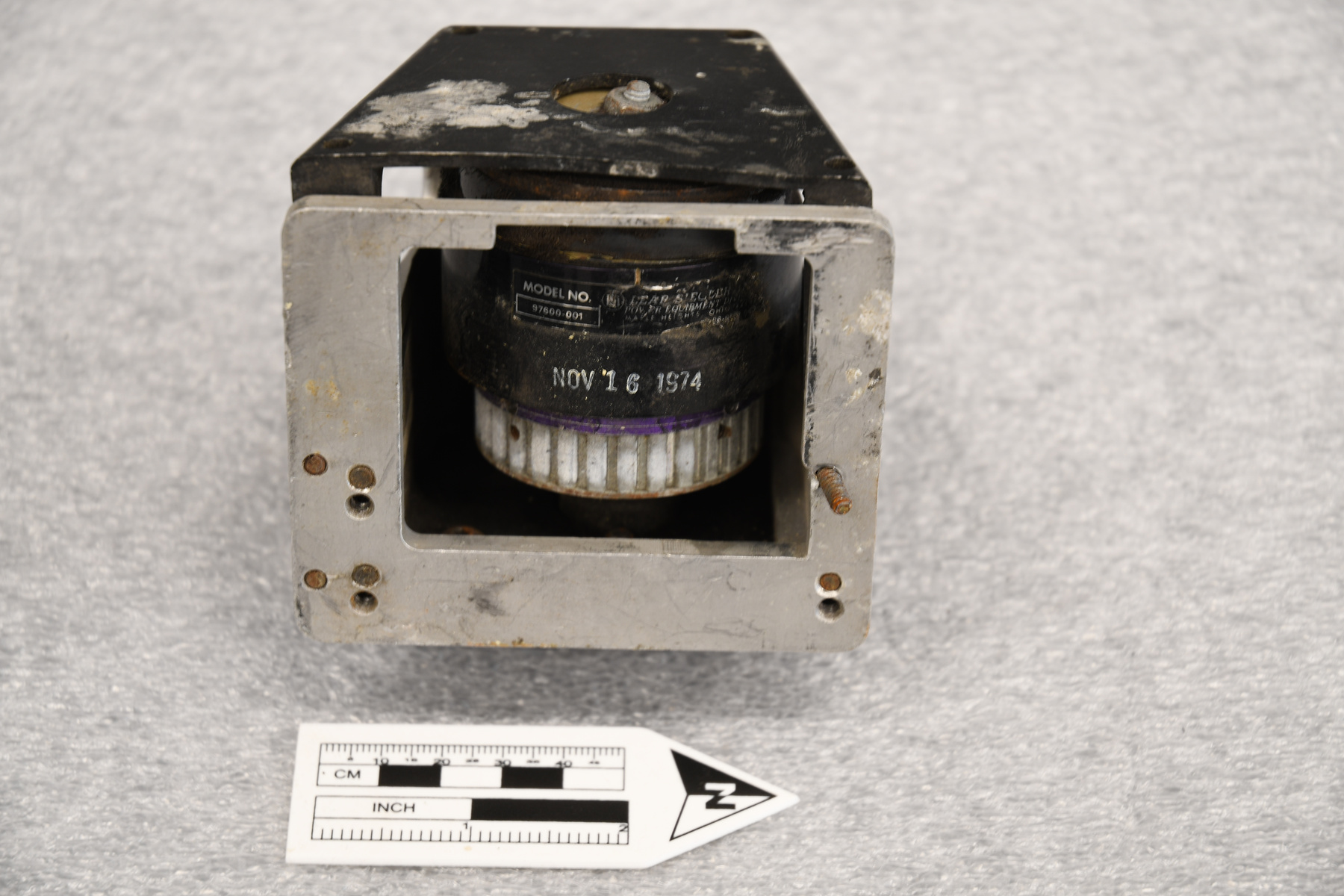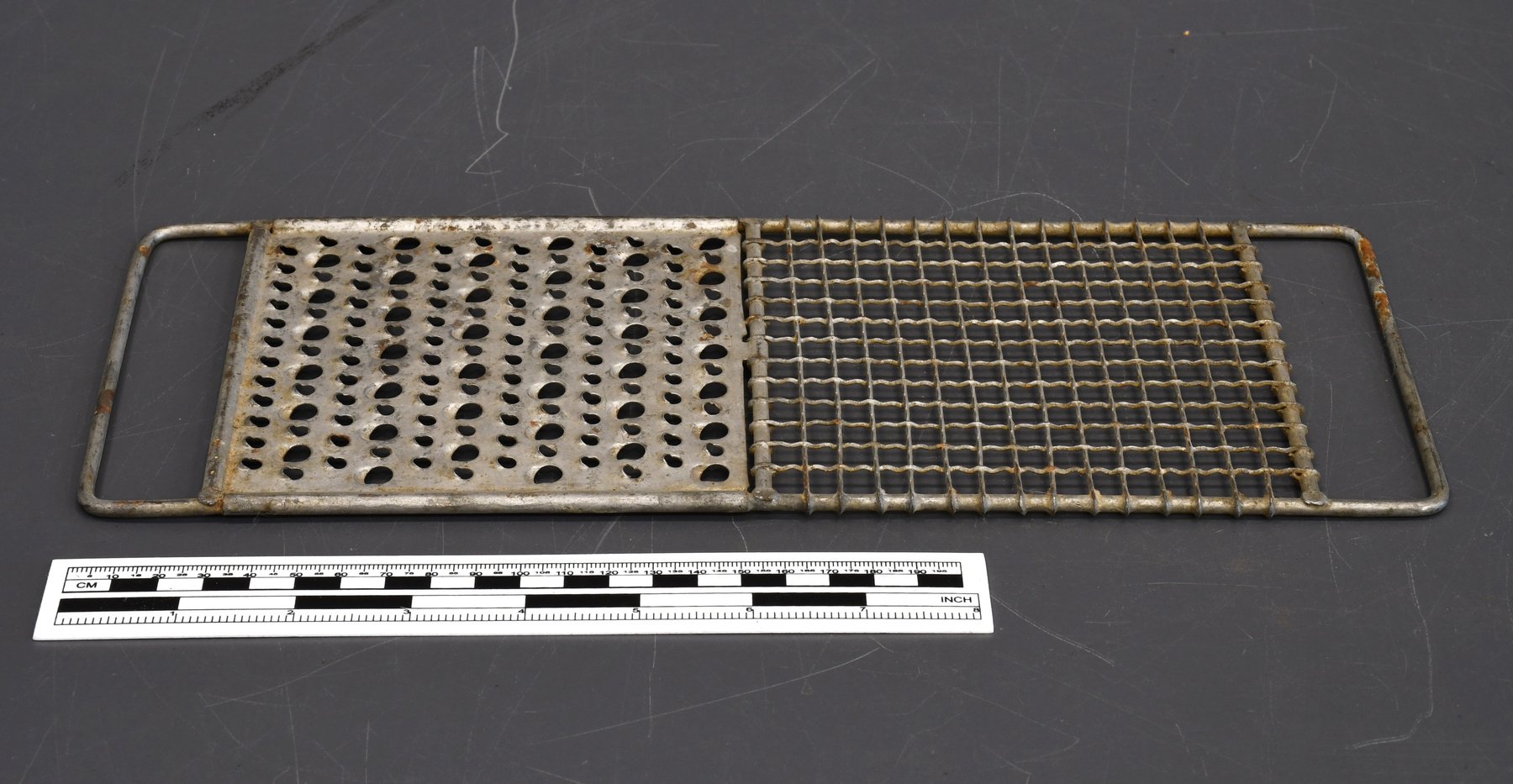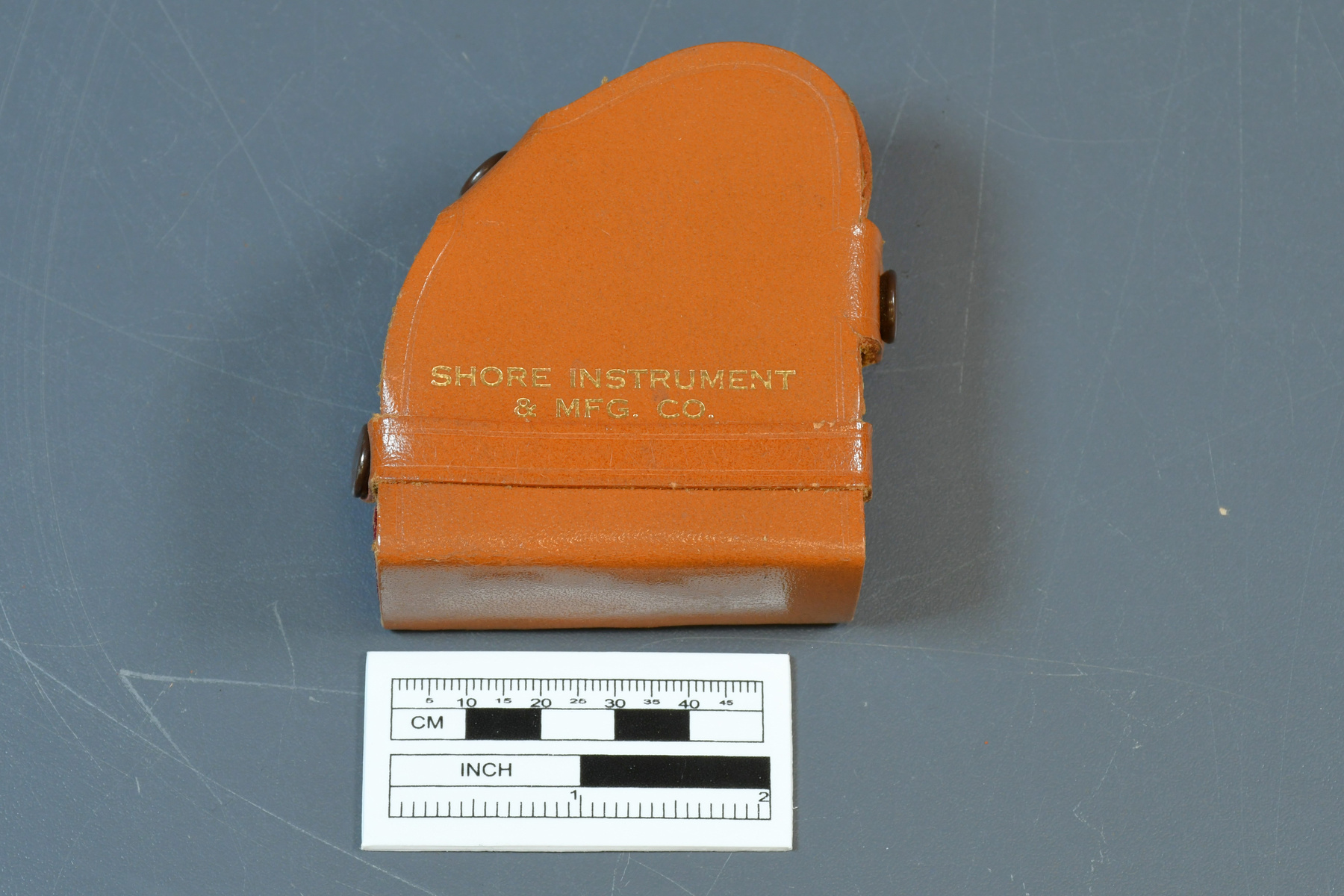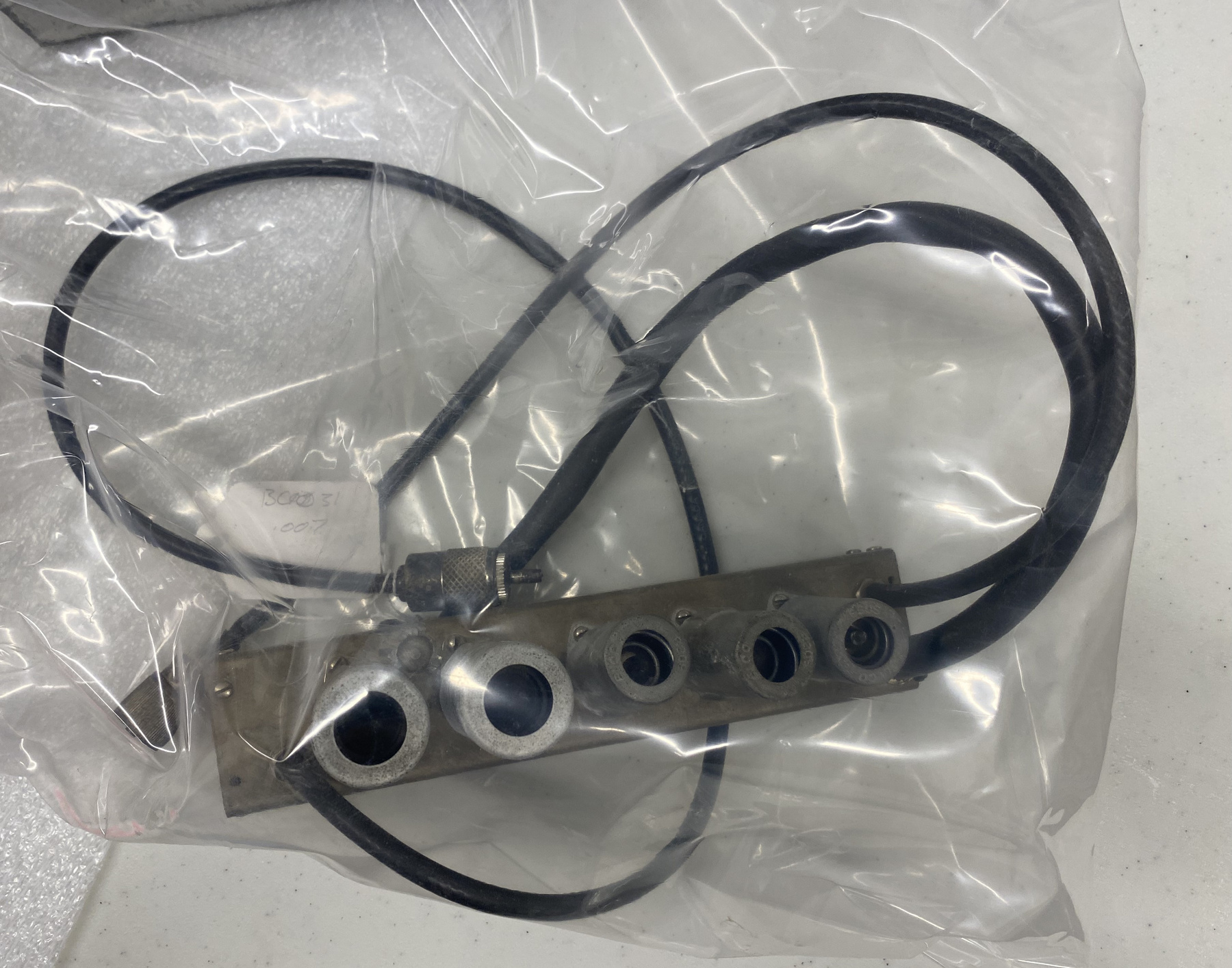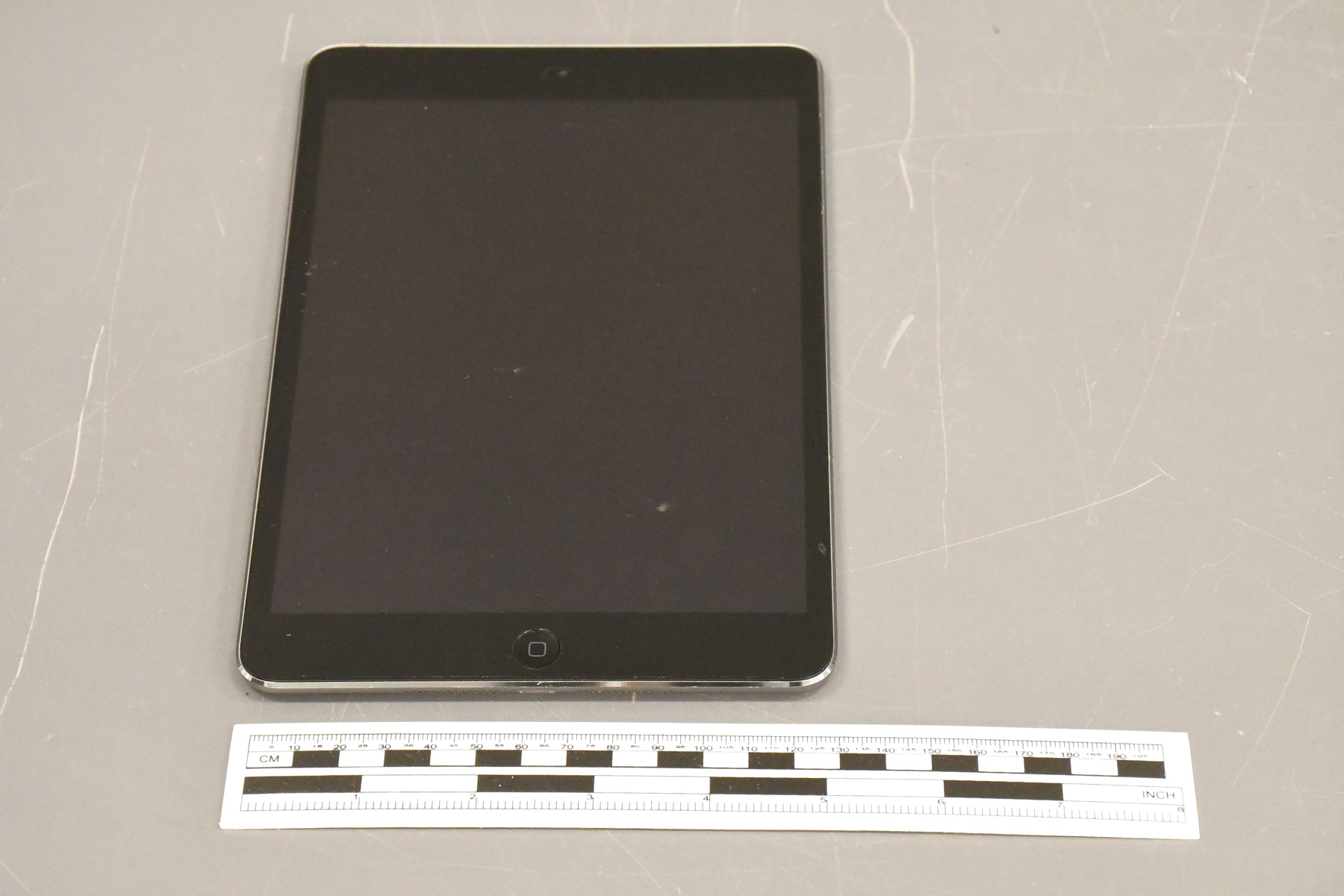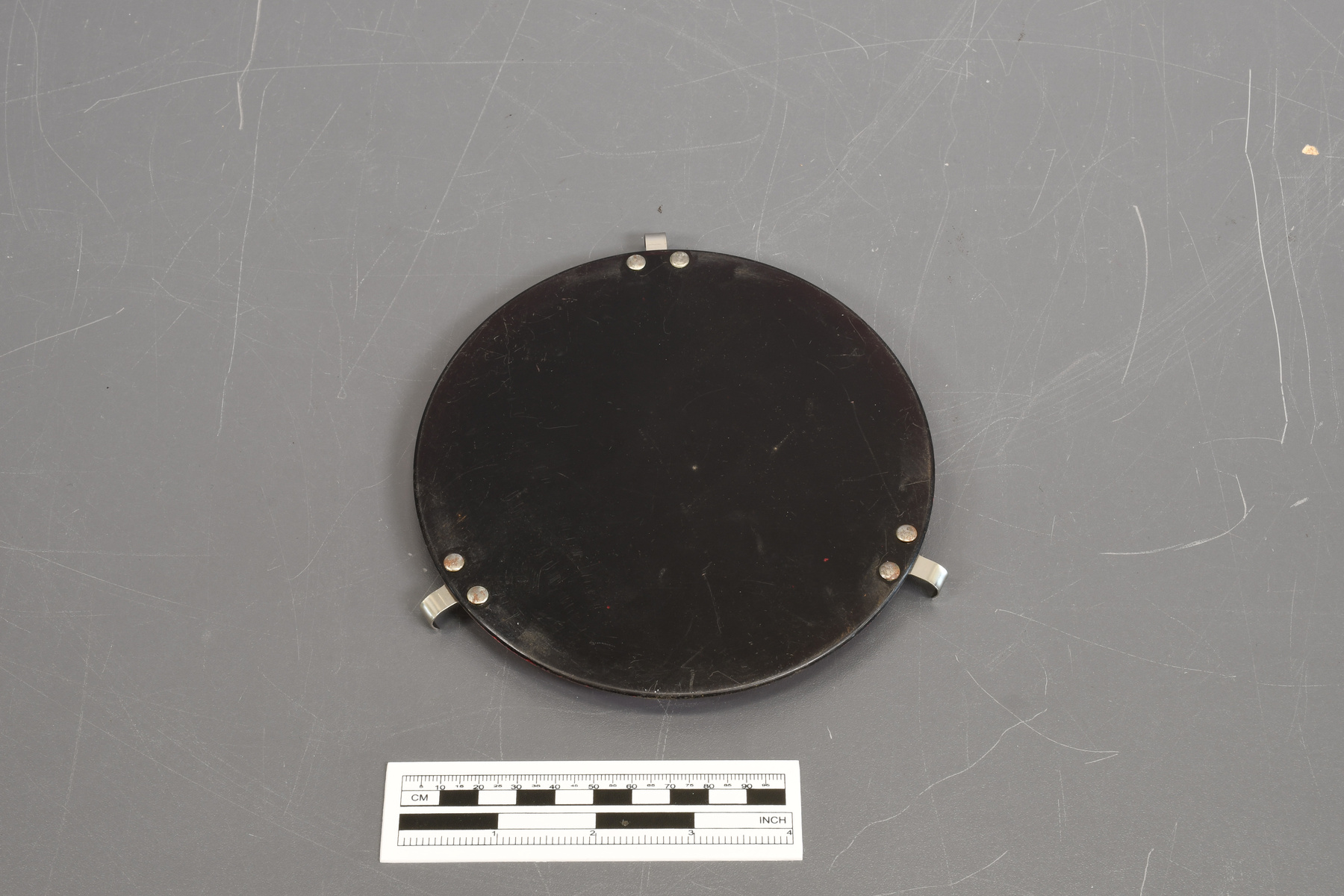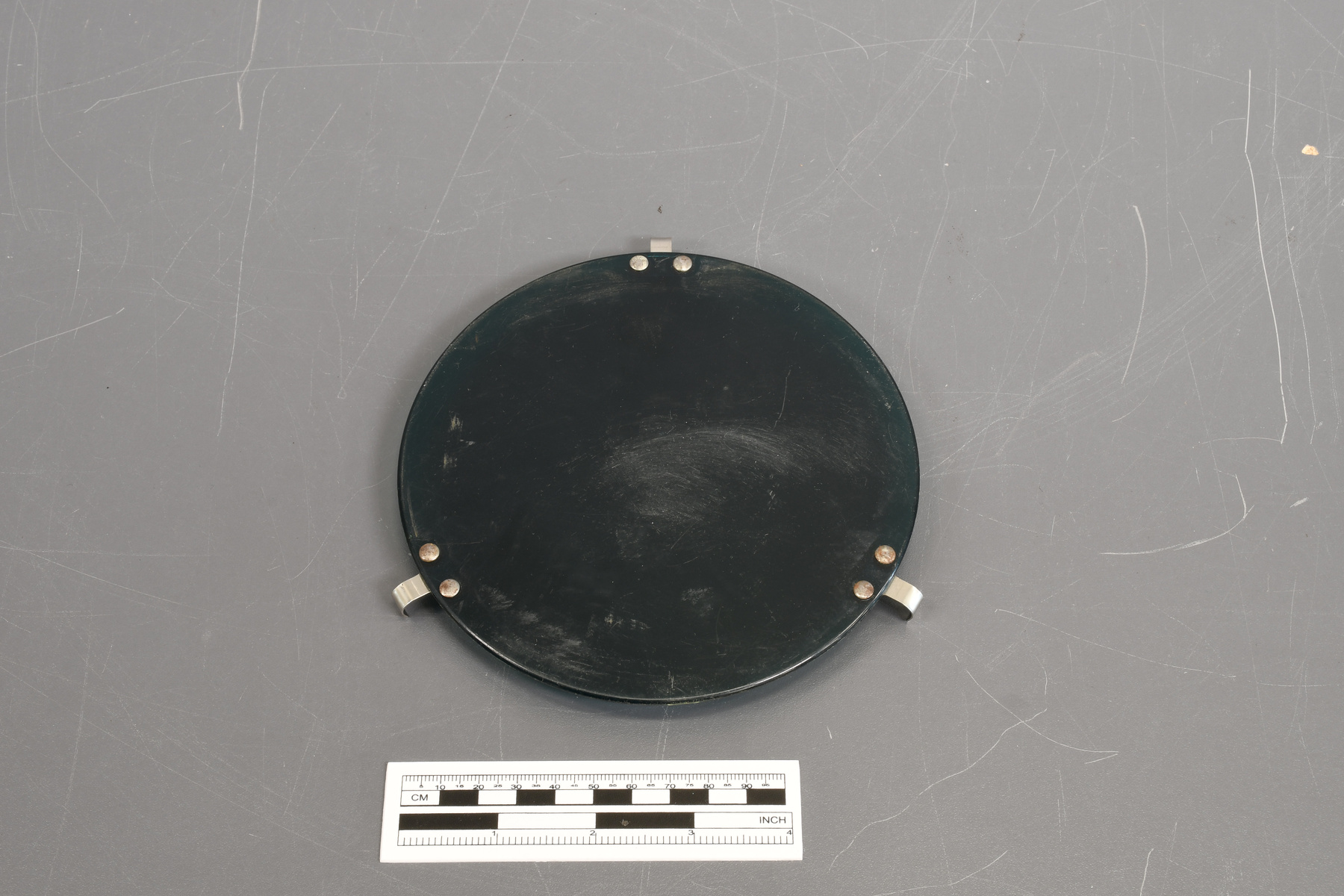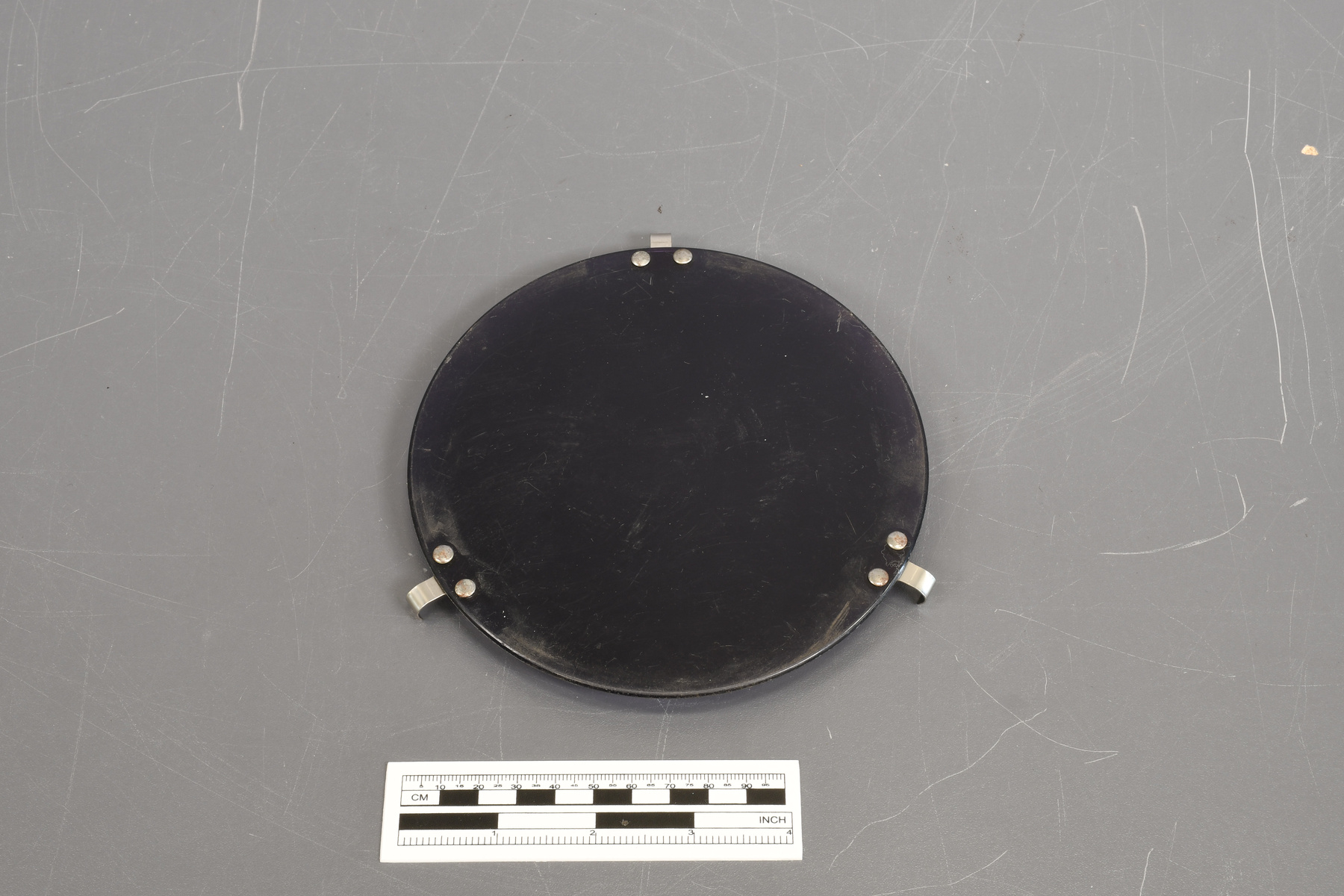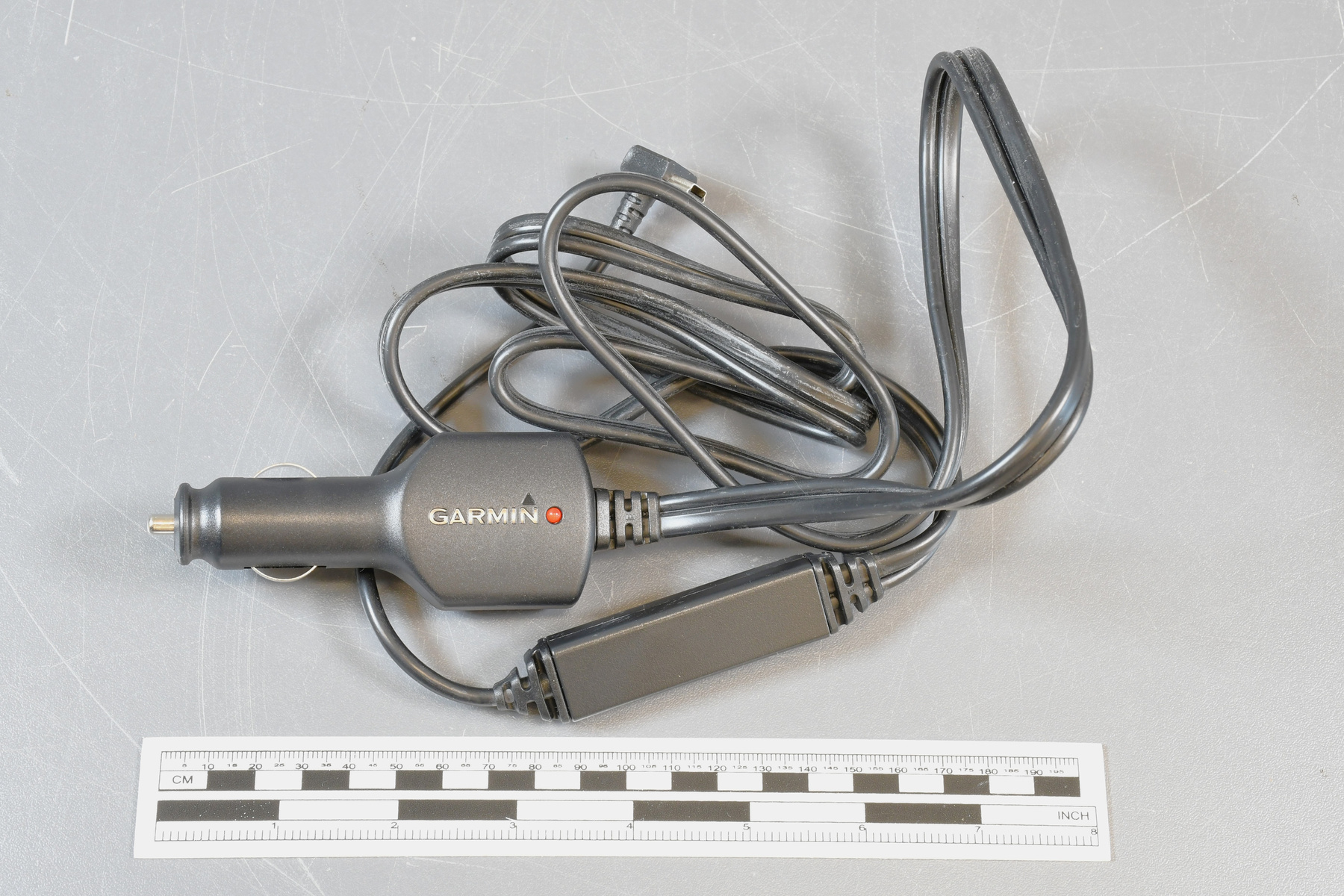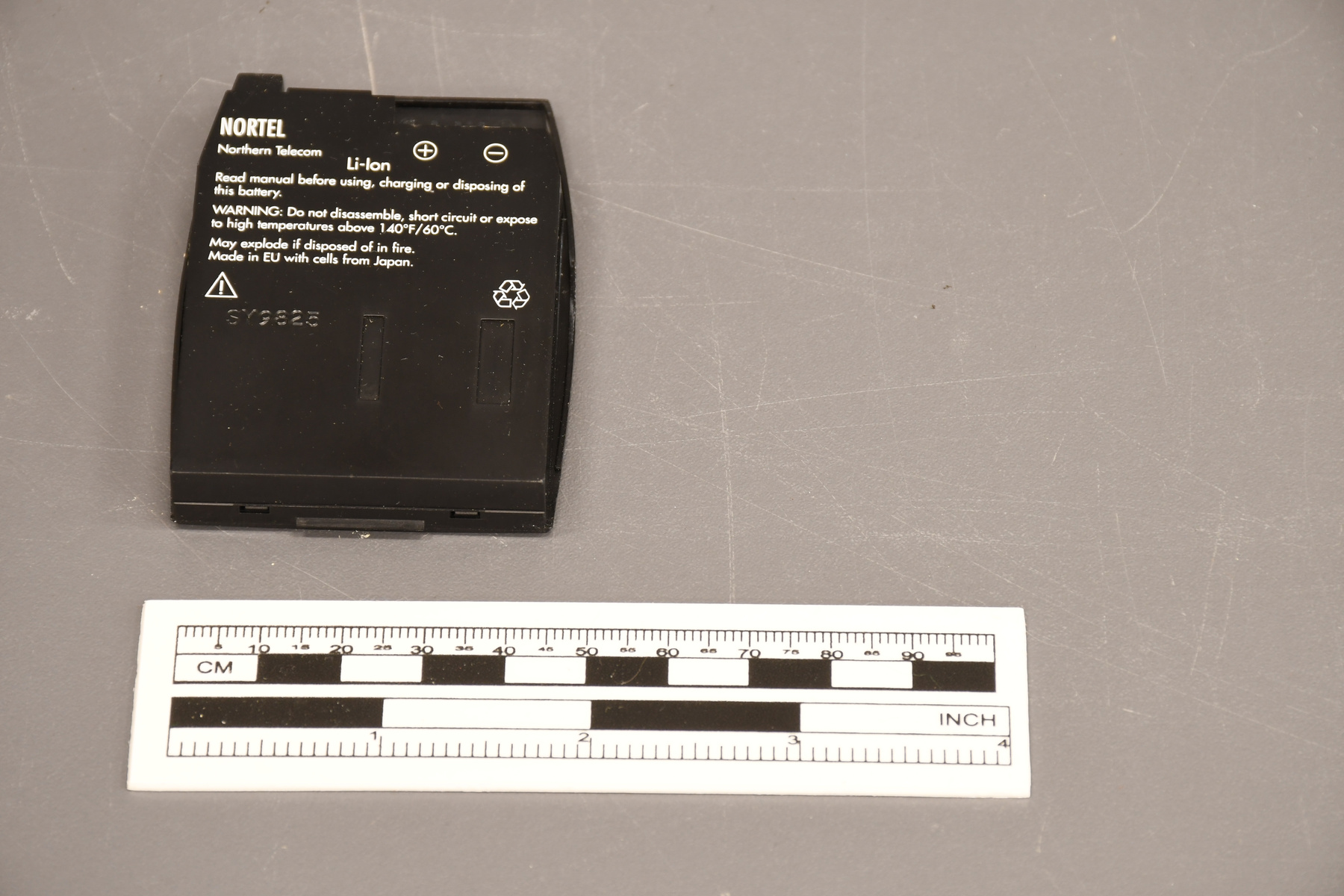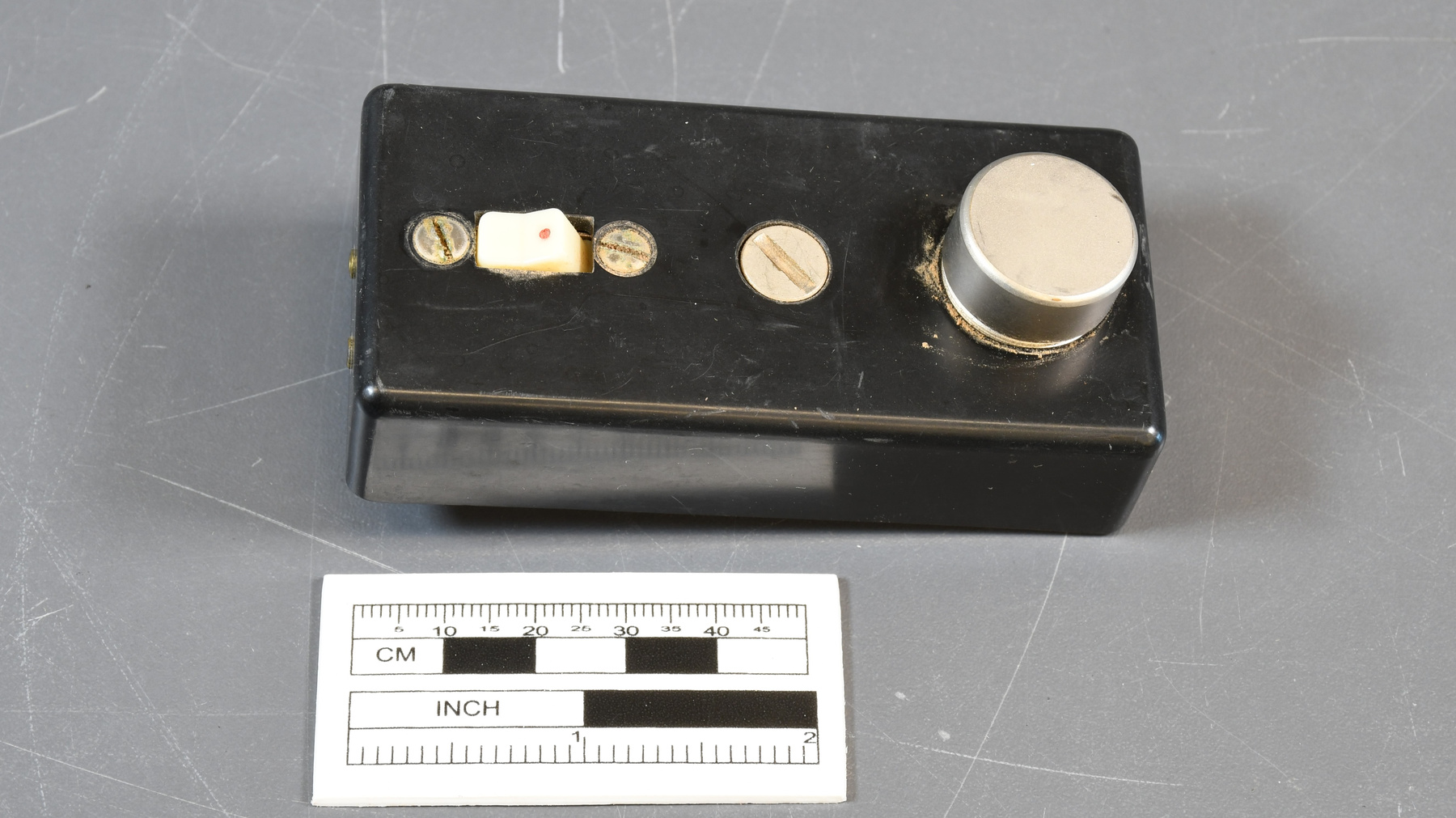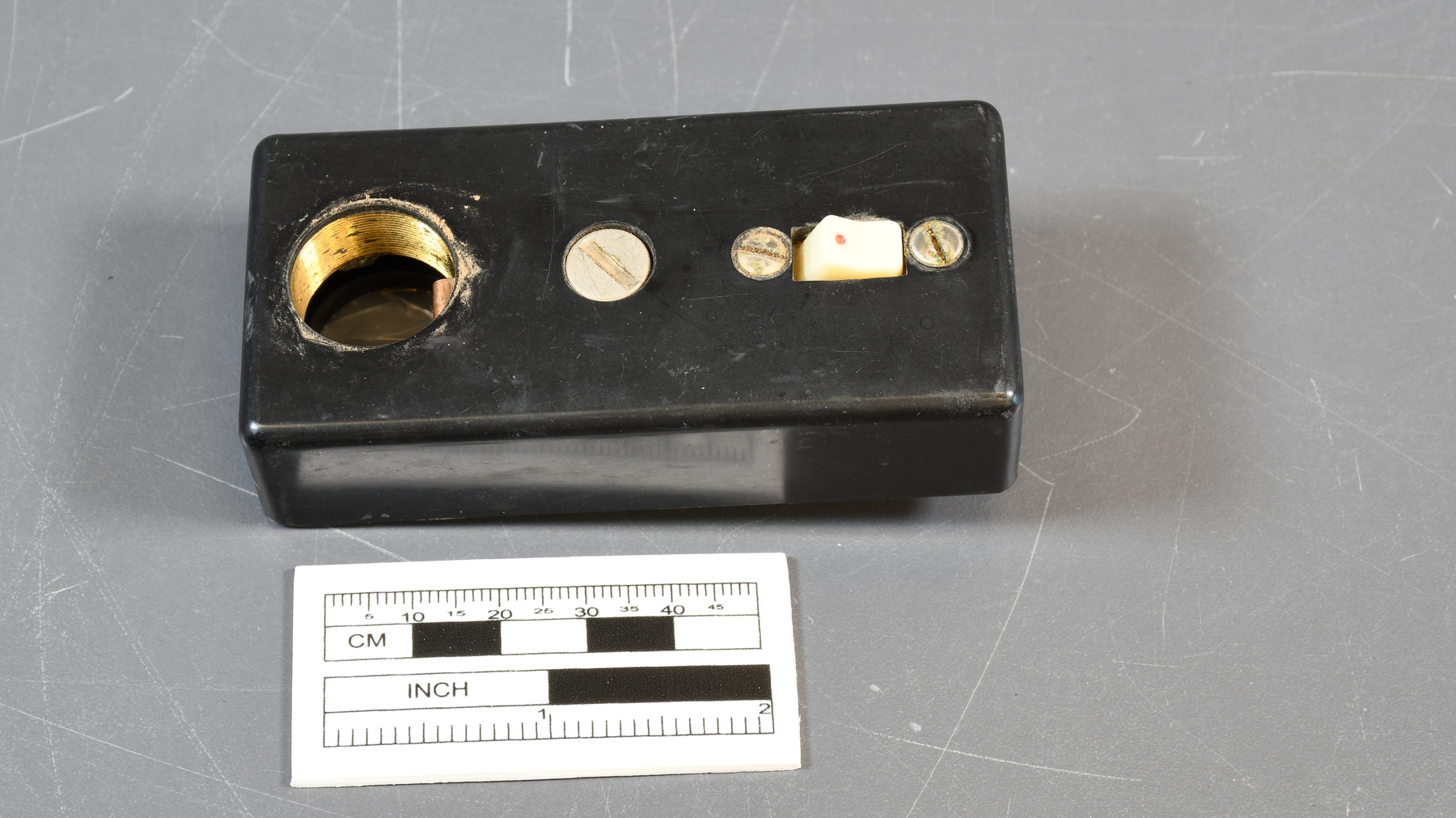Pièce de géodimètre
Utiliser cette image
Puis-je réutiliser cette image sans autorisation? Oui
Les images sur le portail de la collection d’Ingenium ont la licence Creative Commons suivante :
Copyright Ingenium / CC BY-NC-ND (Attribution-NonCommercial 4.0 International (CC BY-NC 4.0)
ATTRIBUER CETTE IMAGE
Ingenium,
2010.1447.004
Permalien:
Ingenium diffuse cette image sous le cadre de licence Creative Commons et encourage son téléchargement et sa réutilisation à des fins non commerciales. Veuillez mentionner Ingenium et citer le numéro de l’artefact.
TÉLÉCHARGER L’IMAGEACHETER CETTE IMAGE
Cette image peut être utilisée gratuitement pour des fins non commerciales.
Pour un usage commercial, veuillez consulter nos frais de reproduction et communiquer avec nous pour acheter l’image.
- TYPE D’OBJET
- S/O
- DATE
- 1969
- NUMÉRO DE L’ARTEFACT
- 2010.1447.004
- FABRICANT
- Inconnu
- MODÈLE
- Inconnu
- EMPLACEMENT
- Inconnu
Plus d’information
Renseignements généraux
- Nº de série
- S/O
- Nº de partie
- 4
- Nombre total de parties
- 13
- Ou
- S/O
- Brevets
- S/O
- Description générale
- An object comprised of metal and synthetic material/Un objet fait avec des éléments en métal et synthétique.
Dimensions
Remarque : Cette information reflète la taille générale pour l’entreposage et ne représente pas nécessairement les véritables dimensions de l’objet.
- Longueur
- 8,5 cm
- Largeur
- 4,0 cm
- Hauteur
- 2,5 cm
- Épaisseur
- S/O
- Poids
- S/O
- Diamètre
- S/O
- Volume
- S/O
Lexique
- Groupe
- Exploration et levé
- Catégorie
- Mesure-distance
- Sous-catégorie
- S/O
Fabricant
- Ou
- Inconnu
- Pays
- Inconnu
- État/province
- Inconnu
- Ville
- Inconnu
Contexte
- Pays
- Canada
- État/province
- Colombie-Britannique
- Période
- 1969-1978
- Canada
-
This geodimeter was acquired from a Canadian branch of the manufacturer known as AGAtronics. Surveying Canada’s extensive and rugged territory has demanded sophisticated science and played a crucial role in the assessment and exploitation of our natural resources. The donor and his family immigrated to Canada in 1952 and moved to British Columbia in 1964. He was commissioned a British Columbia Land Surveyor in 1969 and the artifact was used extensively by him in the province’s Cariboo area until 1978 when he acquired a newer model to replace it. Ce géodimètre était acquis d'une branche du manufacturier canadien soue le nom AGAtronics. L'arpentage du Canada demande l'utilisation d'une science précise pour l'exploitation de nos ressources naturelles. Le donateur et sa famille ont immigré au Canada en 1952 et ont déménagé en Colombie-Britannique en 1964. Il est devenu un arpenteur-géomètre breveté de la province en 1969. L'artefact était utilisé dans la région Cariboo jusqu'à 1978 quand le donateur la remplacer par un modèle plus récent. - Fonction
-
This artifact was possibly attached to the side of the condenser of a geodimeter. The bulb it housed was used to help create accurate measurements during land surveying for estimation of natural resources. L'artefact était possiblement attaché à un condensateur sur un géodimètre. L'ampoule à l'intérieur de l'objet était utilisée avec un géodimètre pour l'aider à mesurer avec exactitude pendant l'arpentage pour les estimations des ressources naturelles. - Technique
-
Model 6B likely came out around 1969 and was the first one with an orange finish rather than the earlier gray. This artifact represents a shift away from earlier instruments characterized by their mass and heft towards later ones that were so light they inspired the concept of the “total station”: a group of instruments mounted on a single tripod capable of making all of the usual surveying measurements. It was part of the first wave of lighter instruments using transistors. It also made use of of tungsten/mercury vapour lamps but they too would soon be superseded by the introduction of the laser, and then both microwave and infrared technology. Le Modèle 6B a probablement été conçus autour de l'année 1969 et il était le premier à avoir une finition orange au lieu du gris typique. L'artefact représente un changement ou un éloignement des instruments plus vieux qui était caractérisé par leur masse et grandeur. Le Modèle 6B étais non seulement plus léger, mais aussi une station complète sur un trépied capable de faire tout le mesurage nécessaire pour l'arpentage. L'objet faisait partie de la première vague à utiliser des transistors et des lampes à vapeur de tungstène/mercure, mais ils ont été remplacés par le laser et après par des micro-ondes et la technologie de l'infrarouge. - Notes sur la région
-
Inconnu
Détails
- Marques
- The object has no markings/L'objet n'a pas de marque.
- Manque
- Appears complete/L'objet a toutes ces pièces.
- Fini
- An object that is rectangular in shape and has a body made of black synthetic material. Its font has a threaded hole made with a gold coloured metal. The artifact also has a white synthetic switch and three silver metal screws. The back of the artifact has a transparent synthetic lens as well as silver metal track that is fastened to the artifact with two metal screws. The top of the artifact has two holes made of a bronze coloured metal. Un objet rectangulaire qui est fait avec un matériel synthétique. Le devant de l'objet a un trou fileté avec un métal de couleur or. L'artefact a aussi un commuter fait avec un matériel synthétique de couleur blanche ainsi que trois vis en métal de couleur argent. Le dos de l'objet a une lentille synthétique transparente et un rail en métal fixé à l'artefact avec l'aide de deux vis en métal. Le dessus de l'objet a aussi deux trous en métal de couleur laiton.
- Décoration
- S/O
FAIRE RÉFÉRENCE À CET OBJET
Si vous souhaitez publier de l’information sur cet objet de collection, veuillez indiquer ce qui suit :
Fabricant inconnu, Pièce de géodimètre, vers 1969, Numéro de l'artefact 2010.1447, Ingenium - Musées des sciences et de l'innovation du Canada, http://collections.ingeniumcanada.org/fr/item/2010.1447.004/
RÉTROACTION
Envoyer une question ou un commentaire sur cet artefact.
Plus comme ceci
